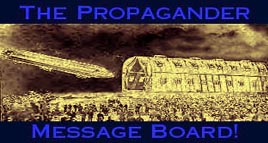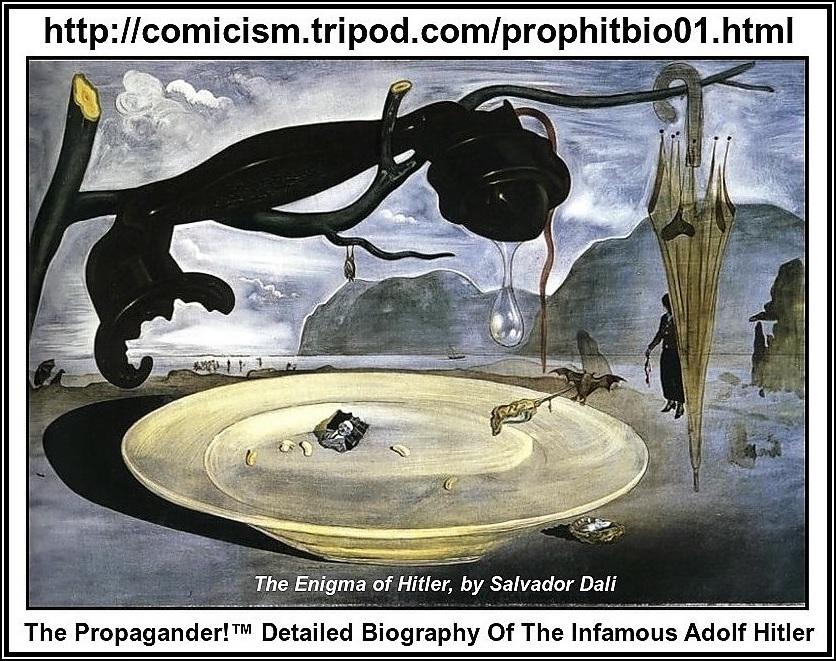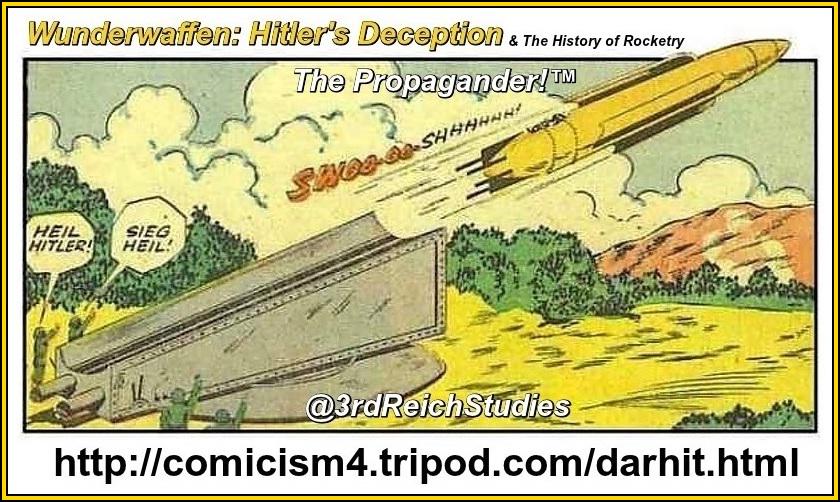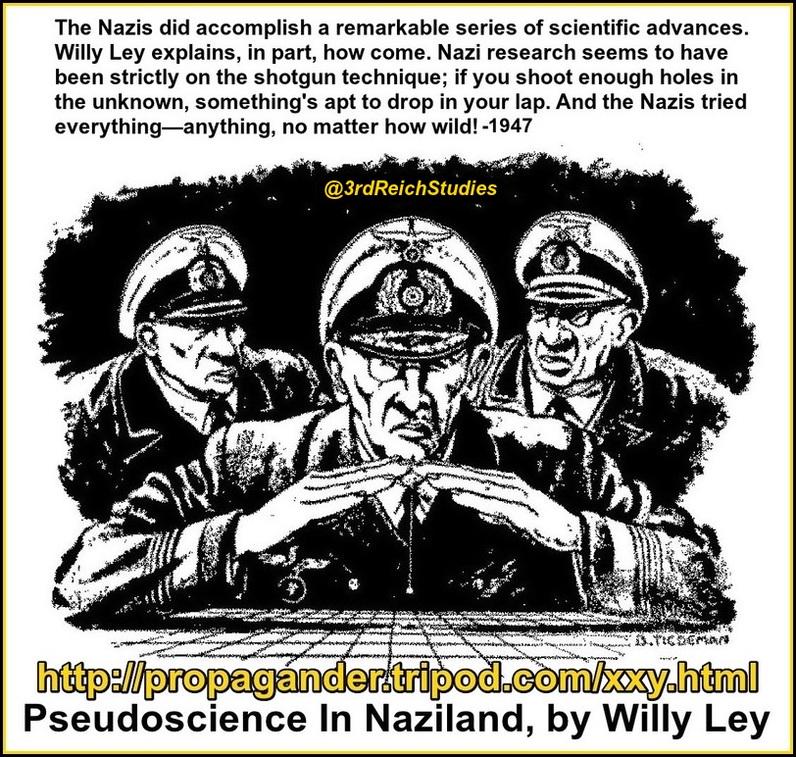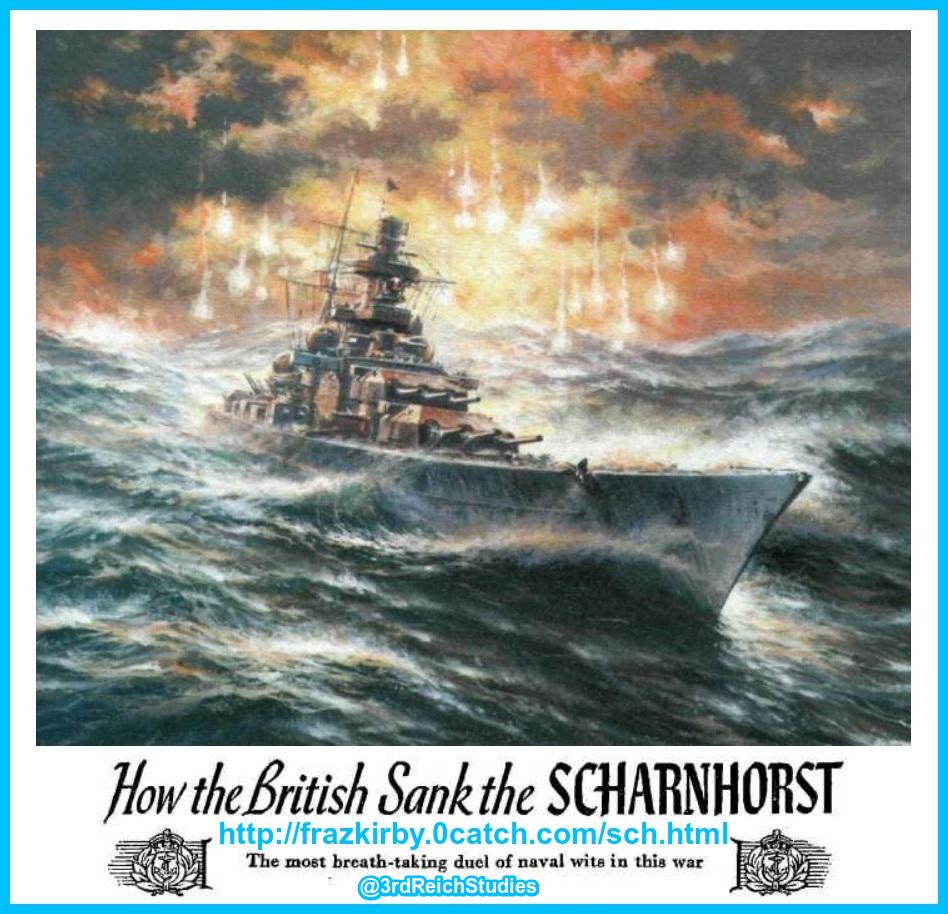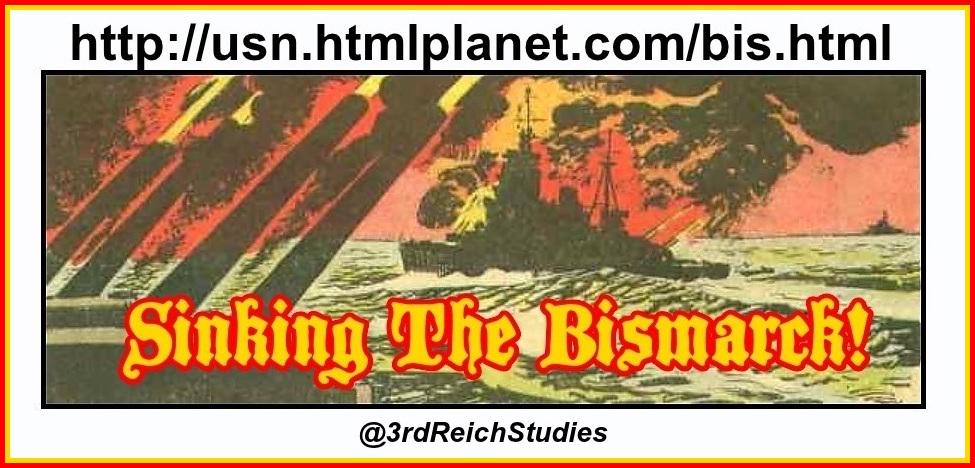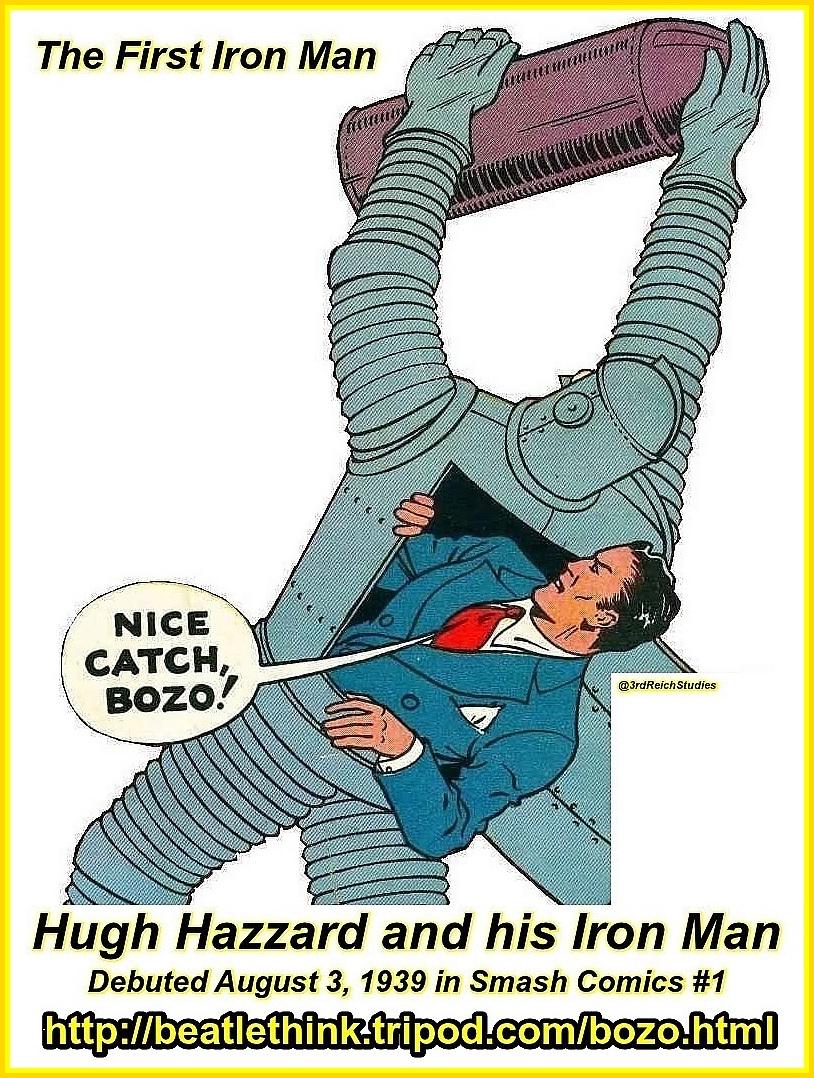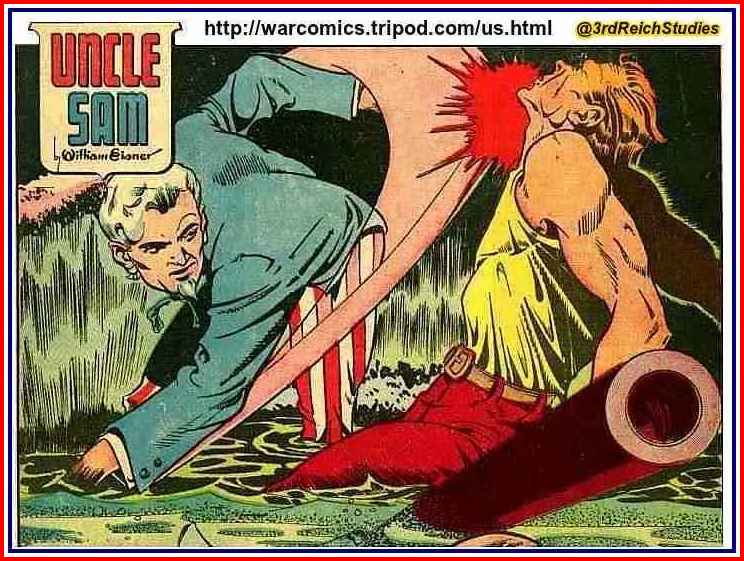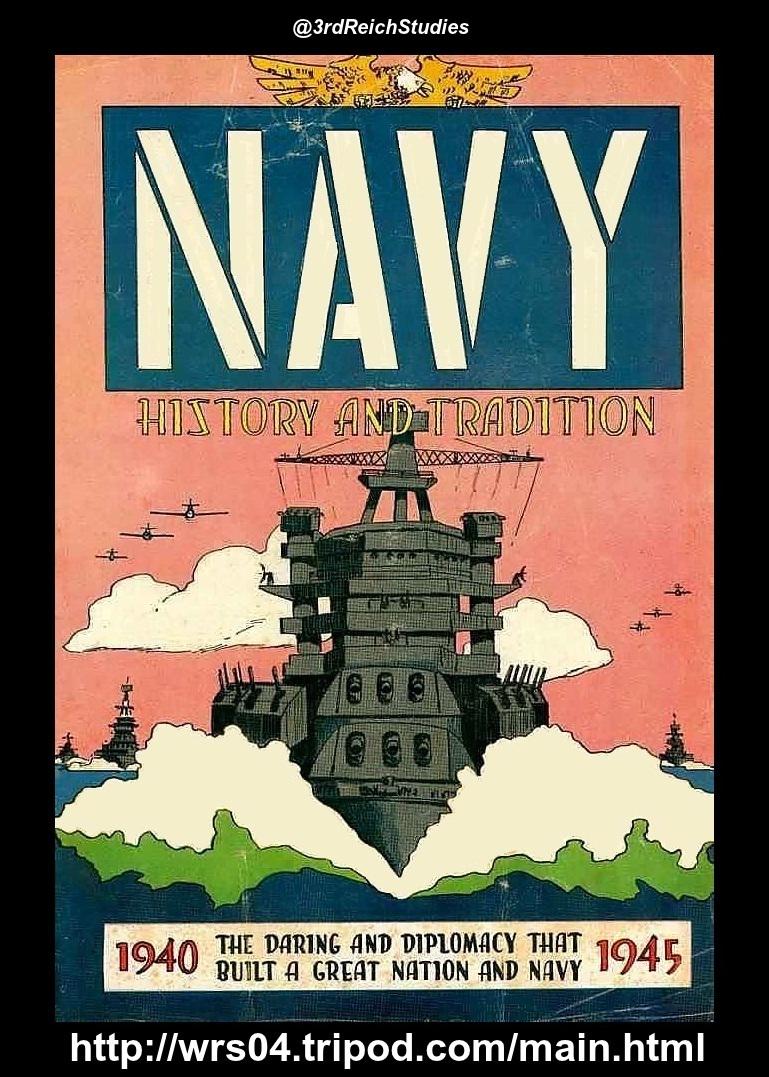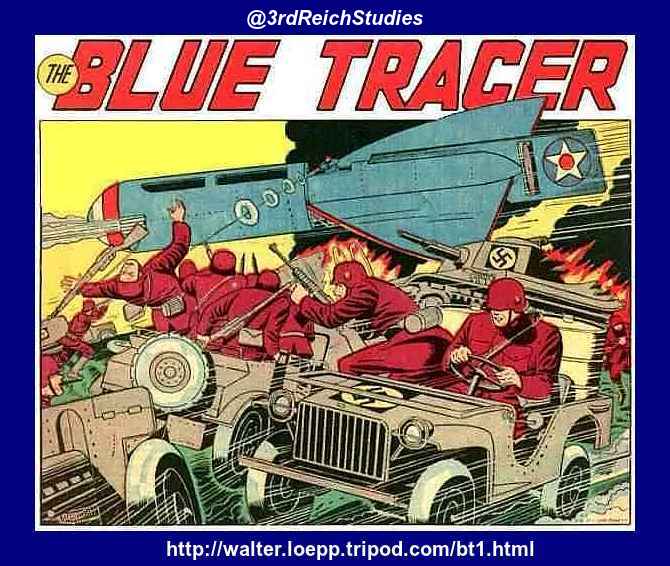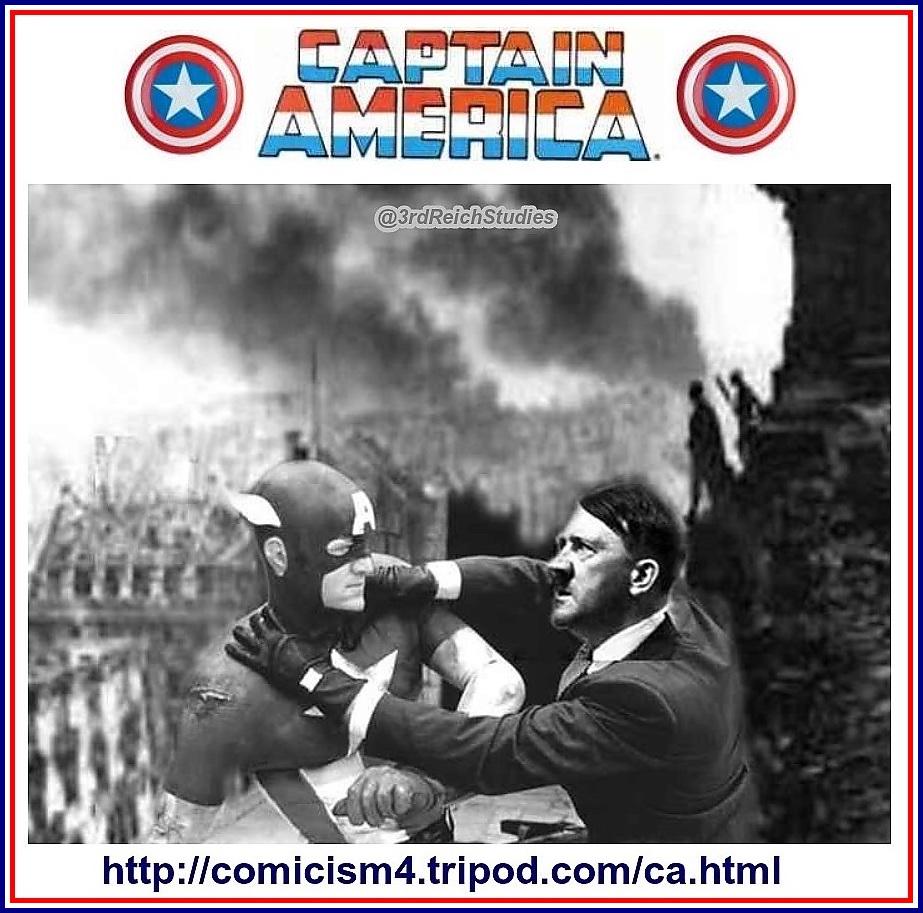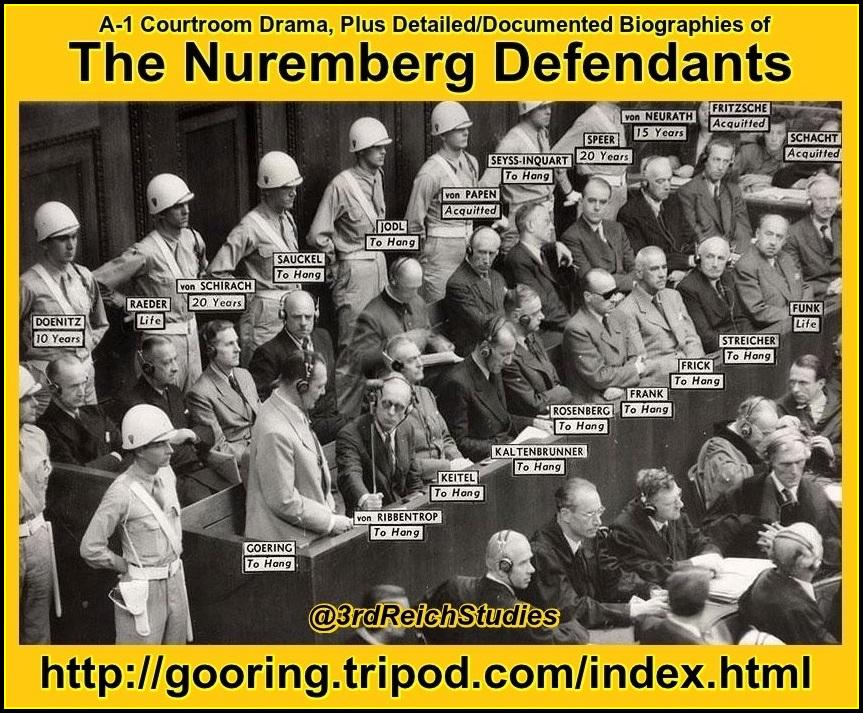May 6–17, 1791: American Naval Captains John Kendrick and William Douglas become the first American officials to visit Japan (Kii Oshima Island). Japanese xenophobes immediately express their extreme displeasure, making the visit a very abbreviated affair. Kendrick will report that he had claimed the island for the newly-formed United States and had planted an American flag on his claim, which perhaps helps explain his lack of welcome from the Japanese. Note: The only surviving account of this incident is the American one; the Japanese seem to have paid the Americans so little mind that no record was made of the visit in Japan. (Cullen)
March 27, 1794: The Act to Provide a Naval Armament, also known as the
Naval Act, is passed by the United States Congress. The Act provides for the construction of four ships to carry forty-four guns each, and two ships to carry thirty-six guns each.
May 10, 1796: The USS
United States, the first of the nation's new warships, is launched in Philadelphia.
From The History of the World, by J. M. Roberts: The American aspiration to non-involvement with the outside world was already clear in 1793, when the troubles of the French revolutionary war led to a Neutrality Proclamation rendering American citizens liable to prosecution in American courts if they took any part in the Anglo-French war. The bias of American policy already expressed in this received its classical formulation in 1796. In the course of Washington's Farewell Address to his "Friends and Fellow-Citizens" as his second term drew to a close, he chose to comment on the objectives and methods which a successful foreign policy should embody, in language to be deeply influential both on later American statesman and on the national psychology. In retrospect, what is now especially striking about Washington's thoughts is their predominantly negative and passive tone...Washington warned his countrymen against assumptions of permanent or special hostility or friendship with any other nation. In all this there was no hint of America's future destiny as a world power (Washington did not even consider other than European relations; America's future Pacific and Asian role was inconceivable in 1796).
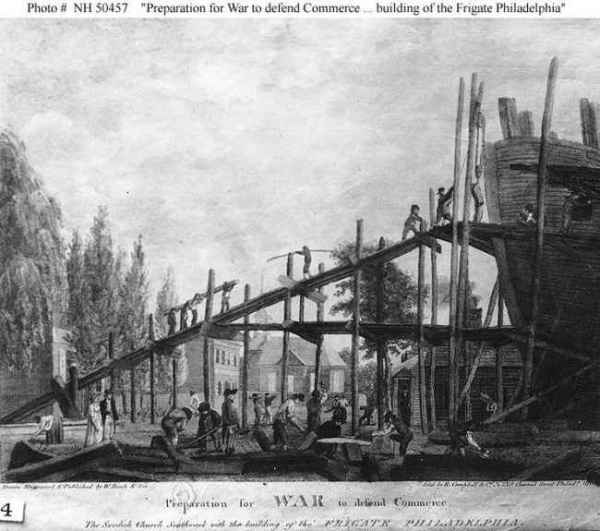
George Washington's Farewell Address:
Excessive partiality for one foreign nation and excessive dislike of another cause those whom they actuate to see danger only on one side, and serve to veil and even second the arts of influence on the other. Real patriots who may resist the intrigues of the favorite are liable to become suspected and odious, while its tools and dupes usurp the applause and confidence of the people, to surrender their interests. The great rule of conduct for us in regard to foreign nations is in extending our commercial relations, to have with them as little political connection as possible. So far as we have already formed engagements, let them be fulfilled with perfect good faith. Here
let us stop... The USS
Constellation, the second of the nation's new warships, is launched.
October 21, 1797: The USS
Constitution, the third of the nation's new warships, is launched.
February 9, 1799: The USS
Constellation, under the command of Captain Thomas Truxtun, captures the fastest ship in the French Navy, the 36-gun frigate
L'Insurgente.
April 10, 1800: The 44-gun sailing frigate USS
President, built by Christian Bergh in New York, is launched.
August 1, 1801 First Barbary War
: America's first confrontation with state-sponsored terrorism (piracy) begins as an American schooner, the USS
Enterprise, defeats the 14-gun corsair
Tripoli in the Mediterranean Sea. (Lambert)
January 31, 1804: Commodore Preble, lying with his squadron in the harbor of Syracuse, orders Lieutenant Charles Stewart, commanding the 16-gun brig
Syren, and Lieutenant Stephen Decatur, jr., commanding the 4-gun ketch
Intrepid, to proceed to Tripoli and destroy the captured 44-gun frigate
Philadelphia.
February 16, 1804 First Barbary War
: US Navy Lieutenant Stephen Decatur Jr. becomes the first American military hero since the Revolutionary War when he leads a force of US Marines in the capture of Tripoli and the destruction of a portion of the Tripolitan fleet. Note: This action will be memorialized in the Marines' Hymn: "On the shores of Tripoli." (Lambert)
August 3, 1804: US naval forces attack the heavily defended harbor of Tripoli. Extract from journal kept on board the US Frigate USS
Constitution by Captain Edward Preble:
Standing off shore on the Starbo[a]rd Tack the signal out to come within hail spoke the different Vessels and acquainted their Commanders that it was my Intention to attack the shipping & Batteries,—directed the Gun Boats & Bombs to be prepared for immediate service... ...the Action commenced on our side by throwing a shell into the Town, and in an Instant the whole
Squadron were engaged... US naval forces attack the heavily defended harbor of Tripoli. Extract from journal kept on board the US Frigate USS
Constitution by Captain Edward Preble:
...Made the signal for the Gun Boats and Bombs to attack the Batteries & Town from the West, when they immediately opened a tremendous fire within half cannon shot of the Town & less than that distance of a Battery of 7 heavy 24 pounders this Battery in less than two hours was silenc'd excepting one Gun I presume the others were dismounted as the Walls were almost totally destroyed, the Bombs were well and effectually employed by Lt. Comdt. Dent & Lt. Robinson of the Constitution, Lt. Robinson from a dangerous position he took, threw 28 shells into the Town, but the well directed fire of heavy artillery from the Enemy obliged him to shift his station not however until the cloths of every [sic] man in the Boat was wet through with the spray of sea which the Enemies shot
threw them over... First Barbary War
: Tripoli’s Yussif Karamanli signs a treaty with the US ending the conflict. (Lambert)
1810: After uniting the various islands of Hawaii, Kamehameha I (AKA: Kamehameha the Great) becomes the first reigning king. He will unify the legal system, promote trade with Europe and the United States, and create a system in which non-Hawaiians are banned from owning land. (Russ, Kuykendall, Tabrah)
June 18, 1812: The War of 1812 begins as the United States
declares war on Great Britain and Ireland. Note: The Frigate USS
Constitution gets underway from Alexandria, Virginia, to Annapolis, Maryland.
June 21, 1812: The US warships
President,
United States,
Congress,
Hornet, and
Argus on a cruise in the North Atlantic, engage in an unsuccessful running 8 hour fight with the frigate HMS
Belvidera.
July 6, 1812: An
Act to Prohibit American Vessels from Proceeding to or Trading with the Enemies of the United States, and for Other Purposes is enacted.
July 15–18, 1812: The USS
Constitution, en route to Annapolis, runs into a squadron of British ships led by HMS
Guerriere. In a three day chase, the
Constitution's Captain, Isaac Hull, will successfully outrun and outmaneuver the British squadron.
July 21, 1812: Captain Isaac Hull of the Frigate USS
Constitution to Secretary of the Navy Paul Hamilton:
Soon after 9 a Second Frigate passed under our lee, and opened her Broadside, but finding her shot fall short, discontinued her fire, but continued as did all the rest of them, to make every possible exertion to get up with us. From 9 to 12 all hands were employed in warping the Ship ahead, and in starting some of the water in the main Hold, to lighten her, which with the help of a light air, we rather gained of the Enemy, or at least
hold our own... USS
Constitution again encounters HMS
Guerriere, the same British frigate that had led the squadron that chased the
Constitution back to Boston in July. This time, however, the 38-gun
Guerriere is alone, and
Constitution prevails in a hard-fought battle.
August 28, 1812: Captain Isaac Hull to Secretary of the Navy Paul Hamilton:
...Actions like these speak for themselves which makes it unnecessary for me to say any thing to Establish the Bravery and Gallant conduct of those that were engaged in it, Yet I cannot but make you acquainted with the very great assistance I received from that valuable officer Lieutenant Morris in bringing the Ship into action, and in working her whilst alongside the Enemy, and I am extremely sorry to state that he is badly wounded, being shot through the Body. we have yet hopes of his recovery, when I am sure, he will receive the thanks, and gratitude of his Country, for this and the many Gallant acts he has done in its Service. Were I to name any particular Officer as having been more useful than the rest, I should do them great Injustice, they
all fought bravely... The USS
United States defeats the HMS
Macedonian.
December 29, 1812: The USS
Constitution's new captain, William Bainbridge, engages the HMS
Java in battle. The defeat of HMS
Java will cause a change in the tactics of the Royal Navy. British warships are hereafter prohibited from engaging American frigates like the
Constitution one on one. From the Journal of Commodore William Bainbridge:
...The
Java had her whole number complete and nearly an hundred supernumeraries. The number she had on board at the commencement of the Action, The officers have not candour to say; from the different papers we collected, such as a muster book, Watch List and quarter Bills, she must have had upwards of 400 souls, she had one more man stationed at each of her Guns on both Decks than what we had The Enemy had 83 wounded & 57 Kill'd. The
Java was an important ship fitted out in the compleatest manner to [carry out] the Lieut. Genl & dispatches. She had Copper &c. on board for a 74 building at Bombay, and, I suspect a great many other valuables, but every thing was blown up, except the officers baggage when we set
her on fire... An
Act to Encourage the Destruction of the Armed Vessels of War of the Enemy is approved:
Be it enacted by the Senate and House of Representatives of the United States of America in Congress assembled, That, during the present war with Great Britain, it shall be lawful for any person or persons to burn, sink, or destroy, any British armed vessel of war, except vessels coming as cartels or flags of truce; and for that purpose to use torpedoes, submarine instruments, or any other destructive machine whatever: and a bounty of one half the value of the armed vessel so burnt, sunk, or destroyed, and also one half the value of her guns, cargo, tackle, and apparel, shall be paid out of the treasury of the United States to such person or persons who shall effect the same, otherwise than by the armed or commissioned vessels of the United States.
December 24, 1814: The
Ghent Treaty, a
Treaty of Peace and Amity between His Britannic Majesty and the United States of America, is signed.
February 20, 1815: Off the African coast, Captain Charles Stewart of the
USS Constitution engages and defeats two British men-of-war,
HMS Cyane an
d HMS Levant. From the Minutes of Action:
...we poured a broadside into the headmost ship, and then braced aback our Main and Miz[z]en Topsails, and backed astern under the cover of smoke, abreast the stern most ship, when action was continued with spirit and considerable effect until 35 minutes past 6, when the enemy's fire again slackened, and we discovered the headmost bearing up-filled our topsails-shot ahead, and gave her
two stern rakes... Second Barbary War
: The US Congress authorizes the deployment of a naval squadron of 10 warships against Algiers under the command of two veterans of the First Barbary War, Commodores William Bainbridge and Stephen Decatur, Jr (above). (Lambert)
July 3, 1815 Second Barbary War
: Hostilities end with the signing of a treaty:
...The Dey of Algiers shall cause to be immediately delivered up to the American Squadron now off Algiers all the American Citizens now in his possession, amounting to ten more or less, and all the Subjects of the Dey of Algiers now in the power of the United States amounting to five hundred more or less, shall be delivered up to him, the United States according to the usage’s of civilized nations requiring no ransom for the excess of prisoners
in their favor... (Lambert)
Russian nationals begin construction of Fort Elizabeth on the Hawaiian island of Kauai, commanding Waimea Bay. Hawaiian King Kamehameha acts before the construction is done, driving the Russians off the island by force. The Hawaiians will name the stronghold Fort Hipo. (Russ)
August 19, 1818: Arriving off Cape Disappointment on the Columbia River, the USS
Ontario claims both sides of the river for the United States.
May 8, 1819: Kamehameha I dies and his body is hidden by his wife Keopuolani and his best friend. His final resting place remains a mystery to this day. (Tabrah, Russ)
July 4, 1821: John Quincy Adams addresses the US House of Representatives:
(America) goes not abroad, in search of monsters to destroy. She is the well-wisher to the freedom and independence of all. She is the champion and vindicator only of her own. She will commend the general cause by the countenance of her voice, and the benign sympathy of her example. She well knows that by once enlisting under other banners than her own, were they even the banners of foreign independence, she would involve herself beyond the power of extrication, in all the wars of interest and intrigue, of envy, and ambition, which assume the colors and usurp the standard of freedom. The fundamental maxims of her policy would insensibly change from liberty to force. She might become the dictatress of the world. She would be no longer the ruler of
her own spirit... President James Monroe enunciates the Monroe Doctrine—written by his Secretary of State, John Quincy Adams—during his seventh State of the Union Address:
...In the wars of the European powers in matters relating to themselves we have never taken any part, nor does it comport with our policy to do so. It is only when our rights are invaded or seriously menaced that we resent injuries or make preparation for our defense. With the movements in this hemisphere we are of necessity more immediately connected, and by causes which must be obvious to all enlightened and impartial observers. The political system of the allied powers is essentially different in this respect from that of America. This difference proceeds from that which exists in their respective Governments; and to the defense of our own, which has been achieved by the loss of so much blood and treasure, and matured by the wisdom of their most enlightened citizens, and under which we have enjoyed unexampled felicity, this whole nation is devoted. We owe it, therefore, to candor and to the amicable relations existing between the United States and those powers to declare that we should consider any attempt on their part to extend their system to any portion of this hemisphere as dangerous to our
peace and safety... 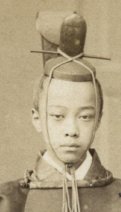
The 121st Emperor of Japan is born: Emperor Kōmei (Kōmei-tennō). Kōmei will have six children: four daughters and two sons, but only one will survive past age two. (Craig)
February 6–9, 1832: US naval forces raid a fort in Quallah Battoo, Sumatra, in reprisal for the plundering of the American ship
Friendship. Note: The US will once again invade this country in 1938.
October 31–November 15, 1833: A US military force invades rebellion-torn Buenos Aires, Argentina, to protect American interests; the scenario will repeat itself in 1852, 1853, and 1890.
December 10, 1835–January 24, 1836: US Marines invade revolution-torn Peru to protect American interests.
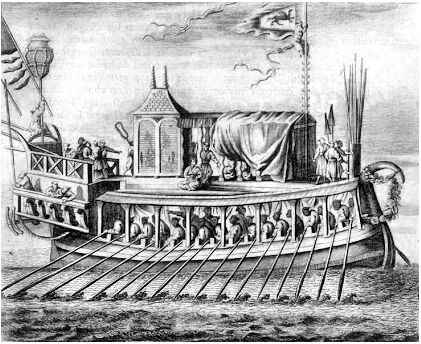
From The Outline of History, by H. G. Wells: For two centuries Japan remained outside the main current of history. She lived on in a state of picturesque feudalism enlivened by blood feuds, in which about 5% of the population, the samurai, or fighting men, and the nobles and their families, tyrannized without restraint over the rest of the population. All common men knelt when a noble passed; to display the slightest disrespect was to risk being slashed to death by his samurai. The elect classes lived lives of romantic adventure without one redeeming gleam of novelty; they loved, murdered, and pursued fine points of honor—which probably bored the intelligent ones extremely. We can imagine the wretchedness of a curious mind, tormented by the craving for travel and knowledge, cooped up in these islands of empty romance.
Meanwhile, the great world outside went on to wider visions and new powers. Strange shipping became more frequent, passing the Japanese headlands; sometimes ships were wrecked and sailors brought ashore. Through Deshima, their one link with the outer universe, came warnings that Japan was not keeping pace with the power of the Western world. In 1837 a ship sailed into Yedo Bay flying a strange flag of stripes and stars, and carrying some Japanese sailors she had picked up far adrift in the Pacific. She was driven off by cannon shot. The flag presently reappeared on other ships.
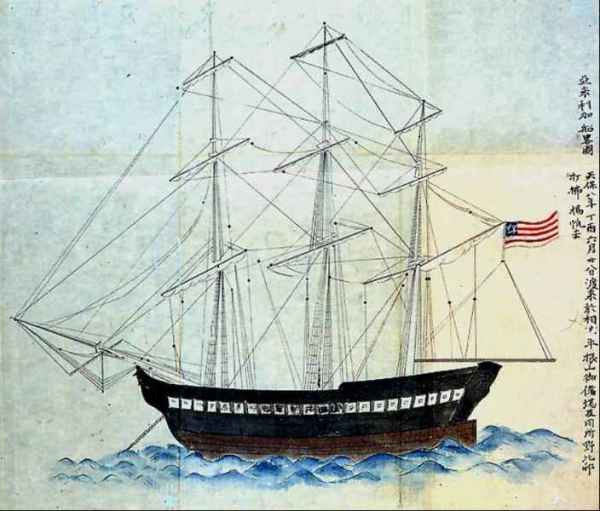
Charles W. King, an American businessman, sails an unarmed American merchant ship (the SS
Morrison, above) to Japan in a unilateral attempt to open trade with the shy islanders. As a ploy to gain entry to the forbidden Japanese market, seven Japanese sailors who had been shipwrecked off the American coast (Oregon) and whom he is ostensibly returning to their homeland, accompany him. His quest proves unsuccessful; the Japanese fire on his ship as soon as he enters the harbor, ultimately forcing him to beat a wise retreat. Note: When King returns to the United States in 1839, he will write a popular book detailing his adventure and complaining bitterly that the American flag had been fired on without provocation by a foreign government. He suggests that the next contacts with Japan "had better be left to the stronger and wiser action of the American Government." (Sewall)
September 2, 1838: Lydia Kamekeha Liliuokalani (Lili’uokalani), the last monarch of Hawaii, is born.
September 12, 1839: Takasugi Shinsaku (Tani Umenosuke), a samurai from the Chōshū domain of Japan, is born. He will be an influential factor as one of the most extreme advocates of a policy of seclusion (Sakoku), and will contribute significantly to the Meiji Restoration. (Huber, Craig)
1840: The USS
Constellation completes a voyage around the world, which includes becoming the first US warship to enter the inland waters of China.
February 24, 1841: A US naval force raids Samoa in reprisal for the murder of an American seaman on Upolu Island. Subsequent US military interventions in Samoa: 1888 and 1899.
October 19, 1842: A US Naval squadron occupies Monterey, California when their commander acts on mistaken intelligence indicating that a state of war had commenced between the US and Spain. When he is convincingly informed that his information is in error, he salutes by way of apology and withdraws his forces.
November 29–December 16, 1843: Targeting pirates and slave traders, a squadron of four United States warships stage a series of raids on Africa's Ivory Coast.
March 14, 1845: Captain Mercator Cooper of the American whaling ship
Manhattan rescues 22 shipwrecked Japanese sailors. He decides, in defiance of Japanese isolationism, to sail into Edo Bay and return the unfortunate sailors to the Japanese authorities. (Cullen)
April 18–22, 1845: Captain Cooper sails into Tokyo Bay and sends four of the Japanese shipwreck survivors in a small boat to make contact with the Japanese. An emissary soon arrives from the shogun and gives the ship permission to proceed, accompanied by "about three hundred Japanese boats with about 15 men in each took the ship in tow" according to Cooper's log. "They took all our arms out to keep till we left. There were several of the nobility came on board to see the ship. They appeared very friendly."
The
Manhattan takes on provisions: two cords of wood, two sacks of wheat, 20 sacks of rice, some flour, 11 sacks of sweet potatoes, 50 fowl, 10 pounds of tea and some radishes. The Japanese refuse any payment for the stores, ask them to leave as soon as possible, and politely but firmly admonish them to never return. From Captain Cooper's log: "The Emperor sends his compliments to me and thanks me for picking up their men and sends me word that I must not come again." (Cullen, Craig)
May 13, 1846: The United States declares that a state of war with Mexico exists. Subsequent US military interventions or incidents in Mexico: 1859, 1866, 1870, 1873, 1913, and 1914–1917.
June 5, 1846: 18 American sailors from the US whaler
Lagoda, shipwrecked on the northern Japanese island of Yeso, are captured and imprisoned in Nagasaki.
July 20, 1846: US Commander James Biddle anchors off Tokyo Bay with two warships, the USS
Columbus and USS
Vincennes, and demands that the Japanese sign a trade agreement. Biddle will be knocked to the ground and have a sword drawn on him before eventually receiving the Shogunate's response; he is told firmly that Japan forbids all commerce and communication with foreign nations excepting that of the Dutch. Biddle leaves. (LaFeber)
March 7, 1848 The Great Mahele
: Hawaii adopts a constitution and bill of rights, allowing both chiefs and commoners to claim private title to land. (Daws, Russ)
April 17, 1848: Commander of the 16 gun US sloop-of-war USS
Preble, Captain James Glynn, arrives at Nagasaki intent on winning the release of the 18 US sailors from the shipwrecked
Lagoda that are being held there. His orders read:
In your correspondence with the Japanese, your conduct will be conciliatory but firm. You will be careful not to violate the laws or customs of the Country, or by any means prejudice the success of any pacific policy our government may be inclined to pursue. Nevertheless you may be placed in situations which cannot be foreseen. In all such cases, every confidence is reposed in your discretion and ability to guard the interests as well as the honor of your country.
April 26, 1848: Captain James Glynn becomes the first American ever to conduct a successful negotiation with the recluse Japanese. The surviving
Lagoda sailors (ill-treatment had caused two to die of exposure and one to commit suicide) are released to Glynn, who will, on his return, recommend to Congress that any future negotiations with Japan should be backed up by a demonstration of force.
July 1, 1848: American citizen Ranald MacDonald pretends to be shipwrecked to gain access to Japan. He will spend 10 months in confinement in Nagasaki, where he will become the first teacher of English there. Fourteen samurai will learn English under his tutelage, including one Einosuke Moriyama. When he returns to the US, MacDonald will write to the United States Congress and urge that a treaty be signed with Japan, "if not peaceably, then by force." (Roe, Schodt)
September 9, 1850: California is admitted to the United States as a free state, giving the United States a foothold on the Pacific. (Hittell)
1850: The first purpose-built steam battleship, and the first screw battleship, the 90-gun
Le Napoléon, is commisioned by the French Navy. Her steam engines do away with the need for wind and can reach a speed of 12 knots. (Sondhaus)
January 3, 1852: The first Chinese immigrants arrive in Hawaii.
November 3, 1852: The only one of Emperor Kōmei's children to live past the age of two, Emperor Meiji (Meiji-tennō), is born.
1853: The
USS Constellation is struck and broken up for scrap at the Gosport Navy Yard in Norfolk, Virginia.
March 11–13, 1853: A US military force invades rebellion-torn Nicaragua; a scenario that will repeat itself again in 1854, 1857, 1867, 1894, 1896, 1898, 1899, 1910, 1912–1925, and 1926–1933.
May 7, 1853: From The Ilustrated London News:
The United States Expedition to Japan.
July 8, 1853: Just in the manner Ranald MacDonald had recommended, US Navy Commodore Matthew Perry steams into Tokyo Bay with a "show of force": four warships, the
Saratoga,
Plymouth,
Mississippi (above), and
Susquehanna (known in Japan as the Black Ships or Kurofune). He demands that Japan open trade with the West. Representatives of the Tokugawa Shogunate tell him to proceed to Nagasaki, the only Japanese port open to foreigners at that time. Perry refuses to leave, demands to be allowed to present a letter from US President Millard Fillmore, and threatens force if his demand is denied. (Perry)
July 14, 1853: The intimidated Japanese grant Perry the privilege to present Fillmore's letter to the delegates assembled. Perry does so and then departs for the Chinese coast, warning that he will soon return for a reply. (Perry)
President Fillmore's Letter to the Emperor of Japan: Our great State of California produces about sixty millions of dollars in gold every year, besides silver, quicksilver, precious stones, and many other valuable articles. Japan is also a rich and fertile country, and produces many very valuable articles. Your imperial majesty's subjects are skilled in many of the arts. I am desirous that our two countries should trade with each other, for the benefit both of Japan and the United States.
We know that the ancient laws of your imperial majesty's government do not allow of foreign trade, except with the Chinese and the Dutch; but as the state of the world changes and new governments are formed, it seems to be wise, from time to time, to make new laws...
November 3, 1853: The USS
Constitution, the flagship of the African Squadron under the command of Commodore Isaac Mayo, captures the American slaver
H. N. Gambrill.
November 10, 1853: From a letter from Commodore Isaac Mayo, commander of the US African Squadron, reporting the capture of the slave trader
H. N. Gambrill:
...I beg leave to state my belief that, the Slave trade is reviving on this Southern Coast, and that the American flag is extensively used in its prosecution. Several cargoes of Slaves have been recently carried off in American Vessels, which having regular papers, defy the English cruisers, and hope to elude the vigilance of our Squadron, knowing it consists of only Three Vessels, serving on a coast
of great extent... Commodore Perry returns to Japan, now with seven warships, prompting negotiations to begin in earnest on the points in Fillmore's letter. Ranald MacDonald's student, Einosuke Moriyama, serves as interpreter for the talks. (Perry)
March 31, 1854: Commodore Perry signs the Convention of Kanagawa and leaves Japan, believing in good faith that the agreement he had just signed had been negotiated with official imperial representatives empowered to do so:
There shall be a perfect, permanent, and universal peace, and a sincere and cordial amity between the United States of America on the one part, and the Empire of Japan on the other part, and between their people respectively, without exception of
persons or places... (Perry)
A combined US-GB naval force invade Shanghai, China, to protect their respective interests. Subsequent US military interventions or incidents in China: 1855, 1856, 1859, 1866, 1894–1895, 1898–1899, 1900, 1911, and 1912–1941.
September 1854: American merchants at Canton send Commodore Perry a collective memorial, including the words:
You have conquered the obstinate will of man and, by overturning the cherished policy of an empire, have brought an estranged but cultured people into the family of nations. You have done this without violence, and the world has looked on with admiration to see the barriers of prejudice fall before the flag of our country without the firing of a shot.
1855: Russia and Japan sign the Treaty of Shimoda, establishing diplomatic relations. (Chekhov)
September 12–November 4, 1855: A US military force invades the Fiji Islands in reprisal for alleged mistreatment of US nationals. Subsequent US military intervention in the Fiji Islands: 1858.
November 25–29, 1855: A combined US-European military force invades rebellion-torn Uruguay. Subsequent US military interventions or incidents in Uruguay: 1858 and 1868.
August 1856: US envoy Townsend Harris arrives in Shimoda as the first US Consulate.
March 1857: US envoy Townsend Harris warns the Japanese that the US is growing impatient with Japanese stalling on trade agreement talks. The Japanese heed the warning and begin to negotiate in better faith.
June 1857: US envoy Townsend Harris convinces the Japanese to agree to amendments to the Treaty of Kanagawa opening the port of Nagasaki to American ships and affirming extraterritoriality.
December 7, 1857: US envoy Townsend Harris is granted an unprecedented audience with the Shōgun.
July 29, 1858: US envoy Townsend Harris, after two years of negotiation, concludes his mission with the signing of The Treaty of Amity and Commerce Between the United States and Japan, better known as
The Harris Treaty. Unfortunately, the Japanese will come to view it as another of a series of humiliating "unequal treaties" delineating "trading rights" for the barbarians.
August 17, 1858: Hawaii's first bank opens for business. (Kuykendall)
November 1859: As a result of the vulnerability of wooden warships to explosive or incendiary shells, the first ocean-going ironclad battleship,
La Gloire, is launched by the French Navy. Note: R. D. Hill writes that: "The (ironclad) had three chief characteristics: a metal-skinned hull, steam propulsion and a main armament of guns capable of firing explosive shells. It is only when all three characteristics are present that a fighting ship can properly be called an ironclad." (Sondhaus, Hill)
September 27–October 8, 1860: A US naval force invades revolution-torn Colombia in the Bay of Panama area. Subsequent US military interventions or incidents in Colombia and/or Panama: 1865, 1868, 1873, 1885, 1901, 1902, 1903–1914, 1918–1920, 1921, and 1925.
1860: 80 Japanese officials sail in a Japanese-made ship with an all-Japanese crew to Washington DC in order to ratify The Harris Treaty and organize the first Japanese Embassy to the United States. (LaFeber)
1861: The US relinquishes its leading role in Japanese affairs to Great Britain while it is preoccupied with its Civil War. By 1864, Britain will control nearly 90% of Japan's trade with Western nations.
October 12, 1861: The CSS
Manassas becomes the first ironclad to enter battle. Converted from a commercial vessel in New Orleans for river and coastal fighting, she fights Union warships on the Mississippi this day. (Hill)
November 7, 1861: During the US Civil War, a British steamer homeward bound from Havana is stopped by a United States sloop. The British vessel is boarded and two representatives of the Confederate government of the rebellious South are arrested, bringing about the last crisis with any real chance of conflict between the US and Britain. Ultimately, the US will release its prisoners. (Roberts)
March 9, 1862 Battle of Hampton Roads
: The first battle between ironclads occurs as the armored USS
Monitor fights the ironclad ram CSS
Virginia. The outcome is inconclusive. (Sondhaus)
From With Malice Toward None: The Life of Abraham Lincoln, by Stephen B. Oates: The next day, Lincoln received ominous news from Fort Monroe on the Virginia coast. A rebel ironclad, a hulking monster named the Virginia, had steamed out of Norfolk, descended on the Union fleet off Hampton Roads, and rammed and battered the wooden ships as though they were toys. Lincoln held an emergency Cabinet meeting, with some of the Secretaries beset with apocalyptic visions—of the rebel behemoth churning up the Potomac, obliterating McClellan's wooden troopships, shelling Washington and putting the government to flight, and then bombarding the other Northern cities. Lincoln was anxious, too, going repeatedly to his office windows to see if the Virginia were approaching. But late that afternoon came a heartening dispatch: a little Union ironclad called the Monitor, with two guns mounted in a revolving turret, had dueled the Virginia to a draw that day. After the two vessels had bounced shells off one another for several hours, the Virginia had turned around and sailed back to Norfolk. The Virginia was neutralized; the blockade seemed safe for now.
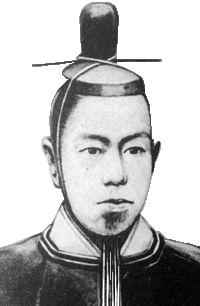
Emperor Kōmei, breaking with centuries of imperial tradition, begins to take an active role in matters of state by issuing his "Order to expel barbarians" (jōi jikkō no chokumei). A deadline for the expulsion is for May 11. (Craig)
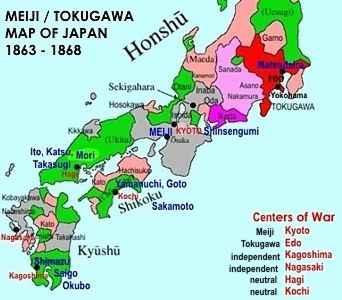
From Of Arms and Men, by Robert L. O'Connell: Although foreign attempts at penetration and reciprocal Japanese awareness of outsiders had increased, the arrival of Matthew Perry's powerful squadron of American warships in 1853 was nonetheless a profound shock to both the Tokugawa Shogunate and its subjects...For over two hundred years Japanese society, culture, and technology had remained crystallized. Suddenly, Perry confronted the Japanese with devices such as the telegraph, the steam locomotive, and, most disturbing of all, massively superior armaments which he used to browbeat the Tokugawa Shogunate into signing a commercial treaty, soon followed by similar agreements with other imperial states. Like other traditional societies thrust into the same predicament, the Japanese were humiliated and fearful of further encroachment. Yet their reaction was quite different. Rather than accept their fate passively, the Japanese almost instinctively set about to redress the military imbalance.
Up to this point Japanese military power had been concentrated exclusively in the hands of a hereditary class of samurai, and it might be expected that this class would have provided the primary impetus for a military renascence. In the main, this did not prove true. In Choshu, as a result of an internal struggle, a group of radical samurai had become the dominant force internally and, at the behest of the eldest local lord, began reorganizing his army under the brilliant leadership of Takasugi Shinsaku. A close student of Western military science, Takasugi was also a violent partisan of the "sonno joi" (revere the emperor, expel the barbarian) movement. With the European example as a reference point, he began recruiting a force without regard to social background and equipping them with the latest Western Minie ball-firing rifles. Still wed to traditional military practice, the Tokugawa samurai sent to put down this well-armed, peasant-based force relied on the bow, the sword, and the tactics of old Japan, and was defeated accordingly.
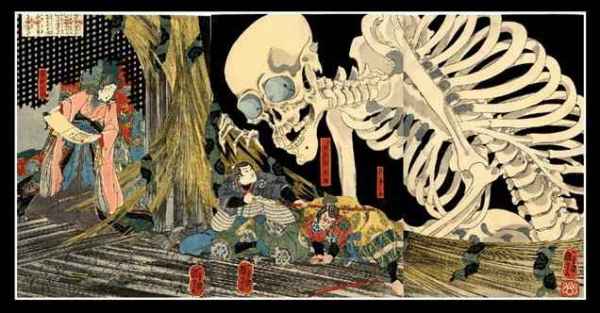
The "War to expel the barbarians" begins as the deadline for the expulsion of all Westerners is reached. Rebel ronin (master-less samurai) fire on foreign shipping in the Shimonoseki Strait off Chōshū Province and assassinate Shogunate officials and Westerners, including the English trader Charles Lennox Richardson. (Craig)
June 12, 1863: US Foreign Minister to Japan Robert Pruyn, and Captain David McDougal of the US Navy, write to Secretary of the Navy Gideon Welles: "General opinion is that the government (of Japan) is on the eve of revolution, the principal object of which is the expulsion of foreigners." (LaFeber)
June 25, 1863: Captain Simon Cooper, commanding the US merchant steamer
Pembroke near the Shimonoseki Strait, is fired upon by rebel Japanese forces on two European-built warships. The rebels battle cry is: "Revere the Emperor and expel the barbarians!"
Pembroke somehow manages to escape with no casualties and only minor damage. (Satow, Craig)
June 26, 1863: The French naval dispatch steamer
Kienchang is attacked when rebel Japanese artillery atop the bluffs surrounding Shimonoseki open fire on her. Damaged in several places, the French vessel escapes with only one wounded sailor. (Satow, Craig)
July 11, 1863: After having been warned away by the passing vessel
Kienchang, Captain François de Casembroot, commanding the 16-gun Dutch warship
Medusa, ignores the warning and sails into Shimonoseki Strait. Fukuoka Takachika bombards the
Medusa with more than thirty shells, killing or wounding nine seamen. De Casembroot returns fire and then retreats. (Satow, Craig)
July 16, 1863: In response to the attack on the US merchant steamer
Pembroke, Captain McDougal's frigate, the
Wyoming, sails into the Shimonoseki Strait and engages the local fleet. McDougal sinks one enemy vessel and severely damages the other two, causing some forty Japanese casualties. The USS
Wyoming suffers extensive damage with fourteen crew dead or wounded. Note: The actions of the USS
Wyoming make it the first foreign warship to offensively uphold treaty rights with Japan. (Satow)
July 14–August 3, 1864: In a show of force, US naval forces escort the United States Minister to Japan to negotiations–in the city of Yedo–concerning American grievances.
August 17, 1864: Nine British, five Dutch and three French warships (accompanied by the US chartered steamer
Takiang in a token show of support) gets underway to force passage of Shimonoseki Strait. (Satow)
September 5–6, 1864: A two-day battle for the Shimonoseki Strait begins. (Satow)
September 8, 1864: The international fleet finally forces the rebel Chōshū forces to surrender. Allied casualties include two severely damaged British ships and seventy-two killed or wounded. Note: In 1883, twenty years after the first battle to reopen the strait, the United States will reimburse $750,000 to Japan; its share of the reparation payment extracted under this day's rain of multi-national shells. (Satow, Sondhaus, Craig)
January 13, 1865: The Chōshū civil war begins. Takasugi Shinsaku's militia (Kiheitai) will prove its superiority over old-fashioned samurai forces.
March, 1865: The Chōshū civil war ends as Takasugi Shinsaku's militia, with the support of Kido Takayoshi, triumphs with a series of quick strikes.
August 29, 1866: Tokugawa Yoshinobu is appointed the 15th and last Shogun.
February 3, 1867: Emperor Meiji (Meiji the Great) comes to power in Japan at the age of fourteen. He will be the first Japanese monarch since 1586 to remain on the throne past the age of 50. (Satow)
June 13, 1867: A US naval force raids Formosa in reprisal for the murder of a crew of shipwrecked American sailors.
September 2, 1867: Emperor Meiji weds Masako (later renamed Haruko, she will be known posthumously as Empress Shōken). She will bear no children. Her husband, however, will father fifteen children, with five official ladies-in-waiting specifically chosen for that purpose. (Satow)
September 30, 1867: The Midway Islands are formally declared a US possession.
It is exceedingly gratifying to me to have been thus concerned in taking possession of the first island ever added to the dominion of the United States beyond our shores, and I sincerely hope that this will by no means be the last of
our insular annexations... Emperor Meiji makes a formal declaration proclaiming the restoration of his imperial rule:
The Emperor of Japan announces to the sovereigns of all foreign countries and to their subjects that permission has been granted to the Shogun Tokugawa Yoshinobu to return the governing power in accordance with his own request. We shall henceforward exercise supreme authority in all the internal and external affairs of the country. Consequently the title of Emperor must be substituted for that of Tycoon, in which the treaties have been made. Officers are being appointed by us to the conduct of foreign affairs. It is desirable that the representatives of the treaty powers recognize this announcement. (Satow, Garraty)
Note: Meiji is technically the name of the calendrical era (1867–1912) proclaimed the year before. Only posthumously will this Emperor actually assume the name. Since rule by military families is now considered to have been an unfortunate deviation, "restoration" refers more to a return of the country to a previous set of moral principles than the return of the imperial dynasty to power. The Meiji Restoration will accelerate industrialization in Japan, leading its rise as a military power with the slogan "fukoku kyōhei" (Enrich the country, strengthen the military).
February 4–June 13, 1868: A US naval force protects American interests in civil war-torn Japan by launching a series of raids into Osaka, Negata, Nagasaki, Yokohama, and Hiolo.
May 17, 1868: A ship transporting the first 153 Japanese migrants bound for the sugar plantations in Hawaii gets underway from Yokohama. Largely urban dwellers, displaced samurai and minor criminals, they make up the first mass emigration of Japanese overseas. They will become known as the Gannenmono, or the "first year men." (Niiya)
November 6, 1868: The capital of Japan is renamed Tokyo (Eastern Capital) and relocated from Kyoto to Edo. (Satow)
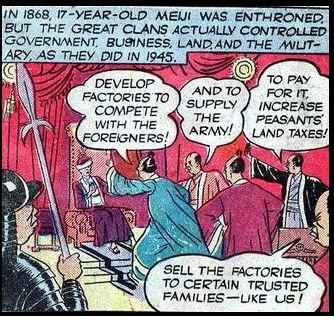
From Hirohito: Behind the Myth, by Edward Behr: During the Meiji era, from 1868 to 1912, China was destabilized by a series of revolutions and civil wars, a prey to warlords, unable to establish for long a unified, centralized rule of any kind under the discredited fin de race Ching dynasty that was finally overthrown in 1912. Japan might well have suffered the same fate, but her ruling families, after overthrowing the Shogun, voluntarily surrendered their power to the emperor. "There is no soil within the Empire that does not belong to Him," their memorial read, recalling that "Imperial Power had declined, and military classes usurped power in the recent past. Now that Imperial power is restored, how can we retain possession of land that belongs to the Emperor and govern people who are his subjects? We therefore offer up all our feudal possessions so that a uniform rule may prevail throughout the Empire. Thus the country will be able to rank equally with the other nations of the world."
Without this act of allegiance the Meiji Restoration would have been short-lived, and Japan would not have been able to play an active role on the world scene so soon after emerging from her isolation. It was fear of becoming another China that was behind this statesmanlike impulse, along with the determination to deny the Western powers a monopoly role in the acquisition of Chinese "international concessions." As a comparatively small nation, a cluster of islands close to China, Japan could not stand by and watch Britain consolidate her enclaves along the China coast, France move into Cochin China and Cambodia, and Russia annex part of Chinese Manchuria, without fearing her own integrity. The best defense is offense, which explains why, under Meiji, Japan countered the encroaching Western powers first by extending her influence over Korea, after a lightening war with China, then by providing a huge contingent for the relief of Peking during the Boxer Rebellion of 1900 (Japanese troops were the only ones who refrained from looting) and, finally, by challenging Russia over Manchuria.
September 4, 1869: Emperor Meiji receives the Duke of Edinburgh (Alfred Ernest Albert, then second-in-line to the British throne), for a formal audience.
February 3, 1870: Every Japanese citizen is compelled to register at the shrine of the local kami of his residence as the government issues the Proclamation of the Great Doctrine. It restores the "way of the kami" (kannagara) as the guiding principle of the nation.
June 10–12, 1871: A US naval force invades five military installations in Korea in reprisal for the murder of the crew of the schooner USS
General Sherman.
August 23, 1872: A load of tea arrives in San Francisco aboard the first Japanese commercial ship to visit the US.
1872: Baseball is introduced in Japan.
December 11, 1872: King Kamehameha V, the last monarch of the House of Kamehameha, dies without naming a successor to the throne. (Kuykendall)
December 17, 1872: After seeking the advise and support of several chiefs, William Charles Lunalilo, a grandnephew of Kamehameha I, decides to submit himself before the islands electorate for their approval before assuming the throne:
Whereas, It is desirable that the wishes of the Hawaiian people be consulted as to a successor to the Throne, Therefore, Not withstanding that according to the law of inheritance, I am the rightful heir to the Throne, in order to preserve peace, harmony and good order, I desire to submit the decision of my claim to the voice of the people. (Tabrah, Kuykendall)
January 1, 1873: The western calendar system is adopted in Japan.
January 1, 1873: Lunalilo becomes the most liberal king in Hawaiian history as he wins election by an overwhelming majority. (Kuykendall, Daws)
February 3, 1874: After reigning for one year and 25 days, King Lunalilo dies of tuberculosis at the age of 39. (Kuykendall)
February 12, 1874: King David Kalakaua I (Kalākaua) "The Merrie Monarch," becomes the last reigning king of the Kingdom of Hawaii. He will grant the US exclusive trading rights with his island kingdom. (Kuykendall)
February 12–20, 1874: Marines stationed on a squadron of United States warships invade Hawaii to protect American interests during the assumption of power by King Kalakaua. (Kuykendall)
March 18, 1874: King Kalakaua of Hawaii becomes the first king to ever visit the United States. (Kuykendall)
>
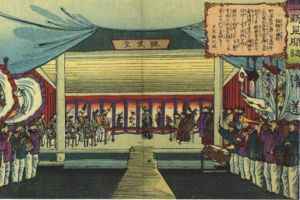
Japan imposes the Treaty of Ganghwa on Korea, forcing Korea to open itself to Japanese and foreign trade and to proclaim its independence from China in its foreign relations.
January 29, 1877: The last, and most serious, of a series of armed ex-samurai uprisings against the Meiji government, the Satsuma Rebellion (Seinan Sensō, or Southwestern War), begins. (Satow)
April 10, 1877: Liliuokalani becomes the Crown Princess of Hawaii. (Kuykendall)
March 25, 1879: Japan formally annexes the Ryukyu Islands (Kingdom of Liuqiu) and creates the Okinawa Prefecture.
1880: The first translation of the New Testament into Japanese is completed.
1881: The king of Hawaii, King Kalakaua, becomes the first foreign monarch to visit Japan.
April 1882: Itō Hirobumi and a large delegation of Japanese lawmakers, in preparation for writing a draft constitution, travel overseas to study the system of government in Bismarck's Germany.
July 14–18, 1882: A US naval force invades Egypt to protect American interests during an armed conflict between Great Britain and Egypt.
July 23, 1882: A mutiny breaks out in Seoul, Korea, as troops and civilians together sack the city's rice storehouses. The Japanese will send a battalion of troops and four warships to Seoul in response, and the Chinese will deploy 4,500 troops to counter the Japanese move.
August 30, 1882: The Treaty of Chemulpo is signed. Under its terms, the conspirators involved in the recent rebellion will be punished, the Koreans will pay 50,000 Yen to the families of the Japanese killed, pay 500,000 Yen to the Japanese government, issue a formal apology, and grant Japan permission to fortify station troops in their diplomatic legation in Seoul.
April 4, 1884: Japanese Naval commander Isoroku Yamamoto is born in Nagaoka, Niigata. Yamamoto will attend the US Naval War College and Harvard University, where he will gain a unique and comparatively objective view of the US. He will be the commander-in-chief during the early years of the Pacific War and will bear a large share of responsibility for the Japanese victory at Pearl Harbor and the subsequent defeat of the Empire at Midway. Yamamoto will one day write that:
To die for Emperor and Nation is the highest hope of a military man. After a brave hard fight the blossoms are scattered on the fighting field. But if a person wants to take a life instead, still the fighting man will go to eternity for Emperor and country. One man's life or death is a matter of no importance. All that matters is the Empire. As Confucius said, "They may crush cinnabar, yet they do not take away its color; one may burn a fragrant herb, yet it will not destroy the scent." They may destroy my body, yet they will not take away my will. (Hoyt)
December 30, 1884: Tojo Hideki, the third son of Lieutenant General Hidenori Tojo of the Imperial Japanese Army, is born. A political enemy of the Japanese Navy's Admiral Yamamoto, General Tojo will become the 40th Prime Minister of Japan (October 18, 1941–July 22, 1944). He will ultimately be tried and executed for war crimes.
1884–1885: Prussian General Klemens Wilhelm Jacob Meckel, a German military adviser, reorganizes the command structure of the Japanese army into divisions and regiment, and makes many other major reforms, modernizing the Japanese military structure from top to bottom. From 1909 through 1945, a bust of Meckel will adorn the facade of the Japanese Army Staff College. (Lone)
February 9, 1885: Japanese immigrants begin to arrive in Hawaii. Business owners had actively recruited the Japanese, and will continue sending agents out to sign long-term contracts with young men of not only Japanese, but Portuguese, Filipino, Korean, Chinese, and African American laborers, permanently changing the face of Hawaii. In 1853, 97% of the islands' population were indigenous Hawaiians, but by 1923, their numbers will dwindle to 16%; the largest percentage of Hawaii's population will by then be Japanese.
March 21, 1885: From the
Scientific American:
Dupuy de Lôme (Naval designer) conceived and carried out the bolder scheme of designing a full-powered screw liner, and in 1847 Le Napoléon was ordered. Her success made the steam reconstruction of the fleets of the world a necessity. She was launched in 1850, tried in 1852, and attained a speed of nearly 14 knots (26 km/h). During the Crimean War her performances attracted great attention, and the type she represented was largely increased in numbers. She was about 240 ft (73 m). in length, 55 ft (17 m). in breadth, and of 5,000 tons displacement, with two gun decks. In her design boldness and prudence were well combined. The good qualities of the sailing line-of-battle ships which had been secured by the genius of Sané and his colleagues were maintained; while the new conditions involved in the introduction of steam power and large coal supply were thoroughly fulfilled.
From Our Country (1885), by the Reverend Josiah Strong: Again, another marked characteristic of the Anglo-Saxon is what may be called an instinct or genius for colonizing. His unequaled energy, his indomitable perseverance, and his personal independence, made him a pioneer. He excels all others in pushing his way into new countries. It was those in whom this tendency was strongest that came to America, and this inherited tendency has been further developed by the westward sweep of successive generations across the continent. So noticeable has this characteristic become that English visitors remark it. Charles Dickens once said that the typical American would hesitate to enter heaven unless assured that he could go further west. ....
It seems to me that God, with infinite wisdom and skill, is training the Anglo-Saxon race for an hour sure to come in the world's future. Heretofore there has always been in the history of the world a comparatively unoccupied land westward, into which the crowded countries of the East have poured their surplus populations. But the widening waves of migration, which millenniums ago rolled east and west from the valley of the Euphrates, meet today on our Pacific coast. There are no more new worlds. The unoccupied arable lands of the earth are limited, and will soon be taken. The time is coming when the pressures of population on the means of subsistence will be felt here as it is in Europe and Asia. Then will the world enter upon a new stage of its history—the final competition of races, for which the Anglo-Saxon is being schooled. Long before the thousand millions are here, the mighty centrifugal tendency, inherent in his stock and strengthened in the United States, will assert itself. Then this race of unequaled energy, with all the majesty of numbers and the might of wealth behind it—the representative, let us hope, of the largest liberty, the purist Christianity, the highest civilization—have developed peculiarly aggressive traits calculated to impress its institutions upon mankind, will spread itself over the earth.
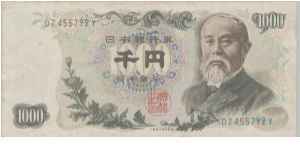
Prince Itō Hirobumi, AKA Hirofumi/Hakubun (or, variously, Shunsuke), becomes Prime Minister of Japan for the first of four separate terms (1st, 5th, 7th and 10th). Itō had been chosen to be one of the Chōshū Five who had studied in 1863 at University College, London. The experience in Great Britain had convinced him of the necessity of Japan adopting Western ways.
January 20, 1887: The US Senate ratifies an agreement to lease Pearl Harbor in Hawaii.
July 6, 1887: The Constitution of the Kingdom of Hawaii is imposed on the Kingdom and its monarch, David Kalākaua. Those responsible are the armed militia of the Honolulu Rifles by direction of a secret society working for annexation to the United States, the Hawaiian League. Asians, including subjects who had previously enjoyed the right to vote, are now specifically denied suffrage simply on the basis of race. In the event, about 75% of ethnic Hawaiians will not be able to vote at all because of the gender, literacy, property, and age requirements. However, because of the racial disenfranchisement of Asians, ethnic Hawaiians will still amount to about two-thirds of the electorate for representatives and about one-third of the electorate for Nobles. (Kinzer)
December 25, 1887: The Japanese government imposes the Peace Preservation Ordinance (Hoan Jōrei), putting Tōkyō under martial law. The Foreign Minister proposes new negotiations with foreigners to reduce the violence at the root of the disturbances, but his suggestion is violently rejected.
1889: Japan adopts the
Meiji Constitution, introducing a form of constitutional monarchy based on the Prussian model; the first Parliamentary government in Asia.
October 29, 1889: Katsu Goto, a prominent merchant and interpreter, is lynched in Hawaii because of his advocacy on behalf of Japanese plantation workers. (Niiya)
From The United States Looking Outward, an 1890 magazine article by influential American military author and theorist, Rear Admiral Alfred T. Mahan: I am not regretting that we have not the means to meet on terms of equality the great navies of the Old World. I recognize what few at least say, that, despite its great surplus revenue, this country is poor in proportion to its length of seaboard and its exposed points. That which I deplore, and which is a sober, just, and reasonable cause of deep national concern, is that the nation neither has nor cares to have its sea frontiers so defended, and its navy of such power, as shall suffice, with the advantages of our position, to weight seriously when inevitable discussions arise, such as we have recently had about Samoa and Bering Sea, and which may at any moment come up about the Caribbean Sea or the (Panama) canal.
Is the United States, for instance, prepared to allow Germany to acquire the Dutch stronghold of Curacao, fronting the Atlantic outlet of both the canals of Panama and Nicaragua? Is she prepared to acquiesce in any foreign power purchasing from Haiti a naval station on the Windward Passage, through which pass our steamer routes to the Isthmus? Would she acquiesce in a foreign protectorate over the Sandwich Islands (Hawaii), that great central station of the Pacific, equidistant from San Francisco, Samoa, and the Marquesas, and an important post on our lines of communication with both Australia and China? ....
The military needs of the Pacific (United) States, as well as their supreme importance to the whole country, are yet a matter of the future, but of a future so near that provision should begin immediately...First, protection of the chief harbors, by fortifications and coast-defense ships, which gives defensive strength, provides security to the community within, and supplies the bases necessary to all military operations. Secondly, naval force, the arm of offensive power, which alone enables a country to extend its influence outward. Thirdly, it should be an inviolable resolution of our national policy, that no foreign state should henceforth acquire a coaling position within three thousand miles of San Francisco, which includes the Hawaiian and Galapagos islands and the coast of Central America.
January 20, 1891: The king of Hawaii, David Kalakaua, dies in San Francisco's Palace Hotel. (Tabrahl)
January 29, 1891: Queen Liliuokalani inherits the throne of Hawaii. (Tabrahl, Daws, Kuykendall)
January 14, 1893: A group composed of American and Europeans forms a Committee of Safety in opposition to the Queen, and calls on the US to intervene. (Kinzer)
January 16, 1893: 162 sailors and Marines aboard the USS
Boston in Honolulu Harbor come ashore. (Kinzer)
January 17, 1893: Queen Liliuokalani relinquishes her throne to "the superior military forces of the United States." Queen Liliuokalani:
I Liliuokalani, by the Grace of God and under the Constitution of the Hawaiian Kingdom, Queen, do hereby solemnly protest against any and all acts done against myself and the Constitutional Government of the Hawaiian Kingdom by certain persons claiming to have established a Provisional Government of and for this Kingdom. That I yield to the superior force of the United States of America whose Minister Plenipotentiary, His Excellency John L. Stevens, has caused United States troops to be landed at Honolulu and declared that he would support the Provisional Government.
Now to avoid any collision of armed forces, and perhaps the loss of life, I do this under protest and impelled by said force yield my authority until such time as the Government of the United States shall, upon facts being presented to it, undo the action of its representatives and reinstate me in the authority which I claim as the Constitutional Sovereign of the Hawaiian Islands. (Kinzer, Daws, Tabrah)
February 1, 1893: Stevens, the US Minister to Hawaii, proclaims Hawaii a protectorate of the United States. (Kinzer)
June 10, 1893: The San Francisco Board of Education begins, by resolution, segregating Japanese students to the Chinese school. The resolution is repealed after intense protests by the Japanese consul. (Niiya)
November 16, 1893: US President Grover Cleveland, based on the findings of the
Blount Report , concludes that the overthrow of Queen Liliuokalani was illegal, and that US Minister Stevens and American military troops had acted inappropriately in support of those who carried out the overthrow. Cleveland proposes to return the throne back to her if she will grant amnesty to all responsible. She refuses. (Kinzer)
December 18, 1893: US President Grover Cleveland addresses a Joint Session of Congress:
...the project (the overthrow of Queen Liliuokalani) was one which was zealously promoted by the Minister representing the United States in that country. He evidently had an ardent desire that it should become a fact accomplished by his agency and during his ministry, and was not inconveniently scrupulous as to the means employed
to that end... The Republic of Hawaii is proclaimed. Sanford B. Dole, one of the first people who had originally called on the institution of the monarchy to be abolished, becomes President. The Republic of Hawaii is immediately recognized by the United States government as a protectorate. Note: Its legality continues to be questioned because it was a United States Government resolution, not a treaty of cession or conquest, as is required by international law. (Kinzer)
July 14, 1894: Lieutenant Kuroi of the Japanese Intelligence Department informs the Japanese Government that the British have chartered the steamer
Kowshing as a transport for Chinese troops. The
Kowshing is commanded by Captain Galsworthy of the British mercantile marine and carries, besides her officers and crew of 64 men, 1100 Chinese soldiers. (Jane)
July 16, 1894: Britain and Japan agree by treaty that all extraterritorial rights in Japan will be eradicated by 1899.
July 23, 1894: Japanese forces in Seoul capture the king of Korean and install a pro-Japanese puppet cabinet.
July 25, 1894 First Sino-Japanese War
: At the Battle of Pungdo the Japanese cruisers
Yoshino,
Naniwa and
Akitsushima sink the British steamer
Kowshing, knowing full well its charter status as a British transport. About half the Chinese are picked up by a French gunboat or escape to the islands. No attempt to save any lives is made by the Japanese. (Jane, Sondhaus, Connaughton, Sedwick)
July 28–29, 1894 First Sino-Japanese War
: Major-General Oshima Yoshimasa leads 4,000 mixed Japanese and Korean troops on a rapid forced march from Seoul to face 3,500 Chinese troops garrisoned at Seonghwan Station. The Chinese gradually lose ground to the superior Japanese numbers, and finally retreat towards Pyongyang. Chinese casualties amount to 500 killed and wounded, compared to 82 Japanese casualties. (Sondhaus, Sedwick)
August 1, 1894 First Sino-Japanese War
: War is officially declared between China and Japan over Korea. (Sedwick)
September 15–16, 1894 First Sino-Japanese War
: The Imperial Japanese Army lays siege to Pyongyang, eventually defeating the Chinese by an attack from the rear. When the Chinese finally surrender, total casualties are: 2000 killed and around 4000 wounded for the Chinese, 102 men killed and 433 wounded for the Japanese. (Connaughton, Sedwick)
September 17, 1894 First Sino-Japanese War
: The Imperial Japanese Navy destroys 8 out of 10 warships of the Chinese Beiyang Fleet off the mouth of the Yalu River. (Sondhaus)
October 25, 1894 First Sino-Japanese War
: Having crossed the Yalu river undetected the day before, Japanese forces invade Chinese territory at Jiuliangcheng with the loss of only 4 killed and 140 wounded. The Japanese lay siege to the strategic port of Lüshunkou (Port Arthur). (Sedwick)
November 21, 1894 First Sino-Japanese War
: The Japanese take Port Arthur (Lüshunkou) and reportedly butcher thousands of Chinese inhabitants in an atrocity known as the Port Arthur Massacre. (Sedwick, Connaughton)
January 16, 1895: Liliuokalani is arrested when firearms are found in the gardens of her home. She will be sentenced to five years of hard labor in prison and fined $5000, but the sentence will be commuted to imprisonment in an upstairs bedroom of Iolani Palace. After eight months, she will abdicate her throne in return for the release of herself and her supporters. (Tabrah, Kuykendall)
March 26, 1895 First Sino-Japanese War
: Japanese forces invade and occupy the Pescadores Islands off Taiwan without casualties. (Sedwick)
March 29, 1895 First Sino-Japanese War
: Japanese forces under Admiral Motonori Kabayama occupy northern Taiwan. (Sondhaus)
April 17, 1895 First Sino-Japanese War
: China and Japan sign the peace treaty of Shimonoseki. China recognizes the total independence of Korea and cedes the Liaodong Peninsula, Taiwan (Formosa) and the Pescadores Islands to Japan "in perpetuity." (Sedwick, Kajima)
April 23, 1895 Triple Intervention
: Russia persuades Germany and France to gang up on the Japanese with unrelenting diplomatic pressure; an attempt to deny them their war prize of Port Arthur. The three powers successfully compel Japan to return the Liaodong peninsula to China this day. (Connaughton)
From A History of Modern Japan, by R. Storry: Future Japanese Ambassador to London, Baron Hayashi, from an internal memo discussing the recent humiliation at the hands of the "Triple" powers: "If new warships are considered necessary we must, at any cost, build them: if the organization of our army is inadequate we must start rectifying it from now; if need be, our entire military system must be changed...
At present Japan must keep calm and sit tight, so as to lull suspicions nurtured against her; during this time the foundations of nautical power must be consolidated; and we must watch and wait for the opportunity in the Orient that will surely come one day. When this day arrives, Japan will decide her own fate."
February 25, 1896: The USS
Boston joins the Asiatic Squadron at Yokohama, Japan. She will remain in the Orient protecting American interests for the next four years.
September 11, 1897: The 1897
Petition Against the Annexation of Hawaii by the Hawaiian Patriotic League, composed of native Hawaiians, is presented to the US Congress.
January 25, 1898: The USS
Maine arrives in Havana. (Trask)
February 15, 1898: In Havana Harbor, five tons of powder charges aboard the USS
Maine suddenly explode (Note: There is still much contention over the exact cause of the explosion.), obliterating the forward third of the ship. The remaining wreckage rapidly settles to the bottom of the harbor, resulting in the deaths of 266 men, with only 89 survivors. The sinking becomes a precipitating cause of the Spanish-American War as American newspaper's are quick to blame Spain for the tragedy (See: April 1898). The slogan "Remember the
Maine, to Hell with Spain!" will soon be heard across the land. (Trask)
March 21, 1898: A US Naval Court of Inquiry (the Sampson Board) in Key West
finds that a naval mine caused the explosion that sank the
Maine. (Trask)
April 19, 1898: The US Congress passes joint resolutions that reject any intention to annex Cuba, demand Spanish withdrawal, and authorize the president to utilize military force to help Cuba gain independence. (Trask)
April 23, 1898 Spanish-American War: Spain breaks off diplomatic relations with the United States and declares war. (Trask)
April 25, 1898 Spanish-American War
: The US Congress declares that a state of war between the United States and Spain has existed since April 20 (later changed to April 21). (Trask)
May 1 1898 Spanish-American War
: The Battle of Manila Bay finds the USS
Boston defending America's interests (engaging in colonialism) on a Pacific island.
May 10, 1898 Spanish-American War
: US Navy warships are sighted off the coast of Puerto Rico. (Trask)
May 12, 1898 Spanish-American War
: A squadron of 12 US ships commanded by Rear Admiral William T. Sampson bombards San Juan, Puerto Rico. (Trask)
June 6–10, 1898 Spanish-American War
: The first US naval attack and subsequent successful landing of US Marines occurs as Guantánamo Bay, Cuba, falls to the US. Note: In 1903 a formalized agreement between the United States and Cuba will be signed leasing Guantánamo Bay to the US for a "coaling and Naval station." (Trask)
June 12, 1898 Spanish-American War
: With US backing, Emilio Aguinaldo declares the independence of the Philippines from Spain. (Brands)
June 15, 1898: The US House of representatives, despite having received a petition delivered to Washington by Queen Lili’uokalani and signed by 38,000 protesting Hawaiians, approves legislation annexing the Islands.
June 20, 1898 Spanish-American War
: The cruiser USS
Charleston, having been ordered to proceed to Guam and capture it under the command of Captain Henry Glass, fires his cannon at the island upon arrival. A Spanish officer, not knowing that war had been declared, approaches the US warship and requests to borrow a bit of gunpowder so that the impoverished garrison can return the American's salute. Captain Glass responds by taking the officer prisoner. (Trask)
June 21, 1898 Spanish-American War
: 54 Spanish infantry are captured as the island of Guam becomes a possession of the United States. (Trask)
June 22–24, 1898 Spanish-American War
: US troops begin landing in Cuba. (Hendrickson)
July 1, 1898 Spanish-American War
: A combined force of about 15,000 American troops, including Teddy Roosevelt and his "Rough Riders." attack 1,270 entrenched Spaniards in dangerous Civil War style frontal assaults—with supporting fire by Gatling guns—at the Battle of El Caney and the Battle of San Juan Hill outside of Santiago. More than 200 U.S. soldiers are killed and close to 1,200 wounded in the fighting. (Trask)
July 3, 1898 Spanish-American War
: The Battle of Santiago de Cuba, the largest naval engagement of the War, results in the destruction of the Spanish Caribbean Squadron. Only one Spanish vessel, the armored cruiser Cristobal Colón, survives, but her captain hauls down his flag and scuttles her when the Americans approach. (Hendrickson)
July 7, 1898: The United States formally annexes the Hawaiian Islands. The Act provides that any person that was citizen of the Republic of Hawaii on or before August 12, 1898 would also be a citizen of the United States. (Niiya)
July 25, 1898 Spanish-American War
: The Puerto Rican Campaign begins as US General Nelson A. Miles, with 3,300 soldiers, lands at Guánica. (Trask)
August 12, 1898 Spanish-American War
: A Protocol of Peace between the United States and Spain is signed in Washington. (Trask)
August 12, 1898: The United States formally
annexes the Hawaiian Islands.
From Living America by Norman C. Lumian: The future of American interests seemed to have become quite uncertain with the ascension of Queen Liliuokalani to the islands' throne. The queen objected to the lease which gave the Yankees control of Pearl Harbor; she also resented their rule of the islands' economy. Within two years after the rise of the somewhat dictatorial "Queen Lil," the few Americans of the islands had had enough of her ways. Led by American Minister John L. Stevens, who was backed by the Secretary of State, they helped start a revolt. Stevens then sought protection for his people and ordered the landing of Marines, who were stationed on a cruiser in Pearl Harbor. Liliuokalani's government soon fell.
Under the leadership of Sanford Dole, the "pineapple king," a new government—operated by the small American minority—was formed. Hawaii then requested, almost immediately, annexation by the United States. Incoming President Grover Cleveland was so enraged by these ruthless tactics that he withdrew the annexation treaty from the Senate. The President was only one of a large number of American anti-imperialists of the time. Cleveland recognized the independence of the island republic in the next year, 1894, and it remained independent until 1898. In that year, pointing to Hawaii's value as a naval base in the Spanish-American War, President McKinley requested, and Congress approved, Hawaii's annexation.
August 13, 1898 Spanish-American War
: American commanders, unaware that a cease fire had been signed between Spain and the United States on the previous day, capture the city of Manila from the Spanish. Note: This battle marks the end of Filipino-American collaboration, as Filipino forces are prevented from entering the captured city of Manila. This is an action which is deeply resented by the Filipinos, and leads directly to the Philippine-American War. (Brands)
August 14, 1898 Philippine-American War
: The Filipinos, who had fought side by side with the Americans in expectation of independence, rebel against their former allies turned occupiers as 11,000 US ground troops occupy the Philippines. (Brands)
December 10, 1898 Spanish-American War
: The signing of the Treaty of Paris gives the United States control of Cuba, the Philippines, Puerto Rico, and Guam.
April 10, 1899: From the speech
The Strenuous Life delivered at a Chicago men’s club by Theodore Roosevelt:
...We cannot avoid the responsibilities that confront us in Hawaii, Cuba, (Puerto) Rico and the Philippines. All we can decide is whether we shall meet them in a way that will redound to the national credit, or whether we shall make of our dealings with these new problems a dark and shameful page in our history. To refuse to deal with them at all merely amounts to dealing
with them badly... Freshman Senator Albert J. Beveridge of Indiana gives his maiden speech in the US Senate on the question "Resolved...that the Philippines Islands are territory belonging to the United States; that it is the intention of the United States to retain them as such and to establish and maintain such governmental control throughout the archipelago as the situation may demand":
As a race, their general ability is not excellent. Educators, both men and women, to whom I have talked in Cebu and Luzon, were unanimous in the opinion that in all solid and useful education they are, as a people, dull and stupid. In showy things, like carving or painting or embroidery or music, they have apparent aptitude, but even this is superficial and never thorough. They have facility of speech, too...No one need fear their competition with our labor. No reward could beguile, no force compel, these children of indolence to leave their trifling lives for the fierce and fervid industry of high-wrought America. ....
The Declaration of Independence does not forbid us to do our part in the regeneration of the world. If it did, the Declaration would be wrong...The Declaration applies only to people capable of self-government. How dare any man prostitute this expression of the very elect of self-governing peoples to a race of Malay children of barbarism, schooled in Spanish methods and ideas? And you, who say the Declaration applies to all men, how dare you deny its application to the American Indians? And if you deny it to the Indian at home, how dare you grant it to the Malay abroad? The Declaration does not contemplate that all governments must have the consent of the governed...And so the authors of the Declaration themselves governed the Indian without his consent; the inhabitants of Louisiana without their consent; and ever since the sons of the makers of the Declaration have been governing not by theory, but by practice, after the fashion of our governing race.
April 30, 1900: President McKinley signs the
Hawaiian Organic Act (written by Sydney M. Ballou), incorporating Hawaii as a Territory of the United States. Once the act goes into effect on June 14, contract labor becomes illegal in Hawaii. Over 20 major labor strikes soon take place, calling for higher wages, reduced work hours, and the placing of Japanese workers into management positions. (Niiya, Kinzer)
June 14, 1900: The
Hawaiian Organic Act, making Hawaiian natives United States Citizens, goes into effect. (Kinzer, Niiya)
July 4, 1900: William Jennings Bryan speaks to the Democratic National Convention in Indianapolis:
Some argue that American rule in the Philippine Islands will result in the better education of Filipinos. Be not deceived. If we expect to maintain a colonial policy, we shall not find it to our advantage to educate the people. The educated Filipinos are now in revolt against us, and the most ignorant ones have made the least resistance to our domination. If we are to govern them without their consent and give them no voice in determining the taxes which they must pay, we dare not educate them, lest they learn to read the Declaration of Independence and constitution of the United States and mock us for our inconsistency.
September 26, 1900: Without informing Japanese Prime Minister Yamagata, the Japanese foreign minister obtains a pledge of neutrality from Germany in the case Japan and Russia should go to war. He then petitions the emperor for permission to declare war on Russia immediately.
From the essay To the Person Sitting in Darkness, by Mark Twain, published in the 1901 North American Review: Shall we? That is, shall we go on conferring our Civilization upon the peoples that sit in darkness, or shall we give those poor things a rest? Shall we bang right ahead in our old-time, loud, pious way, and commit the new century to the game; or shall we sober up and sit down and think it over first? Would it not be prudent to get our Civilization tools together, and see how much stock is left on hand in the way of Glass Beads and Theology, and Maxim Guns and Hymn Books, and Trade Gin and Torches of Progress and Enlightenment (patent adjustable ones, good to fire villages with, upon occasion), and balance the books, and arrive at the profit and loss, so that we may intelligently decide whether to continue the business or sell out the property and start a new Civilization Scheme on the proceeds?
Extending the Blessings of Civilization to our Brother who Sits in Darkness has been a good trade and has paid well, on the whole; and there is money in it yet, if carefully worked—but not enough, in my judgement, to make any considerable risk advisable. The People that Sit in Darkness are getting to scarce—too scarce and too shy. And such darkness as is now left is really but an indifferent quality, and not dark enough for the game. The most of these People that Sit in Darkness have been furnished with more light than was good for them or profitable for us. We have been injudicious. The Blessings-of-Civilization Trust, wisely and cautiously administered, is a Daisy. There is more money in it, more territory, more sovereignty, and other kinds of emolument, than there is in any other game that is played. But Christendom has been playing it badly of late years, and must certainly suffer by it, in my opinion. She has been so eager to get every stake that appeared on the green cloth, that the People who Sit in Darkness have noticed it—they have noticed it, and have begun to show alarm. They have become suspicious of the Blessings of Civilization. More—they have begun to examine them. This is not well.
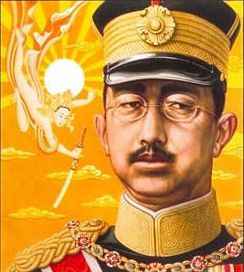
Hirohito, the 124th emperor of Japan (1926-1989), is born. He is now referred to exclusively by his posthumous name Emperor Shōwa. Hirohito is the first emperor since 1758 not born of an Imperial concubine. Note: The word Shōwa is the name of the era that corresponds with the Emperor's reign. It was made the Emperor's own name upon his death, as is the tradition.
January 30, 1902: Japan signs the London treaty with Britain. Britain recognizes Japan's rights in Korea; Japan recognizes Britain's rights in China. (Kajima, Nish)
March 16, 1902: In response to the British-Japanese alliance, Russia signs an alliance with France. The United States and China are strongly opposed to the move. In the event, France will be unable to come to Russia's aid in the Russo-Japanese War of 1904 because of this Anglo-Japanese alliance. (Kajima)
February 23, 1903: President Roosevelt signs an agreement with Cuba to lease Guantanamo Bay for 2,000 pieces of gold per year. Note: The US continues to pay the lease every year, but the Castro government consistently refuses to accept the payment.
September 7–12, 1903: A US naval force protects American interests in rebellion-torn Syria.
February 6, 1904: Japan's foreign minister cuts all ties with the Russian Empire in reaction to the dispute over Manchuria. (Kajima)
February 8, 1904 Russo-Japanese War
: Three hours before Japan's declaration of war is received by the Russian Government, the Imperial Japanese Navy, in a surprise attack on the Russian Far East Fleet at Port Arthur, Korea, disables seven Russian warships.
Note: Japan embarks upon this war in order to maintain exclusive dominance in Korea, and virtually all European countries expect Russia to win handily. The resulting campaigns, in which the fledgling Japanese military will consistently attain victory, will astonish world observers. These victories, as time transpires, will dramatically transform the balance of power in East Asia, exponentially increase the dissatisfaction of the Russian people, and provide a major cause of the Russian Revolution of 1905.
April 30–May 1, 1904 Russo-Japanese War
: The Battle of Yalu River, the first major land battle of the war, takes place on the border between China and Korea. (Nish)
August 10, 1904 Russo-Japanese War
: The Battle of the Yellow Sea, the "first exchange of fire between modern battleships," occurs as the Russian First Pacific Squadron steams out of Port Arthur to engage the Japanese fleet blockading the port. Tactically, the battle ends in a draw, but strategically the battle is a Japanese victory, since the Russian fleet never again attempts to break out into the open sea.
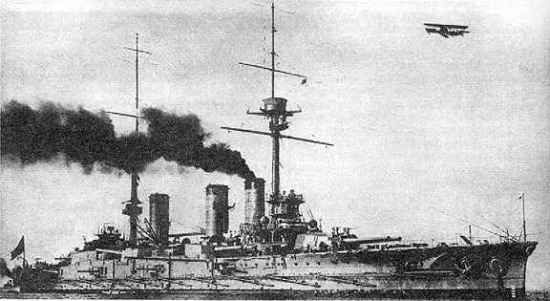
From Dreadnought: A History of the Modern Battleship, by Richard Hough: The importance of this first exchange of fire between modern battleships [Note: Battle of the Yellow Sea] was recognized at once by the two belligerents, and there is evidence that both Russian and Japanese naval architects had decided before the end of 1904 that the 12-inch gun was the only weapon likely to prove decisive in future fleet actions, that the intermediate calibers uselessly absorbed space, weight, and personnel that could be better used for more big guns, and that the "splash" from the smaller shells only served to blanket the target and confuse spotting. ....
But before the end of 1904, Japanese plans were complete for their own first all-big-gun ships (Satsuma, above), and it was later discovered, with considerable astonishment, that the first of these was actually laid down at the navy yard at Kure in March 1905, some three months before Tsushima was fought, and long before the keel plate of the Dreadnought herself was laid at Portsmouth. Until 1905, only light craft had been built by the Japanese themselves, all their battleships having been constructed in foreign yards. The gun-power of this revolutionary battleship was...12-inch guns, in four pairs arranged in four double and four single turrets: with a total big-gun armament three times heavier than that of any existing battleship, and with a broadside 50 percent more powerful. Her speed of 20 knots was also at least two knots higher than that of the fastest battleship afloat. Only in her armor belt, of nine inches, did she fail to match up to Cuniberti's ldeal.
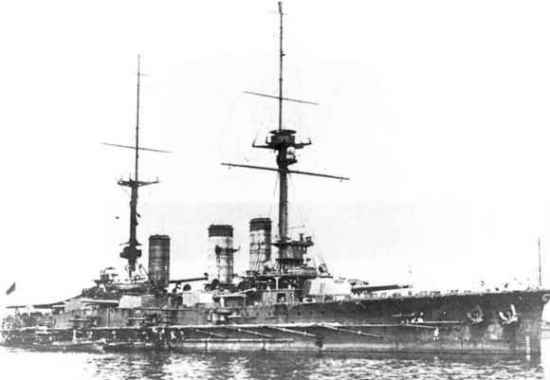
In fact the Japanese Aki (above) was beset with all manner of constructional difficulties and hindrances, and was not completed until 19121, when the Dreadnought had become a commonplace among the great naval powers. Nor was she, finally, a pure Dreadnought type. Within three months of her being laid down, Japan was victorious, and close to bankruptcy. There was delay in delivery of her machinery from America, and only four 12-inch guns could finally be found for her. In place of the eight 12-inch (guns) in her beam turrets, the Japanese therefore substituted twelve 10-inch guns; giving the Aki a most formidable total armament, while lacking the fundamental ordnance uniformity which was the main strength and whole raison d'etre of the Dreadnought type.
February 20–March 10, 1905 Russo-Japanese War
: The last major land battle of the war, the Battle of Mukden, Southern Manchuria, pits Russian forces (276,000) under General Alexei Nikolajevich Kuropatkin against Imperial Japanese Army forces (270,000) of Field-Marshal Prince Oyama Iwao over a front extending more than 90 miles. By the end of the battle, Russian casualties will total 90,000 while Japanese forces will suffer 70,000 casualties.
February 22, 1905 Russo-Japanese War
: The volcanic islands of Takeshima (Tokdo, or Dokdo) located between Japan and Korea, are claimed by Japan.
March 10, 1905 Russo-Japanese War
: The Battle of Mukden ends with Mukden's occupation.
May 14, 1905: The Asiatic Exclusion League (AEL), a racist anti-Japanese movement, is formed in San Francisco by 67 labor unions. The group's aims are to spread anti-Asian propaganda and influence legislation restricting Asian immigration. Specifically targeted are Japanese, Chinese, and Koreans. (Niiya)
May 27–28, 1905 Russo-Japanese War
: The Battle of Tsushima (Sea of Japan Naval Battle or the Battle of Tsushima Strait), the largest naval engagement of the pre-dreadnought battleship era, ends in victory for Admiral Togo and defeat for Admiral Zinovi Petrovich Rozhestvensky, whose fleet had steamed 18,000 nautical miles to the battle. The Russian lose 22 ships out of 38. (Connaughton, Nish)
From The Rise and Fall of the Great Powers, by Paul Kennedy: While naval experts were impressed by Admiral Togo's fleet when it destroyed the Russian ships at the decisive battle of Tsushima, it was the general bearing of Japanese society which struck other observers. The surprise strike at Port Arthur (a habit begun in the 1894 China conflict, and revived in 1941) was applauded in the West, as was the enthusiasm of Japanese nationalist opinion for an outright victory, whatever the cost.
More remarkable still seemed the performance of Japanese officers and men in the battles around Port Arthur and Mukden, where tens of thousands of soldiers were lost as they charged across minefields, over barbed wire, and through a hail of machine-gun fire before conquering the Russian trenches. The samurai spirit, it seemed, could secure battlefield victories with the bayonet in the age of mass industrialized warfare. If, as all the contemporary military experts concluded, moral and discipline were still vital prerequisites of national power, Japan was rich in those resources.
Even then, however, Japan was not a full-fledged Great Power. Japan had been fortunate to have fought an even more backward China and a czarist Russia which was militarily top-heavy and disadvantaged by the immense distance between St. Petersburg and the Far East. Furthermore, the Anglo-Japanese Alliance of 1902 had allowed it to fight on its home ground without interference from third powers. Its navy had relied upon British-built battleships; its army upon Krupp guns. Most important of all, it had found the immense cost of the war impossible to finance from its own resources and yet had been able to rely upon loans floated in the United States and Britain.
As it turned out, Japan was close to bankruptcy by the end of 1905, when the peace negotiations with Russia got under way. That may not have been obvious to the Tokyo public, which reacted furiously to the relatively light terms with which the Russians escaped the final settlement. Nevertheless, with victory confirmed, Japan's armed forces glorified and admired, its economy able to recover, and its status as a Great Power (albeit a regional one) admitted by all, Japan had come of age. No one could do anything significant in the Far East without considering its response; but whether it could expand further without provoking reaction from the more established Great Powers was not at all clear.
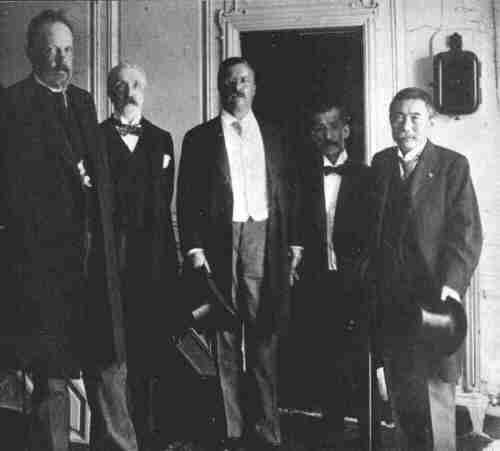
Russo-Japanese War
: United States President Theodore Roosevelt offers to broker peace negotiations between Russia and Japan. Both sides will agree on June 10. (Jukes, LaFeber)
From Hirohito: The War Years, by Paul Manning: Both the Japanese army and the Emperor regarded with pride their remarkable military defeat of Russia in 1905; it had brought honor and prestige to the nation and to the Emperor. But it was this victory that, in a historical perspective, really started Japan on the road to war with the United States a decade later. The attack on the Russian Asiatic Fleet at Port Arthur in 1905 was made without warning, a prologue to the attack to be made 36 years later at Pearl Harbor. Emperor Meiji, Hirohito's grandfather, sent his torpedo boats in a surprise attack. The ships they did not sink were bottled up inside the harbor, and two days later Meiji issued his Rescript declaring war on Russia. He accused Russia of threatening Japan's plans for expansion. (Similarly, in Hirohito's Imperial Rescript declaring war on the United States two days after the 1941 Pearl Harbor attack, he blamed the United States and China for imperiling the existence of the Japanese Empire.) ....
After nine months of war, both Japan and Russia were looking for peace. President Theodore Roosevelt offered to mediate, and peace terms were arranged. Korea was given to Japan, as was Port Arthur, the Kwantung Peninsula, and all railroad rights in southern Manchuria. Because there were no war reparations to be paid by Russia, which the Japanese people had been expecting—they had put up with many privations to support this war—there were riots in all major industrial Japanese cities. Calm descended after Emperor Meiji assured his people that the benefits to Japan would, in time, be immense. "This was only the first step in the building of a vast Japanese Empire," he declared.
Lieutenant Douglas MacArthur and his father, Major General Arthur MacArthur, were US Army observers of this war. When they returned by way of Tokyo, both observed that "the future and very existence of America is irrevocably intertwined with Asia and its island outposts." General Arthur MacArthur also made the observation that Japan's imperialistic ambitions posed "the central problem of the Pacific."
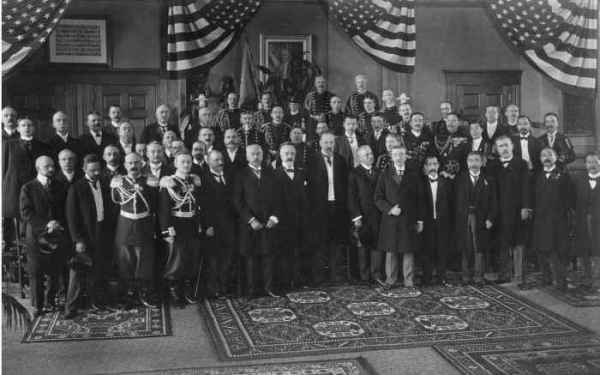
Treaty of Portsmouth
: At Portsmouth Naval Shipyard near Portsmouth, New Hampshire, representatives of Russia and Japan end their conflict when they sign the Treaty of Portsmouth. Japan will gain practically all of its original war aims, while President Theodore Roosevelt will win the Nobel Peace Prize for his efforts. (Jukes)
From Special Envoy to Churchill and Stalin, 1941–1946, W. A. Harriman and J. Abel: Late that summer the Harriman's sailed for Japan...The terms of the Portsmouth settlement...had provoked a great popular outcry in Japan. There was rioting in the streets, tinged with anti-Americanism, because President Roosevelt had initiated the Portsmouth negotiations, which seemed to many Japanese a sell-out. Averell, then thirteen years old, never forgot the explosive character of the demonstrations. The house of one government minister was burned to the ground, although he escaped by climbing over the back fence. Young Averell was thrilled at the sight of Japanese soldiers encamped on the lawn of the American legation compound to guard the minister, Lloyd Griscomb, and his guests, the Harriman family. Earlier than most Americans, Averell learned that the Japanese were not necessarily a submissive people.
September 1906–January 23, 1909: A US naval force invades revolution-torn Cuba to protect American interests. Subsequent US military interventions or incidents in Cuba: 1912, 1917–1922, 1933, 1961 and 1962.
December 1906: The HMS
Dreadnought, Britain's first all-big-gun battleship, is commissioned.
February 18, 1907: The US Congress approves amending existing immigration legislation to enable President Teddy Roosevelt to issue an executive order to curtail the migration of Japanese laborers. This action, to take effect on March 14, 1907, puts an end to labor immigration to the US. (Niiya)
August 1, 1907: Japan consolidates its control of Korea by installing Japanese citizens in all government ministries and disbanding the entire Korean military.
November 9, 1907: From
The New York Times:
We wish we had the whole of the statement of the Japanese Minister of Foreign Affairs. The portion of it summarized in the dispatch from Tokyo is of greater importance than the portion literally cited. The latter consists of general professions of good-will on the part of the Japanese Government and people, and of confidence in the corresponding good-will of the Government and people of
The United States... The Japanese Association of America is organized. (Niiya)
October 28, 1908: From a
Daily Telegraph interview with Kaiser Wilhelm II:
Germany is a young and growing empire. She has a world-wide commerce which is rapidly expanding and to which the legitimate ambition of patriotic Germans refuses to assign any bounds. Germany must have a powerful fleet to protect that commerce and her manifold interests in even the most distant seas. She expects those interests to go on growing, and she must be able to champion them manfully in any quarter of the globe. Her horizons stretch far away. She must be prepared for any eventualities in the Far East.
Who can foresee what may take place in the Pacific in the days to come, days not so distant as some believe, but days at any rate, for which all European powers with Far Eastern interests ought steadily to prepare? Look at the accomplished rise of Japan; think of the possible national awakening of China; and then judge of the vast problems of the Pacific. Only those powers that have great navies will be listened to with respect when the future of the Pacific comes to be solved; and if for that reason only, Germany must have a powerful fleet. It may even be that England herself will be glad that Germany has a fleet when they speak together on the same side in the great debates of the future.
May 9, 1909: The 1909 Plantation Strike begins as Japanese workers at Oahu's Aiea Plantation walk off the job. By June, 7,000 workers and their families will be on strike. (Niiya)
October 26, 1909: Prime Minister Itō is assassinated by Jung-geun (above), a Korean nationalist, at the Harbin train station. Note: Itō, an anti-colonialist, had proclaimed that if East Asia would not co-operate together like brothers, all would be absorbed into Western countries. Ironically, his assassination will shift the power balance in Japan and ultimately result in the Japan-Korea Annexation Treaty of 1910.
November 11, 1909: Construction begins on a fortified naval base at Pearl Harbor, Hawaii.
August 22, 1910: The Japan-Korea Annexation Treaty is signed by Lee Wan-Yong, Prime Minister of Korea, and Terauchi Masatake, as Korea is, in effect, annexed by Japan after 5 years as a protectorate.
March 27, 1912: First Lady Helen Herron Taft and the Viscountess Chinda, wife of the Japanese ambassador, plant the first two of 3,020 Japanese Yoshina cherry trees (a gift to the US government by the Japanese government) in Washington, DC.
May 10, 1913: Former President Theodore Roosevelt writes to Assistant Secretary of the US Navy, Franklin Roosevelt:
It is not my place to advise, but there is one matter so vital I want to call your attention to it. I do not anticipate trouble with Japan, but it may come and if it does it will come suddenly. In that case we shall be in an unpardonable position if we permit ourselves to be caught with our fleet separated. There ought not to be a battleship or any formidable fighting craft in the Pacific unless our entire fleet is in the Pacific. Russia’s fate ought to be a warning for all time as to the criminal folly of dividing the fleet if there is even the remotest chance of war. (Lash)
May 19, 1913: California Governor Hiram Johnson signs the 1913 Alien Land Law, prohibiting "aliens ineligible for citizenship" from owning land or property. Aimed at Chinese, Indian, Japanese, and Korean immigrant farmers, the law permits them to hold only three year leases. (Niiya)
August 3, 1914 WW1: Germany declares war on France.
August 2, 1914: Assistant Secretary of the US Navy Roosevelt writes to his wife, Eleanor Roosevelt
:
Nobody seemed the least bit excited about the European crisis—(Secretary of the Navy) Mr. Daniels feeling chiefly very sad that his faith in human nature and civilization and similar idealistic nonsense was receiving such a rude shock. So I started in alone to get things ready for what ought to be done by the Navy end of things. Friday I worked all day on these lines, and actually succeeded in getting one ship north from Mexico. These dear good people like WJB and JD have as much conception of what a general European war means as Elliott (Roosevelt’s son) has of higher mathematics. They really believe that because we are neutral we can go about our business as usual. To my horror, just for example, JD told the newspapermen he thought favorably of sending our fleet to Europe to bring back marooned Americans! ….
We should unquestionably gather our fleet together and get it into the highest state of efficiency. We still have twelve battleships at Vera Cruz…The rest of the fleet is scattered to the four winds—they should be assembled and prepared. Some fine day the State Department will want the moral backing of a ‘fleet in being’ and it won’t be there. (Lash)
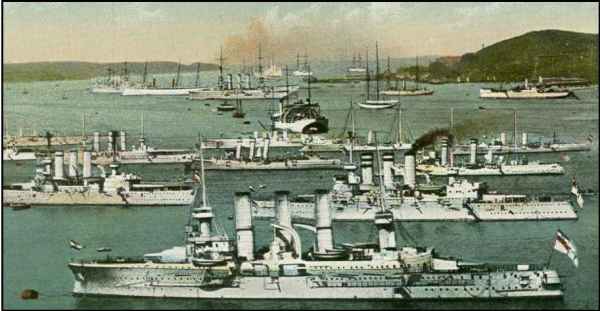
The Japanese government receives an official request from its ally, the British government, for assistance in destroying the Kaiserliche Marine's East Asia Squadron, a fleet of German raiders operating in and around the territorial coast of China.
August 14, 1914: Japan, led by Prime Minister Okuma Shigenobu, delivers an ultimatum demanding that Germany withdraw their warships from Asian waters and transfer control of Tsingtao to Japan.
Note: The East Asia Squadron, under the command of Admiral Maximilian von Spee, has already left Tsingtao for the central and eastern Pacific. From there most of von Spee's squadron will get underway for the west coast of South America, where the squadron will eventually be destroyed at the Battle of the Falkland Islands.
August 23, 1914 Daiichiji Sekai Taisen
: No reply having been received to Japan's ultimatum of the 14th, the Emperor of Japan declares war on Germany.
August 27, 1914: The Imperial Japanese Navy (IJN) sends a fleet of ships under Vice-Admiral Sadakichi Kato to blockade the coast of German-controlled Kiaochow.
September 2, 1914 Siege of Tsingtao
: Japanese forces, 23,000 soldiers with 142 artillery pieces, land on the coast of China's Shandong Province and surround the German settlement at Tsingtao (Kiautschou). The Japanese navy, independent of its own government, will soon seize several of Germany's island colonies in the Pacific (the Mariana, Caroline, and Marshall Islands) without encountering any real resistance.
Note: The Japanese navy will conduct the world's first naval-launched air raids (from the Japanese seaplane carrier Wakamiya) when they attack German-held land targets in Shandong province and ships in Qiaozhou Bay during this conflict.
October 17, 1914 Siege of Tsingtao
: The German torpedo boat
S-90 slips out of Tsingtao harbor and fires a single torpedo, sinking the 3,000 ton Japanese cruiser
Takachiho with the loss of 271 sailors.
S-90 will not be able to run the blockade back to Tsingtao, and will submit to internment by the Chinese authorities after running short of fuel.
November 6, 1914 Siege of Tsingtao
: The German "air force" in Tsingtao consists of two planes, one of which, piloted by a Lt. Müllerskowsky, had crashed previously. On this day the remaining plane, piloted by Lieutenant Gunther Plüschow (above), flees Tsingtao carrying the governor's last dispatches.
November 8, 1914: German Reaction to the Fall of Tsingtao—A Newspaper Commentary by Rear-Admiral Schlieper:
The flags were yet waving in celebration of the German naval victory along the coast of Chile off Coronel—and already there comes in the quick succession of events the solemn tidings of the end of an heroic struggle, which was maintained on a rocky height
against gigantic odds... Siege of Tsingtao
: The Allies (Britain-Japan) occupy Tsingtao. Casualties: Japanese 236 killed, 1,282 wounded; British 12 killed, 53 wounded. Germans 199 dead, 504 wounded.
January 18 1915: Japanese Prime Minister Ōkuma Shigenobu issues a set of
Twenty-One Demands to China. (Tse-tung)
March 13, 1915: The United States, while protesting Japanese encroachments on Chinese sovereignty, nevertheless affirms Japan's "special interests" in Manchuria, Mongolia and Shandong. (Tse-tung)
March 25, 1915: A United States F-4 submarine sinks off the coast of Hawaii.
May 7, 1915: An ultimatum in the form of a reduced set of "Thirteen Demands" is transmitted to China, with a two-day deadline for response. Yuan Shikai, who has been competing with other local warlords to become the undisputed ruler of China, soon completely surrenders to Japanese dictates. (Tse-tung)
May 25, 1915: A treaty between Japan and China based on the Thirteen Demands is signed by both parties.
July 25, 1915: A U-boat sinks an American cargo ship, the
Leelanaw bound from Archangel to Belfast; the first destruction of an American ship by submarine.
May 31–June 1, 1916: The Battle of Jutland, the largest naval battle of World War I and the only full-scale clash of battleships in that war, begins. The Germans, with a 99-strong fleet, sink 115,000 tons of British ships, while a 151-strong British fleet sinks 62,000 tons of German ships. The British lose 6,094 seamen, the Germans 2,551. Several other ships are badly damaged, such as
Lion and
Seydlitz. The British fleet remains in control of the North Sea at the end of the battle, but, in tactical terms, most commentators regard Jutland either as a German victory or as indecisive.
October 21, 1916: Lee Smith, in a speech in the British House of Commons:
Security can only be obtained by a scheme by which the nations of Europe and outside agree together that all will guarantee each and each will guarantee all. The purposes of the war will be achieved if there is a League of Nations with an absolute and decisive veto upon any mere aggression, and consideration of any legitimate claims which any of the countries engaged in the War may be able to make good. Go back to the old Liberal tradition and trust yourself boldly to those decent, kindly, humane forces to be found in every man and every nation.
From Imperialism, the Highest Stage of Capitalism (1916), by Vladimir Lenin: Imperialism is capitalism at that stage of development at which the dominance of monopolies and finance capitalism is established; in which the export of capital has acquired pronounced importance; in which the division of the world among the international trusts has begun, in which the division of all territories of the globe among the biggest capitalist powers has been completed.
February 28, 1917: The Associated Press reports that if the US enters the European war Mexico and Japan will ally with Germany. (LaFeber)
November 2, 1917: In the Lansing-Ishii Agreement signed by Secretary of State Robert Lansing and Viscount Ishii Kikujiro of Japan, the US recognizes Japan's privileges in China. (Cullen, Kajima)
January 18, 1918: The Peace Conference opens in Paris with 29 countries represented, led by a Supreme Council of the US, Japan, Britain, France, and Italy. Note: US President Wilson will chair the commission that will design the League of Nations.
January 1919: From
The Idea of a League of Nations by H.G. Wells:
The idea of war had to work itself out to the full and demonstrate its own impossibility, before man could find the insight and the energy to put it behind him and have done with it. Thanks to Prussian ambition and Prussian philosophy, the demonstration has now been completed. The idea of war has revealed itself in its full hideousness. All the world has come to look upon it as a sort of mythological monster which, if left to itself, will periodically reemerge from hell, to devour the whole youth and the whole wealth of civilized mankind. It is useless to dream of clipping the wings or paring the claws of the dragon. It must be slain outright if it is not to plan unthinkable havoc with civilization; and to that end the intelligence and the moral enthusiasm of the world are now, as we see, addressing themselves.
1919: US President Wilson defends the proposed League of Nations:
...England and France, therefore, will stand behind Japan; and if we are not signatories to the treaties and not parties, she will get all that Germany had in Shantung, more than she will get under the promises which she made to us, and the only way we can get it away from her is by going to war with Japan and Great Britain and France. Does that look like a workable proposition? Is that doing China a service? Whereas, if we do accept this treaty, we are members of the League of Nations, China is a member of the League, and Japan is a member of the League, and, under that much-criticized Article X, Japan promises and we guarantee that the territorial integrity and political independence of China will be respected and preserved. That is the way to serve China. That is the only possible way in the circumstances
to serve China. Henry Cabot Lodge addresses his colleagues during debate in the US Senate concerning the proposed League of Nations:
We now in this draft bind ourselves to submit every possible international dispute or difference either to the league court or to the control of the executive council of the league. That includes immigration, a very live question, to take a single example. Are we ready to give to other nations the power to say who shall come into the United States and become citizens of the Republic? If we are ready to do this, we are prepared to part with the most precious of sovereign rights, that which guards our existence and our character as a Nation. Are we ready to leave it to other nations to determine whether we shall admit to the United States a flood of Japanese, Chinese, and Hindu labor? ....
Mr. Taft has announced, in an article which appeared in the National Geographic Magazine, that the question of immigration will go before the international tribunal, and he says now that all organized labor is for the league. If American labor favors putting the restriction of immigration in the control of other nations they must have radically changed their minds and abandoned their most cherished policy. ....
Unless some better constitution for a league can be drawn, it seems to me, after such examination as I have been able to give, that the world's peace would be much better, much more surly prompted, by allowing the United States to go on under the Monroe Doctrine, responsible for the peace of this hemisphere, without any danger of collusion with Europe as to questions among the various American States, and if a league is desired it might be made up by the European nations whose interests are chiefly concerned.
May 4, 1919: Chinese students from thirteen universities meet in Peking and draft five resolutions that:
1. Oppose the granting of Shandong to the Japanese under former German concessions.
2. Draws awareness of China's precarious position to the masses in China.
3. Recommends a large-scale gathering in Peking.
4. Promotes the creation of a Peking student union.
5. A demonstration be held that afternoon in protest at the terms of the Treaty of Versailles.
Thus is born the May Fourth Movement, promoting Chinese Nationalism and protesting the "spineless" policies of the week Chinese government with the slogans: "Struggle for the sovereignty externally, get rid of the national traitors at home," "Do away with the Twenty-One Demands" and "Don't sign the Versailles Treaty." Protesting in Tiananmen Square, many students are arrested and killed. (Tse-tung)
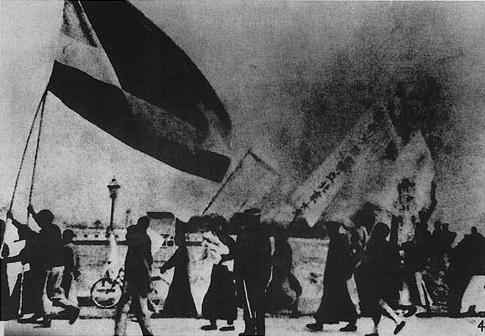
From The May Fourth Movement: Intellectual Revolution in Modern China, by Chow Tse-tung: The May Fourth Movement was a thoroughly anti-imperialist and anti-feudal revolutionary movement. Young students acted as its pioneers. The Chinese working class went up on the political stage, and functioned as the main force in the later period of the movement. Li Dazhao, Chen Duxiu and other intellectuals directed and promoted the development of the movement, and played leading roles in it. On the local level, future Communist Party leader Mao Zedong rallied opposition against Hunan's warlord Chang Ching-yao.
The May Fourth Movement covered more than 20 provinces and over 100 cities of the country. It had a broader popular foundation than the Revolution of 1911. Its great contribution lay in arousing the people's consciousness and preparing for the unity of the revolutionary forces. The May Fourth Movement promoted the spreading of Marxism in China, and prepared the ideological foundation for the establishment of the Chinese Communist Party. The October Revolution pointed out the direction for the Chinese revolution. The May Fourth Movement, which took place after the October Socialist Revolution, was a part of the world's Proletarian Revolution.
June 21, 1919: Nine German sailors die—the last casualties of the First World War—when British forces open fire as the Germans attempt to scuttle their ship at Scapa Flow. The German officer in command, Rear Admiral Ludwig von Reuter, after waiting for the bulk of the British fleet to leave on exercises, had given the order to scuttle all his ships to prevent their falling into British hands. Fifty-one ships are sunk.
June 28, 1919: The Treaty of Versailles is signed, ending WW1.
June 28, 1919: A mandate system is established under Article 22 of the Covenant of the League of Nations: "The character of the mandate must differ according to the stage of the development of the people, the geographical situation of the territory, its economic conditions and other similar circumstances." Japanese occupation of former-German colonies in Micronesia north of the Equator is formally recognized, and Japan is given a League of Nations Mandate for the territories. Japan will seek to incorporate the islands as an integral part of its empire and promote immigration. Eventually, Japanese, Okinawan and Korean inhabitants will come to outnumber the native islanders by as much as two to one. (Kennedy II, Kajima, Gill)
January 10, 1920: Entry into force of the Versailles Peace Treaty and of the Covenant of the League of Nations.
April 5, 1920: Japanese troops join multi-national forces in Vladivostok. Most of the occupying forces are Japanese, but there are also 7,500 Americans and some British, French, and Italian troops. The Japanese will continue to occupy the region and will eventually install a counterrevolutionary Russian puppet government. (Willett)
From A History of Russia, by Nicholas V. Riasanovsky: The great Civil War in Russia was complicated by Allied intervention, by the war between the Soviet Government and Poland, and by bids for national independence on the part of a number of peoples of the former Romanovs who were not Great Russians. The intervention began in 1918 and involved fourteen countries; the Japanese in particular sent a sizable force into Russia—over 60,000 men. Great Britain dispatched altogether some 40,000 troops, France and Greece two divisions each, and the United States about 10,000 men, while Italy and other countries—except for the peculiar case of the Czechs—sent smaller, and often merely token, forces.
The Allies originally wanted to prevent the Germans from seizing war material in such ports as Archangel and Murmansk, as well as to observe the situation, while the Japanese wanted to exploit the opportunities presented in the Far East by the collapse of Russian power. Japanese troops occupied the Russian part of the island of Sakhalin and much of Siberia east of Lake Baikal. Detachments of American, British, French, and Italian followed the Japanese into Siberia, while other Allied troops landed...in northern European Russia, as well as in southern ports such as Odessa, occupied by the French, and Batum, occupied by the British.
Allied forces assumed a hostile attitude toward the Soviet government, blockaded the Soviet coastline from October 1919 to January 1920, and often helped White movements by providing military supplies—such as some British tanks for Denikin's army—and by the very presence and protection. But they often avoided actual fighting. This fruitless intervention ended in 1920 with the departure of Allied troops, except that the Japanese stayed in the Maritime Provinces of the Russian Far East until 1922 and in the Russian part of Sakhalin until 1925.
January 10, 1921: From
The New York Times:
Between the lines of the interview with Baron Hayashi in London may be read the apprehension that naval expansion in the United States is
aimed at Japan... The Permanent Court of International Justice (World Court) is established. Never very effective, it will be replaced in 1946 by the International Court of Justice.
November 4, 1921: The premier of Japan, Hara Takasji, is murdered by a radical nationalist railroad worker (Kon'ichi Nakaoka) at Tokyo Station. (Olson, Cullen)
November 25, 1921: Hirohito becomes regent of Japan.
February 6, 1922: The US, UK, France, Italy and Japan sign the Washington naval arms limitation agreement, also known as the
Five-Power Treaty, limiting the naval armaments of its five signatories. All signatories pledge to maintain a balance in their respective capital fleets under a predetermined ratio: Britain 5, United States 5, Japan 3, France 1.67, Italy 1.67. All signatories agree to honor a naval construction "holiday" for a period of 10 years. Britain, Japan and the United States, with some specific exceptions, mutually agree not to increase fortifications on their Pacific bases. (LaFeber)
From The Gathering Storm, by Winston Churchill: The United States made it clear to Britain that the continuance of her alliance with Japan, to which the Japanese had punctiliously conformed, would constitute a barrier in Anglo-American relations. Accordingly, this alliance was brought to an end. The annulment caused a profound impression in Japan, and was viewed as the spurning of an Asiatic Power by the Western World. Many links were sundered which might afterwards have proved of decisive value to peace. At the same time, Japan could console herself with the fact that the downfall of Germany and Russia had, for a time, raised her to the third place among the world's naval powers, and certainly to the highest rank.
Although the Washington Naval Agreement prescribed a lower ratio of strength in capital ships for Japan than for Britain and the United States (5:5:3), the quota assigned to her was well up to her building and financial capacity for a good many years, and she watched with attentive eye the two leading naval Powers cutting each other down far below what their resources would have permitted and what their responsibilities entailed. Thus, both in Europe and in Asia, conditions were swiftly created by the victorious Allies which, in the name of peace, cleared the way for the renewal of war.
November 13, 1922: The United States Supreme Court rules in the case of Takao Ozawa v. United States, finding that Japanese emigrant Takao Ozawa is ineligible for naturalization on account of his race. Takao Ozawa had filed for United States citizenship under the Naturalization Act of 1906, which allowed white persons and certain other persons to naturalize. Takao does not challenge the constitutionality of the racial restrictions, but instead tries to have the Japanese classified as "white." The Court doesn't buy it and places a ban on Japanese naturalization that will last until 1952. (Niiya)
November 1922: Famed physicist Albert Einstein, on a world tour, visits Japan. Giving a series of lectures, he is treated as a major celebrity by the Japanese, who fill the lecture halls with attentive listeners. Einstein is extremely pleased at the enthusiasm displayed towards him and his theories. (Clark II)
From a story in the English-language periodical Japan Weekly Chronicle, (1922) concerning a meeting of the Japanese Cabinet Council:
One of the Ministers asked whether ordinary people would understand Professor Einstein's lectures on the theory of relativity. Mr. Kamada, Minister of Education, rather rashly said of course they would. Dr. Okano, Minister of Justice, contradicted Mr. Kamada, saying that they would never understand. Mr. Arai, Minister of Agriculture and Commerce, was rather sorry for Mr. Kamada, so he said that they would understand vaguely. The headstrong Minister of Justice insisted that there could be no midway between understanding and not understanding. If they understood, they understood clearly. If they did not understand, they did not understand at all.
A chill fell on the company. Mr. Baba, the tactful director of the Legislation Bureau, said that they could understand if they made efforts. Their efforts would be useless, persisted the Minister of Justice. He had himself ordered a book on the theory of relativity when the theory was first introduced into Japan last year and tried to study it. On the first page he found higher mathematics, and he had to shut the book for the present. When the members of the Imperial Academy were invited to dinner at the Hama detached palace, he had mentioned the problem to Dr. Tanakadate Aikitsu, who was seated next to him.
Dr. Fujisawa Rikitaio (an authority on mathematics), overhearing their discussion, said that in America they were collecting popular explanations of the theory, offering an enormous prize. Such being the case, Dr. Fujisawa said, it was wiser not to begin study at once. He supported Dr. Okano's opinion. Hearing this elaborate explanation, Mr. Baba, director of the Legislation Bureau, decided to eschew Einstein for the time being.
May 26, 1924: Japanese immigration to the US ends completely as President Calvin Coolidge signs the 1924 immigration bill. (Niiya)
October 1925 Shidehara Diplomacy
: Baron Kijūrō Shidehara, one of Japan's most liberal pre-war politicians (as well as a post-war Prime Minister), angers right-wingers by pushing for agreement to China’s demands for tariff autonomy at the Beijing Customs Conference.
September 8, 1926: Admission of Germany to the League of Nations. Germany is made a permanent Member of the Council.
December 25, 1926 Shōwa jidai
: The Taishō era ends as Hirohito succeeds his father, Emperor Yoshihito. A new era, the Shōwa era (Enlightened Peace), is proclaimed. From his Coronation Message: "I have visited the battlefields of the Great War in France. In the presence of such devastation, I understand the blessing of peace and the necessity of concord among nations." (Behr)
February 21, 1927: The US Supreme Court unanimously rules that the laws passed by the Hawaii Legislature to control the Japanese Language Schools are all unconstitutional. The Territorial government is compelled to refund $20,000 in fees collected from the schools, in addition to removing the laws from the books. (Niiya)
January 1, 1928: The
Japanese American Courier, the first mainland newspaper for the Nisei, begins operation with James Yoshinori Sakamoto as publisher. (Niiya)
August 27, 1928: The
Kellogg-Briand Pact "providing for the renunciation of war as an instrument of national policy" is signed by the US, Japan, and—ultimately—59 other nations.
November 10, 1928: Hirohito is officially enthroned as Emperor of Japan. (Behr)
July 2, 1929: Osachi Hamaguchi, known as the "Lion Prime Minister," takes power in Japan with a liberal agenda.
April 22, 1930: The United States, France, Italy, Britain and Japan sign the London Naval Treaty, which regulates submarine warfare and limits naval shipbuilding. The ratio between Britain, the US, and Japan is set to 10:10:7. (Cullen)
November 14, 1930: Nine years after a Japanese Prime Minister was shot and killed in Tokyo Station, history repeats itself when Hamaguchi is shot by Tomeo Sagoya, a member of the Aikoku-sha ultra-nationalist secret society. He will be hospitalized for several months and, after returning to his post in March 1931, will only last for a month or so before his physical condition will force him to reluctantly resign his post.
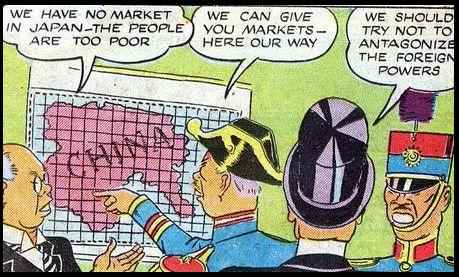
From Civilization, Past and Present, in Three Volumes by Wallbank and Taylor: In 1929 and 1930 the liberal prime minister, Hamaguchi, sought with relatively little success to meet the Depression. He also followed a conciliatory policy toward China and was willing to cooperate in disarmament proposals—aims bitterly opposed by the militaristic clique. Shot in November 1930, the prime minister died the following spring. This assassination was a tragedy from which Japanese liberalism never recovered in the decade before the Second World War. Japan's recovery from the Depression began in earnest at the end of 1931 when it went off the gold standard, thus producing a significant growth in exports and production.
A new group of ultra-nationalistic and militaristic leaders came into power, with the cooperation of party politicians, bureaucrats, and the great industrial families. In contrast to the personal dictatorships in Nazi Germany and Fascist Italy, however, Japan was dominated by a military clique, which terrorized the civilian members of the government. Scoffing ar democracy and peace, these leaders plotted to shelve parliamentary government in Tokyo and to use force on the mainland of China to secure essential raw materials and markets for goods, to spread the "superior" Japanese culture throughout Asia, and to find space for Japan's overcrowded population. This "beneficial mission" was known as the New Order in Asia.
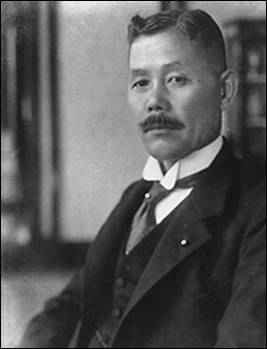
Baron Wakatsuki Reijirō becomes 28th Prime Minister of Japan. Opposition politicians of the time derogatorily label him Usotsuki Reijirō, or "Reijirō the Liar."
Note: Reijirō had earned the wrath of the various Japanese military and ultra-nationalist groups after serving as chief delegate plenipotentiary to the London Naval Conference (above, April 22, 1930). A weak leader, he will fail to control the Army, fail to prevent the Manchurian Incident from occurring, and fail to rein in the Army from further escalation of hostilities in China. After his retirement from the office of Prime Minister, he will strongly oppose the war against the United States and, after the declaration of hostilities, will publicly declare that the war should end as quickly as possible.
September 18, 1931: A section of railroad owned by Japan's South Manchuria Railway is dynamited by the Japanese Kwangtung Army in Mukden, in order to provide a provocation to open hostilities with China. (Cullen)
September 22, 1931: From a telegram to the US Secretary of State from the US Minister in China:
According to all information available to me here, I am driven to the conclusion that the forceful occupation of all strategic points in South Manchuria, including the taking over and operation of public utilities, banks, and in Mukden at least the functions of civil government, is an aggressive act by Japan apparently long planned and when decided upon most carefully and systematically put into effect. I find no evidence that these events were the
result of accident... From Twentieth Century History, by Tony Howarth: The invasion of Manchuria had two important side effects—putting aside for a moment its dreadful revelation that the League was powerless in the face a determined aggressor. First, it raised the prestige of the Japanese Army. Second, it made it possible for the Army to pressure the Japanese government to undertake a policy of armed expansion.
September 26, 1931: The Assembly of the League of Nations adopts a General Convention to improve the Means of Preventing War.
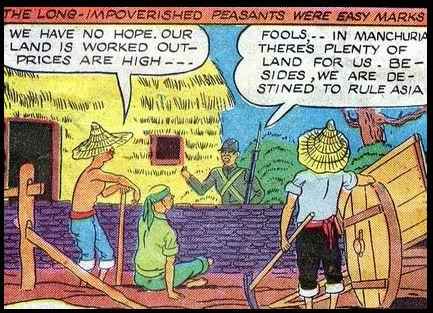
From Europe: 1914–1939, by F. Lee Burns and Mary Elizabeth Seldon: By 1931...Japan had acquired or claimed in Manchuria rights the effect of which was to restrict the exercise of Chinese sovereignty in a manner and to a degree quite exceptional. She governed the leased territory of Kwantung, exercising therein what amounted to practically full sovereignty. Through the medium of the South Manchuria Railway, she administered the railway zones, including several towns and important parts of populous cities such as Mukden and Changchun. In these areas she controlled the police, taxes, education, and public utilities. She maintained armed forces in certain parts of the country—the army of Kwantung in the leased territory, railway guards in the railway zones, and consular police in the various districts. ....
In 1931 various efforts were made to settle the questions outstanding between Japan and China by the normal method of diplomatic negotiations. Nevertheless, the tension between Chinese and Japanese in Manchuria continued to grow, while a movement of opinion in Japan began to advocate the settlement of all outstanding questions by the resort to force if necessary. That the group advocating a resort to force ultimately gained the ascendancy in Japan is made abundantly clear by (subsequent) events...
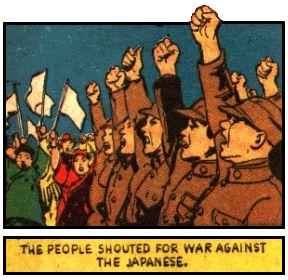
Some 200,000 demonstrators in Peking demand a declaration of war on Japan.
October 9, 1931: From a telegram from US Secretary of State Stimson to Consul Gilbert at Geneva:
Both the Chinese and Japanese have presented and argued their cases before the Council and the world has been informed through published accounts with regard to the proceedings there. The Council has formulated conclusions and outlined a course of action to be followed by the disputants; and as the said disputants have made commitments to the Council, it is most desirable that the League in no way relax its vigilance and in no way fail to assert all the pressure and authority within its competence towards regulating the action of China and Japan in the premises. On its part the American Government acting independently through its diplomatic representatives will endeavor to reinforce what
the League does... The League of Nations seeks additional information about the Far Eastern situation by establishing a commission led by V.A.G.R. Bulwer-Lytton to study the matter first-hand. (Kennedy II)
January 7, 1932: US Secretary of State Stimson to the US Ambassador Forbes in Japan: Please deliver to the Foreign Office on behalf of your Government as soon as possible the following note:
With the recent military operations about Chinchow, the last remaining administrative authority of the Government of the Chinese Republic in South Manchuria, as it existed prior to September 18th, 1931, has been destroyed. The American Government continues confident that the work of the neutral commission recently authorized by the Council of the League of Nations will facilitate an ultimate solution of the difficulties now existing between
China and Japan... Sakuradamon Incident
: Hirohito escapes an assassination attempt in Tokyo when a hand grenade, thrown by a Korean nationalist, kills two horses but narrowly misses the Emperor. Note: It is known as the Sakuradamon Incident or the Patriotic Deed of Lee Bong-chang.
January 16, 1932: US Ambassador Forbes in Japan to US Secretary of State Stimson: I have just received the reply of the Japanese Government which reads as follows:
The Government of Japan were well aware that the Government of the United States could always be relied on to do everything in their power to support Japan’s efforts to secure the full and complete fulfillment in every detail of the treaties of Washington and the Kellogg Treaty for the Outlawry of War. They are glad to receive this additional assurance of the fact. As regards the question which Your Excellency specifically mentions of the policy of the so-called "open door," the Japanese Government, as has so often been stated, regard that policy as a cardinal feature of the politics of the Far East, and regrets that its effectiveness is so seriously diminished by the unsettled conditions which prevail throughout China. Insofar as they can secure it, the policy of the open door will always be maintained in Manchuria, as
in China proper... The two-year Conference for the Reduction and Limitation of Armaments opens in Geneva.
January 2, 1932: Japanese forces rename Manchuria Manchukuo (land of the Manchus) and set up the Manchukuo puppet government.
February 7, 1932: As part of a plot to overthrow political order in Japan and return the country to an agrarian society led by the emperor, the Japanese Finance Minister is assassinated by a member of the Blood Brotherhood League (Ketsumeidan).
February 12, 1932: From Secretary of State Stimson to Minister Wilson in Switzerland:
There is now assembled in the port of Shanghai a Japanese force including over forty vessels of war and reinforced by a large expeditionary force of land troops. The very size of such an expedition is not only disproportionate to its avowed objective of protecting life and property in the city of Shanghai but is in itself provocative of counter-violence. Military airplanes have been bombing areas densely populated by helpless civilians of a nation with whom their operators are not ostensibly at war. Many miles away from the city where the alleged violence against Japanese nationals occurred, the Japanese Government is now engaged in military operations on
a large scale... US Secretary of State Stimson to US Senator William E. Borah:
The recent events which have taken place in China, especially the hostilities which having been begun in Manchuria have latterly been extended to Shanghai, far from indicating the advisability of any modification of the treaties we have been discussing, have tended to bring home the vital importance of the faithful observance of the covenants therein to all of the nations interested in the Far East. It is not necessary in that connection to inquire into the causes of the controversy or attempt to apportion the blame between the two nations which are unhappily involved; for regardless of cause or responsibility, it is clear beyond peradventure that a situation has developed which cannot, under any circumstances, be reconciled with the obligations of the covenants of
these two treaties... Admiral Saito Makoto becomes Prime Minister after Prime Minister Inukai is assassinated for his opposition to Japanese Army policies in Manchuria. Note: All of the conspirators, including the gunmen, will be out of jail by 1940.
October 2, 1932: The Lytton Report is made public. Japanese ambassador to the League of Nations, Yosuke Matsuoka, walks out on a meeting of the General Assembly when a motion is raised to condemn Japan as an aggressor. The long length of time it had taken for the Lytton Commission to prepare its report allowed Japan the time to firmly secure its control over Manchuria, putting them in a position to be able to reject the condemnation of the League with impunity. (Kennedy II)
January 5, 1933: From a memorandum by Secretary of State Stimson regarding a conversation with Japanese Ambassador Debuchi:
I reminded the Ambassador that a year ago he had told me Japan had no territorial ambitions in Manchuria. He became flustered and said that that was so but the situation had changed greatly. At any rate, he could now assure me that they had no such ambitions in North China. He said further that in Japan he thought that matters were progressing; that Saito was getting better control, and he regarded this incident at Shanhaikwan as a test incident as to whether the military elements still remained in control or whether the civil government had regained its position. I reminded the Ambassador that just before he went away he told me that the Japanese Government was in the control of a group of younger officers, none of them of a higher rank than a Lieutenant Colonel, and I said to him that he must recognize that as long as that situation lasted I could not regard Japan as
a normal government... : From a letter from the Master of Peterhouse at Cambridge University to British Foreign Secretary John Simon:
I know this sounds all wrong, perhaps immoral, when Japan is flouting the League of Nations, but (1) she was greatly provoked, (2) she must ere long expand somewhere—for goodness sake let (or rather encourage) her to do so there instead of Australia and (3) her control of Manchuria means a real block against Communist aggression.
January 21, 1933: The League of Nations rejects Japanese terms for a settlement with China.
January 30, 1933 Machtergreifung
: Hitler is appointed Chancellor of Germany.
March 4, 1933: Franklin D. Roosevelt is inaugurated President of the United States for the first of four consecutive terms.
March 4, 1933: Cordell Hull becomes America's 47th Secretary of State. Serving under President Franklin Roosevelt, he will be the longest-serving Secretary of State in US history.
March 27, 1933: Japan quits the League of Nations after the release of the Lytton Report, which states that Manchukuo is not a legitimate state, and which calls for the withdrawal of Japanese troops.
May 6, 1934: From a speech in Washington by Secretary of State Hull:
Today numerous nations are feverishly arming. They are taxing all of their citizens beyond the limit of ability to pay, and in many ways developing a military spirit which, regardless of present motives of self-defense, may probably lead to war, unless past human experience is to be reversed. Every Christian nation owes it to itself and to humanity to preach and promote understanding, friendship, and peace. While there are no signs of immediate war anywhere, it is true that seriously volcanic conditions exist in many parts of the world. Peace stabilization is all-important
at this stage... From a memorandum by Secretary of State Hull regarding a conversation with Japanese Ambassador Saito:
I remarked that we were living in a highly civilized age, and that my country, for example, was exerting every effort as rapidly as possible to condemn, repudiate, and discard any and every practice, policy; or utterance that might be reasonably calculated to give just or reasonable grounds of complaint to
any other people... President Franklin D. Roosevelt becomes the first US President to visit Hawaii. He "plants" a "lucky kukui tree." (Daws)
September 18, 1934: The Union of Soviet Socialist Republics is admitted into the League of Nations. The Assembly approves the Council's proposal that the USSR should be made a permanent Member.
December 6, 1934: American Ambassador Davis declares that Japan is a grave security threat in the Pacific.
January 27, 1935: A majority in the League of Nations votes to deprive Japan of her mandates.
January 29, 1935: The American Senate refuses to ratify the accession of the United States to the Permanent Court of International Justice. (Kennedy II)
March 1935: From an interview with Mr. Yosuke Matsuoka by Gareth Jones:
Now and then the Young Officers have tried to carry out a revolution. They are nationalist fiery and they are deeply dissatisfied. They worry as to the future of the country. It is not that they forget their duty, for they think that they are saving the country. But no attempt has succeeded, because no man can move the major part of the army or even one division. In England a Cromwell arose, but in Japan no Cromwell can arise.
March 22, 1935: The Soviet Government's interests in the Chinese Eastern Railway are sold to Japan.
June 17, 1935: From a speech by Secretary of State Hull:
We have in practice associated ourselves with the League of Nations' consultative procedure both in connection with the Sino-Japanese dispute over Manchuria and the Peruvian-Colombian dispute over Leticia. I could go on reciting other evidences of our constructive efforts--but it is less the efforts themselves than
their underlying purpose... Americans since George Washington have, under normal circumstances, displayed a great reluctance to involve themselves in foreign "attachments," and legislation ensuring this isolationist tendency have always been popular with the citizens of the US. On this day, the United States Congress passes the first of a series of Neutrality Acts imposing a general embargo on trading in arms and war materials with all parties in any war, and declaring that American citizens traveling on the ships of warring nations do so at their own risk:
In the case of the forfeiture of any arms, ammunition, or implements of war by reason of a violation of this Act, no public or private sale shall be required; but such arms, ammunition, or implements of war shall be delivered to the Secretary of War for such use or disposal thereof as shall be approved by the President. When in the judgment of the President the conditions which have caused him to issue his proclamation have ceased to exist he shall revoke the same and the provisions hereof shall thereupon
cease to apply... Hitler's Germany leaves the League of Nations. (Kennedy II)
November 11, 1935: From an Armistice Day address by President Franklin Roosevelt at Arlington National Cemetery:
The children in our schools, the young men and women passing through our colleges into productive life have, unlike us, no direct knowledge of the
meaning of war... Ni-niroku jiken
: Mutinous Japanese military troops march into Tokyo to conduct a coup launched by the radical ultra-nationalist Kōdō-ha faction of the Imperial Japanese Army, and to assassinate political leaders. Several leading politicians will be killed, and the center of Tokyo will be held briefly by the insurgents before the coup is finally suppressed.
February 27, 1936 Ni-niroku jiken
: On the second day of the rebellion, Hirohito is told that little progress is being made in quashing the rebels. Hirohito, shaming his advisors, reacts angrily: "I Myself will lead the Konoe (Imperial guard) division and subdue them!"
February 28, 1936 Ni-niroku jiken
: The Emperor signs a formal command ordering the Army and Navy to jointly suppress the revolt.
February 29, 1936 Ni-niroku jiken
: The Japanese Army finally restores order in Tokyo and arrests officers involved in the coup.
March 19, 1936: The USSR signs a pact of assistance with Mongolia against Japan.
March 25, 1936> London Agreement
: Naval agreement between France, United States, Britain, Australia, Canada, India, and New Zealand. The agreement is intended to limit the growth in naval armaments until its expiration in 1942. Submarines must not be larger than 2,000 tons or have any gun armament of greater than 5.1-inches.
June 29, 1936: The US Merchant Marine Act of 1936 takes effect.
It is necessary for the national defense and development of its foreign and domestic commerce that the United States shall have a merchant marine (a) sufficient to carry its domestic water-borne commerce and a substantial portion of the water-borne export and import foreign commerce of the United States and to provide shipping service on all routes essential for maintaining the flow of such domestic and foreign water-borne commerce at all times (b) capable of serving as a naval and military auxiliary in time of war
or national emergency... From an address by President Roosevelt:
I have seen two hundred limping exhausted men come out of line-the survivors of a regiment of one thousand that went forward forty-eight hours before. I have seen children starving. I have seen the agony of mothers and wives. I hate war. I have passed unnumbered hours, I shall pass unnumbered hours, thinking and planning how war may be kept from this Nation. I wish I could keep war from all Nations; but that is
beyond my power... From an informal report—
Fundamental Principles of National Policy—to the Japanese Emperor by the Hirota Cabinet:
Our basic policies for the continent include the elimination of the menace of the Soviet Union by assisting in the sound development of Manchukuo and strengthening the Japan-Manchukuo defense setup, preparing against Great Britain and the United States economic development by bringing about the close cooperation of Manchukuo, Japan and China. In carrying out these policies, care must be exercised to avoid aggravating friendly relations
with other nations... Anti-Comintern Pact
: Nazi Germany and Japan sign the
Anti-Comintern pact .
December 4, 1936: From Ambassador Grew in Japan to Secretary of State Hull:
The British Ambassador feels certain that a secret military agreement exists and he is of the opinion that, as one item of the alleged agreement, an arrangement for the shipment to Manchuria of German arms in payment for various commodities, including soya bean has been made as a result of the lack of success in carrying out the German Trade Agreement with "Manchukuo." The Soviet Ambassador is convinced that while the agreement as published is merely a facade to hide a secret agreement for joint action in the event of war with the Soviet Union, this alleged secret agreement is nevertheless aimed also at Great Britain and he insists that an agreement or understanding exists for the division between Germany and Japan in
case of war... From a statement by President Roosevelt:
I have directed the Navy Department to proceed with the construction of two replacement capital ships. The keels of these ships may be laid in conformity with existing treaties at any time after January 1. Three of our battleships, the
Arkansas, Texas, and
New York, will be more than 26 years old before these ships can be completed. If we are not to reduce our Navy by obsolescence, the replacement of capital ships can no
longer be deferred... From There's a War to be Won: The United States Army in World War II, by Geoffrey Perret: Franklin Roosevelt had assumed the role of Commander in Chief with a plenitude of spirit that was rare among presidents. He'd collected naval prints since boyhood and been Assistant Secretary of the Navy. Military matters did not make him uneasy or seem beyond his natural grasp. On the contrary, he eased into the part, and in his naval cape he seemed only half civilian at heart. He had few qualms about rejecting military advice. Following the Munich Conference in 1938, his calls on Congress for thousands of airplanes were a rejection of the demands from Arnold and the General Staff for balanced military forces. "Building new barracks in Wyoming," he said dismissively, "would not scare Hitler."
The next year he had thrust himself into the heart of military decision making by ordering the Army-Navy Joint Board to report directly to him. This allowed him to circumvent his isolationist secretary of war, Harry Woodring. It also drew the bond between the armed forces and the president closer than at any time since the Civil War. He exercised his powers freely. In the summer of 1940 he moved the Pacific Fleet from San Diego to Pearl Harbor, to the alarm of the Navy. He forced the Army to sell much of its arms and ammunition to the British. He ordered the Air Corps to split plane production fifty-fifty with the British.
In July 1941, over strong objections from the Joint Board, he had ordered an oil embargo against Japan. By recalling MacArthur to active duty and appointing him to command all Army forces in the Far East, he had undercut the War Department's position that the Philippines were not worth fighting for. At the same time, he was dubious about the need to create a big army.

President Roosevelt signs the third US Neutrality Act.
...Whenever the President shall find that such a state of civil strife exists in a foreign state and that such civil strife is of a magnitude or is being conducted under such conditions that the export of arms, ammunition, or implements of war from the United States to such foreign state would threaten or endanger the peace of the United States, the President shall proclaim such fact, and it shall thereafter be unlawful to export, or attempt to export, or cause to be exported, arms, ammunition, or implements of war from any place in the United States to such foreign state, or to any neutral state for transshipment to, or for use of,
such foreign state... The Chinese Communists and the Kuomintang declare that the Japanese are their common enemy and agree to work together.
July 7, 1937: A conflict between troops of China and Japan outside Beijing begins. It will come to be known as the Marco Polo Bridge Incident.
August 8, 1937: The Japanese Army occupies Beijing, China.
August 23, 1937: From a US State Department Press Release:
Without attempting to pass judgment regarding the merits of the controversy, we appeal to the parties to refrain from resort to war. We urge that they settle their differences in accordance with principles which, in the opinion not alone of our people but of most peoples of the world, should govern in international relationships. We consider applicable throughout the world, in the Pacific area as elsewhere, the principles set forth in the statement of July 16. That statement of principles is comprehensive and basic It embraces the principles embodied in many treaties, including the Washington Conference treaties and the Kellogg-Briand Pact of Paris. From the beginning of the present controversy in the Far East we have been urging upon both the Chinese and the Japanese Govern meets the importance of
refraining from hostilities... The Japanese fleet blockades the Chinese coast.
September 24, 1937: Press Release by President Roosevelt:
Merchant vessels owned by the Government of the United States will not hereafter, until further notice, be permitted to transport to China or Japan any of the arms, ammunition, or implements of war which were listed in the President's proclamation of May 1, 1937. Any other merchant vessels, flying the American flag, which attempt to transport any of the listed articles to China or Japan will, until further notice, do so at their own risk. The question of applying the Neutrality Act remains in status quo, the Government policy remaining on a 24-hour basis.
October 6, 1937: From a US State Department Press Release:
In the light of the unfolding developments in the Far East, the Government of the United States has been forced to the conclusion that the action of Japan in China is inconsistent with the principles which should govern the
relationships between nations... Italy, joining Japan and Germany, signs the anti-Comintern pact. From the Diary of Count Ciano, Italian Foreign Minister:
We have signed the pact this morning. The atmosphere was distinctly different from usual diplomatic ceremonies. Three nations pledged to join on a common path that might perhaps lead to war. This is a necessary war, if one wishes to rupture this vessel that suffocates the energies and aspirations of young people. After the signatures we went to the Duce. I have rarely seen him that happy. We are not any longer in the situation of 1935. Italy has broken through the isolation. It is at the center of the most powerful political-military combination had ever existed...
December 1, 1937: Japan recognizes Franco's government in Spain.
December 12, 1937: Japanese aircraft sink the US gunboat
Panay on China's Yangtze River, during the battle for Nanking in the Sino-Japanese War. Japan will later apologize and pay $2.2 million dollars in reparations. Note: This incident is a cause of severe regret to many Japanese, who feel that the act dishonors their nation. For many years, many Japanese will attempt, some with little success, to make amends for the regrettable deed, even sending their own individual donations to the families of the deceased Americans. A typical letter from a Japanese school boy, written shortly after the fact, read:
To the American sailors: The cold has come. Having heard from my elder brother that the American warship has sunk the other day I feel very sorry. Having been committed without intention beyond doubt, I apologize on behalf of the soldiers. Please forgive. Here is the money I saved. Please hand it to the American sailors injured. Signed: One of the pupils of the Shin Kozen.
December 13, 1937: From Ambassador Grew in Japan to Secretary of State Hull: Please communicate promptly to Hirota a note as follows:
...acts of Japanese armed forces have taken place in complete disregard of American rights, have taken American life, and have destroyed American property both public and private. In these circumstances, the Government of the United States requests and expects of the Japanese Government a formally recorded expression of regret, an undertaking to make complete and comprehensive indemnifications, and an assurance that definite and specific steps have been taken which will ensure that hereafter American nationals, interests and property in China will not be subjected to attack by Japanese armed forces or unlawful interference by any Japanese authorities
or forces whatsoever. The Japanese army occupies Nanking, China.
February 4, 1938: Joachim von
Ribbentrop is appointed Foreign Minister of Germany.
March 12, 1938 Operation Otto
: German troops invade Austria. They take over Austria without firing a shot, an act that will soon lead to a political union of Austria and Germany: the Anschluss (union). Although the invading forces are badly organized and coordination between the units is poor, it matters little because no fighting takes place. It does, however, serve as a warning for commanders in future German military operations, such as that against Czechoslovakia. Curiously, the invasion claims its first fatality within only a few hours: the Nazi Heinrich Kurz von Goldstein dies of a heart attack during the celebrations in Salzburg.
Note: Operation Otto refers to the first name of the pretender to the Austrian throne, Archduke Otto von Habsburg, and the planned operation was originally intended in case Otto had attempted to assert his claim.
March 17, 1938: From an address delivered by Secretary of State Hull:
In connection with the Far Eastern situation, this Government was confronted with the question of applying the existing neutrality legislation, which was designed primarily to keep our Nation out of war. After mature deliberation the conclusion was reached that in the circumstances attending the controversy in the Far East—a type of circumstances which the authors of the legislation could scarcely have visualized—application of the law would be most likely to endanger the very objectives which the law was designed to promote. Accordingly, exercising the discretion vested in him by the law itself, the President has refrained from putting the provisions of that
law into operation... Tokugawa Soyeshima of Japan informs the Olympic Committee that, due to the conflict with China, Japan will not be able to host the 1940 Winter Olympics.
August 1, 1938: The Hilo Massacre occurs as over 70 police officers attempt to disband 200 unarmed protesters during a multi-ethnic strike (Chinese, Japanese, Native Hawaiian, Luso and Filipino Americans), injuring 50 of the demonstrators, but causing no deaths. (Niiya)
September 29, 1938 Muenchen Konferenz
: The Munich Conference concludes.
February 24, 1939: Hungary joins the Anti-Comintern pact with Italy, Germany and Japan.
March 15, 1939: The day after German troops enter Prague, Bohemia becomes a German Protectorate. Constantin von
Neurath is appointed "Reich Protector of Bohemia and Moravia."
May 22, 1939: Hitler signs the "Pact of Steel" with Italy.
July 10, 1939: From a memorandum by Secretary of State Hull regarding a conversation with Japanese Ambassador Horinouchi:
The Ambassador made no particular comment, except to state that there had been reports in this country to the effect that Japan might enter into a military pact with Germany and Italy, whereas the truth is that his country has no idea of doing so; that Japan, because of its proximity and difficulties with Russia, has been interested in the anti-Comintern policy of certain European states and in working with them against Bolshevism. I replied that, of course, this was primarily the business of his country; that my country...abstains from any entanglements or involvement’s with European countries; that, of course, if Japan desires to tie herself up with the horribly complicated European controversies, so as to make herself immediately involved in any European war, that still was
her business primarily... From Secretary of State Hull to Japanese Ambassador Horinouchi:
During recent years the Government of the United States has been examining the treaties of commerce and navigation in force between the United States and foreign countries with a view to determining what changes may need to be made toward better serving the purposes for which such treaties are concluded. In the course of this survey, the Government of the United States has come to the conclusion that the Treaty of Commerce and Navigation between the United States and Japan which was signed at Washington on February 21, 1911, contains provisions which need new consideration.
Toward preparing the way for such consideration and with a view to better safeguarding and promoting American interests as new developments may require, the Government of the United States, acting in accordance with the procedure prescribed in Article XVII of the treaty under reference, gives notice hereby of its desire that this treaty be terminated, and, having thus given notice, will expect the treaty, together with its accompanying protocol, to expire six months from this date.
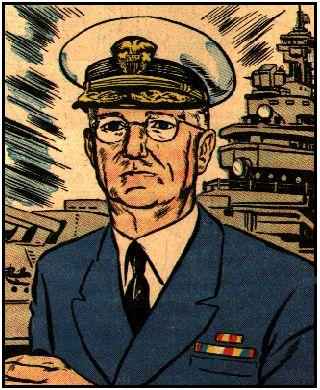
Harold Raynsford Stark becomes the Chief of Naval Operations, with the rank of Admiral. In this position, he will direct the expansion of the Navy during 1940 and 1941, and its involvement in an undeclared war against German submarines in the Atlantic during the latter part of 1941. During his watch, the growing menace of Japanese forces will culminate in the attack on Pearl Harbor. He will be accused of not providing sufficient information to Admiral Kimmel, Commander of the Pacific Fleet at Pearl Harbor, about Japanese moves in the fall of 1941 to enable to Kimmel to anticipate an attack.
August 2, 1939: Albert Einstein makes what he will later characterize as "the greatest mistake" of his life when he signs a letter—and takes full responsibility for it—written by Leo Szilard to FDR:
...it may become possible to set up a nuclear chain reaction in a large mass of uranium, by which vast amounts of power and large quantities of new radium-like elements would be generated. Now it appears almost certain that this could be achieved in the immediate future. This new phenomenon would also lead to the
construction of bombs... Hitler speaks at Obersalzberg:
The decision to attack Poland was arrived at in the spring. Originally there was fear that because of the political constellation we would have to strike at the same time against England, France, Russia and Poland. This risk, too, we should have had to take. Goering had demonstrated to us that his Four-Year Plan is a failure and that we are at the end of our strength, if we do not achieve victory in a coming war. Since the autumn of 1938 and since I have realized that Japan will not go
with us unconditionally... From Khrushchev Remembers, by Nikita Khrushchev: I believe the Ribbentrop-Molotov Pact of 1939 was historically inevitable, given the circumstances of the time, and that in the final analysis it was profitable for the Soviet Union. It was like a gambit in chess: if we hadn't made that move, the war would have started earlier, much to our disadvantage. It was very hard for us—as Communists, as anti-fascists—to accept the idea of joining forces with Germany. It was difficult enough for us to accept the paradox ourselves.
For their part, the Germans too were using the treaty as a maneuver to win time. Their idea was to divide and conquer the nations which had united against Germany in World War I and which might unite against Germany again. Hitler wanted to deal with his adversaries one at a time. He was convinced that Germany had been defeated in World war I because he tried to fight on two fronts at once. The treaty he signed with us was his way of trying to limit the coming war to one front.
August 23, 1939: The Ribbentrop-Molotov Pact is signed in Moscow.
August 19–29, 1940: During this time period, seventeen ocean-going German U-boats have made their way to the Atlantic. Thirteen smaller U-boats have left their base to prepare to lay mines in British waters and to patrol the North Sea.
August 27, 1939: Memorandum by the State Secretary in the German Foreign Office (Weizsaecker):
...We were doing nothing which would put in question our friendly relationship with Japan. On the contrary, we would continue to maintain that, and we esteemed the personalities, like Oshima, who had acted and would act most vigorously to that end.
2) The present proceedings were not a cause for surprise inasmuch as the Reich Foreign Minister had informed the Ambassador some months previously that a normalization of German-Russian relations was worth attempting.
3) Such an arrangement would also put us in a position to take steps to bring about a period of quiet in Japanese-Russian relations and to insure its continuance for a considerable period of time. That Japan was at the moment not seeking a Japanese-Russian conflict was certain. I had even received from the Russian side the impression that a Moscow-Tokyo agreement would
be welcomed there... Isoroku Yamamoto is appointed supreme commander of the Japanese fleet.
From Code-Name Down-Fall, by Thomas B. Allen and Norman Polmar: Of all the Japanese military leaders, Admiral Isoruku Yamamoto, Commander in Chief of the Japanese Combined Fleet, was perhaps the most aware of the quality and the industrial capacity of the enemy he would face if Japan went to war with the United States. He had been a member of the advisory team that accompanied Navy Minister Tomasaburo Kato to the 1921–1922 naval conference in Washington, DC. He had also studied English at Harvard University and later served as Japanese naval attaché in Washington. As a result of his firsthand exposure to the US potential for war, Yamamoto remained a part of the "Treaty Faction" throughout the 1920s and 1930s, believing that Japan could never match the United States in resources and that it was perilous to underestimate the American willingness to do battle, as many of his peers were prone to do.
But in January 1941, with Japan unalterably committed to a war with the United States, Yamamoto, a fervent gambler, heeded his instinct for high-risk moves and conceived the idea of a preemptive attack on the US Fleet at Pearl Harbor. He believed that the attack would be made 30 minutes after the declaration of war with the United States. Yamamoto studied the successful November 1940 attack, by a single British carrier with 21 Swordfish torpedo planes, which smashed the Italian fleet in harbor at Taranto. He then convened a small, select group of naval aviation officers to plan the attack on Pearl Harbor and organized the massive strike force that would carry out the attack. Yamamoto believed that if he could destroy the US Fleet's battleships and aircraft carriers, there would be no interference with Japanese offensive actions in the Pacific for six months. The carrier pilots of the strike force trained intensively, attacking targets in Kagoshima Bay on the southern Japanese island of Kyushu, which resembled Pearl Harbor.
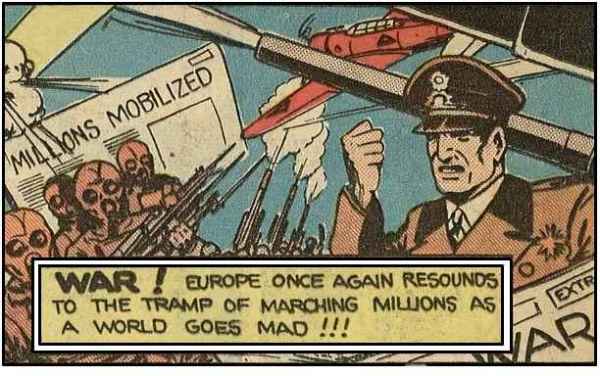
Hitler's forces invade Poland.
September 3, 1939: WW2 begins as Britain, Australia, New Zealand and France declare war on Nazi Germany.
September 3, 1939 Athenia Incident
: Just hours after Britain declares war on Germany,
U-30, commanded by Oberleutnant Fritz-Julius Lemp, sinks the British liner
SS Athenia, mistaking her for an armed merchant cruiser. The 13,500 ton passenger liner is carrying 1,103 civilians from Glasgow to Montreal, including more than 300 Americans. 112 passengers and crew are killed, including 28 Americans. Most of the fatalities are caused by a botched rescue attempt as one of the lifeboats is crushed in the propeller of a freighter that takes part in the collection of survivors. Note: Due to neglect of the U-boat arm by Grand Admiral Raeder, Doenitz begins the war with a mere 57 U-boats, only 27 of which are capable of operations in the Atlantic.
September 3, 1939: FDR delivers a Fireside Chat to the American people:
It is right, too, to point out that the unfortunate events of these recent years have, without question, been based on the use of force (or) and the threat of force. And it seems to me clear, even at the outbreak of this great war, that the influence of America should be consistent in seeking for humanity a final peace which will eliminate, as far as it is possible to do so, the continued use of
force between nations... Admiral Isoroku Yamamoto to Vice Admiral Shigetaro Shimada:
I received your letter with thanks, and am grateful for your message of congratulations. Conscious of my poor qualifications for so responsible a post, I feel lost to find myself suddenly promoted to the Combined Fleet. Had this been a part of a periodic personnel shift, this post would have been yours as a matter of course. But the policy this time seems to have been to confine the scope of the shuffle to the minimum; and it seems that you are already slated to succeed (Admiral Koshiro) Oikawa some time between December and April. While that may mean that you will again be asked to undertake the bothersome task of disposing of various difficult problems that arise, maybe that, too, stems from the machinations of Ribbentrop and Hitler. In that connection, I shudder as I think of the problems of Japan's relations with Germany and Italy in face of the tremendous changes now taking place in Europe.
September 7, 1939: Guenther Prien's
U-47, which will carry out a total of ten combat patrols, spend a total of 238 days at sea, and sink 30 enemy merchant ships, today sinks ship number three; the SS
Gartavon.
September 17, 1939: Kapitaenleutnant Otto Schuhart and U-boat
U-29 torpedoes the British aircraft carrier
HMS Courageous off Ireland. The carrier sinks in twenty minutes killing 518 of 1,200. (Shirer)
September 17, 1939: The USSR invades Poland from the east.
September 22, 1939: From a memorandum by the German naval war staff:
Flag Officer U-boats intends to give permission to U-boats to sink without warning any vessels sailing without lights...In practice there is no opportunity for attacking at night, as the U-boat cannot identify a target which is a shadow in a way that entirely obviates mistakes being made. If the political situation is such that even possible mistakes must be ruled out, U-boats must be forbidden to make any attacks at night in waters where French and English naval forces or merchant ships may be situated. On the other hand, in sea areas where only English units are to be expected, the measures desired by Flag Officer U-boats can be carried out; permission to take this step is not to be given in writing, but need merely be based on the unspoken approval of the Naval Operations Staff. U-boat commanders should be informed by word of mouth, and the sinking of a merchant ship must be justified in the War Diary as due to possible confusion with a warship or an auxiliary cruiser. In the meanwhile, U-boats in the English Channel have received instructions to attack all vessels sailing without lights.
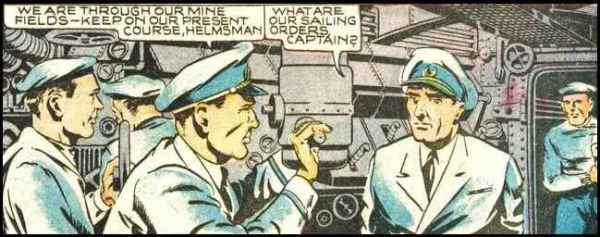
Guenther Prien's
U-47 gets underway from the German naval base at Kiel on a daring mission to raid Scapa Flow in the Orkney Islands north of Scotland.
October 11, 1939: Guenther Prien's
U-47 runs the enemy blockade.
October 12, 1939: Guenther Prien announces to the crew of the
U-47 that their mission is to attack the protected harbor of Scapa Flow. The German submariners listen in stunned silence, believing the mission to be suicidal.
October 14, 1939: U-47, under the command of Guenther Prien, penetrates Scapa Flow and blows a 30-foot hole in the battleship HMS
Royal Oak, which capsizes killing 833 of the 1,400-man crew.
October 17, 1939: Three days after the successful attack on the British naval base at Scapa Flow by a U-boat, a German raid by four Luftwaffe Junkers Ju 88 bombers damages the battleship HMS
Iron Duke. Note: Japanese military planners, studying the effects of these two attacks, will eventually combine both strategies when planning their own surprise attack on capital ships in a protected harbor.
November 4, 1939: The US House of Representatives votes on an updating of the arms embargo and loan prohibition provisions of the Neutrality Act. The new version does away with the arms and loan embargoes, but preserves the prohibition against US ships sailing into war zones. Belligerent countries like Britain can buy arms in the United States, but only on a cash-and-carry basis. This cash-and-carry policy will remain in effect until the Lend-Lease Act is passed in March of 1941. Note: Date on the image is inaccurate.
November 30, 1939: The USSR attacks Finland with a massive air raid on Helsinki.
December 14, 1939: The USSR is expelled from the League of Nations.
December 17, 1939: The
Graf Spree is scuttled by her crew after being forced into port at Uruguay. Note: The Graf Spee, under the command of the able Captain Hans Langsdorff, had sunk nine cargo ships with a total tonnage of 50,089; not one enemy crewmen or passenger had been killed in the process.
February 12, 1940: A major Russian offensive begins against Finland's Mannerheim line.
February 28, 1940: A final assault on the Mannerheim line by the Soviets begins.
March 12, 1940: The Finns sign an armistice with the USSR. They are forced to cede the Finnish part of Karelia, including the city of Viipuri, and much of Finland's industrialized territory; over 10% of pre-war Finland.
April 22, 1940: Rear Admiral Joseph Taussig testifies before the US Senate Naval Affairs Committee that war with Japan is inevitable.


 Click for Part Two!
Click for Part Two!
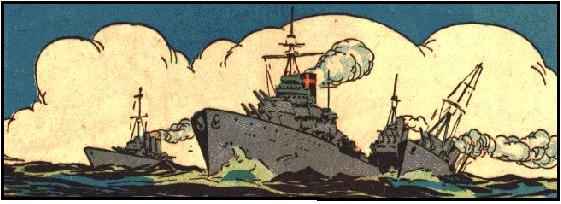




 Twitter: @3rdReichStudies
Twitter: @3rdReichStudies
















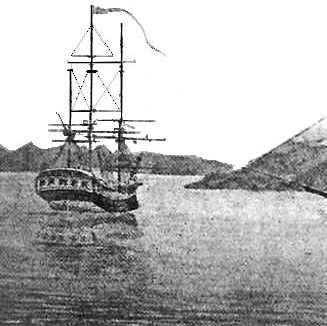
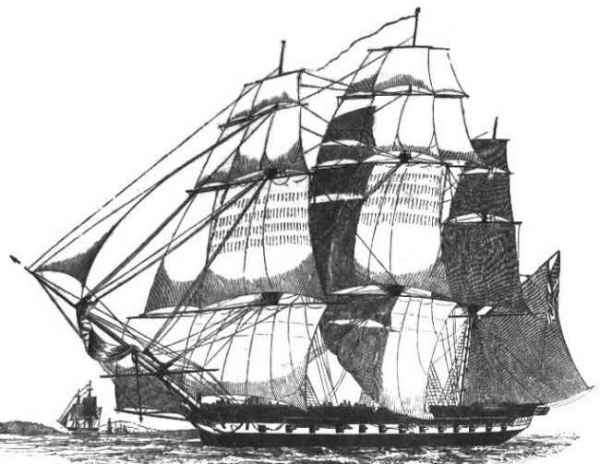

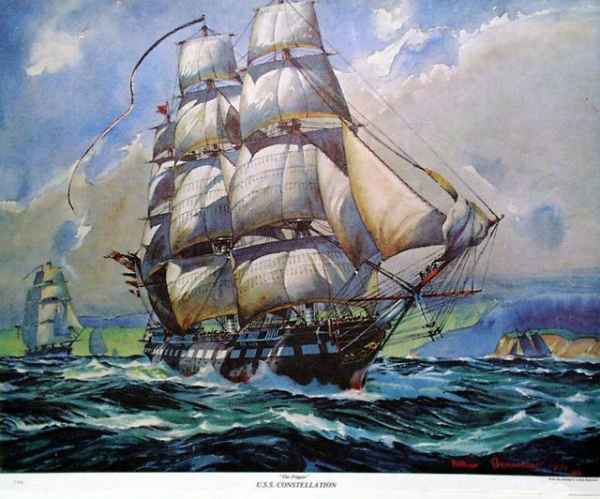
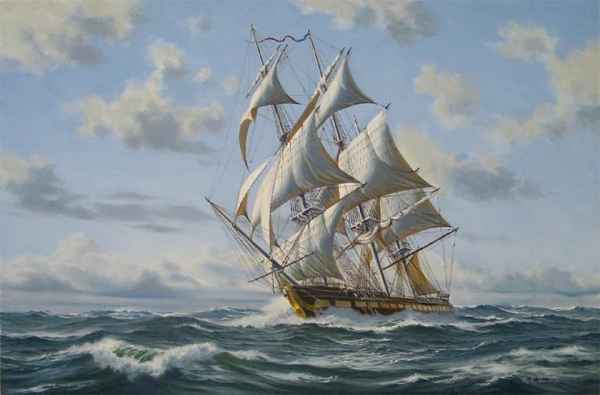
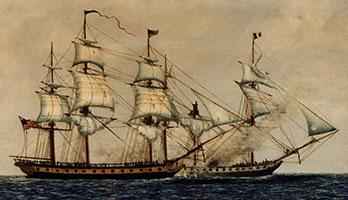
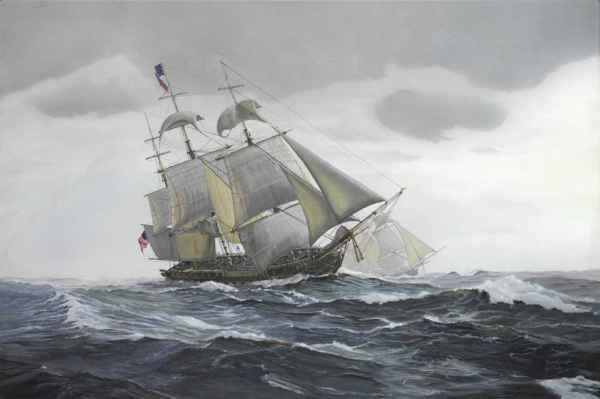

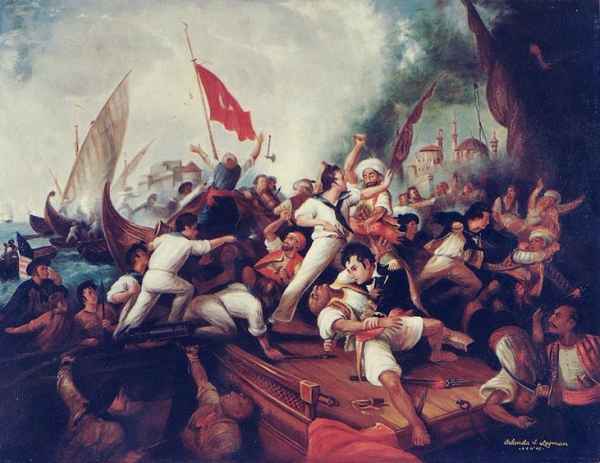
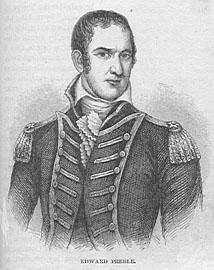
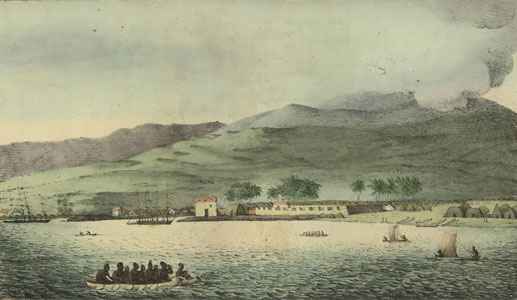
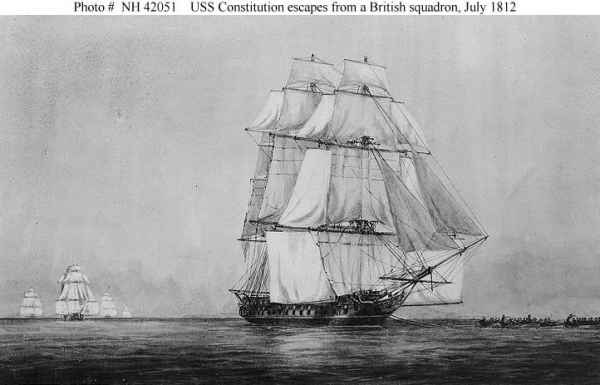

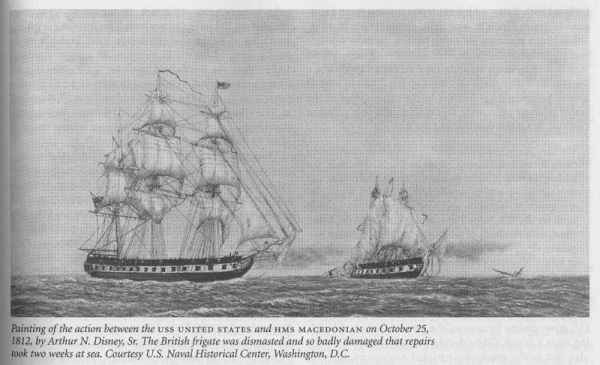
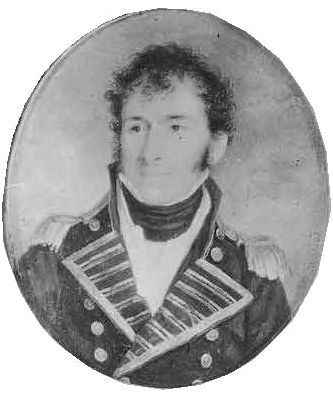
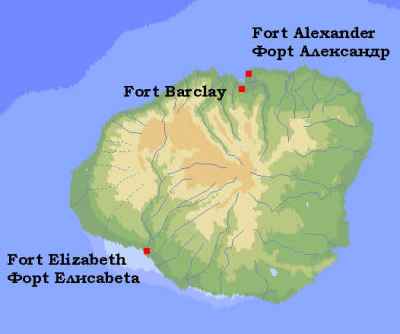
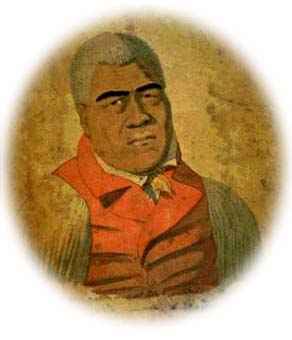



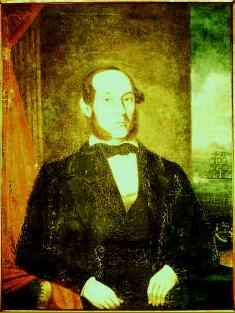
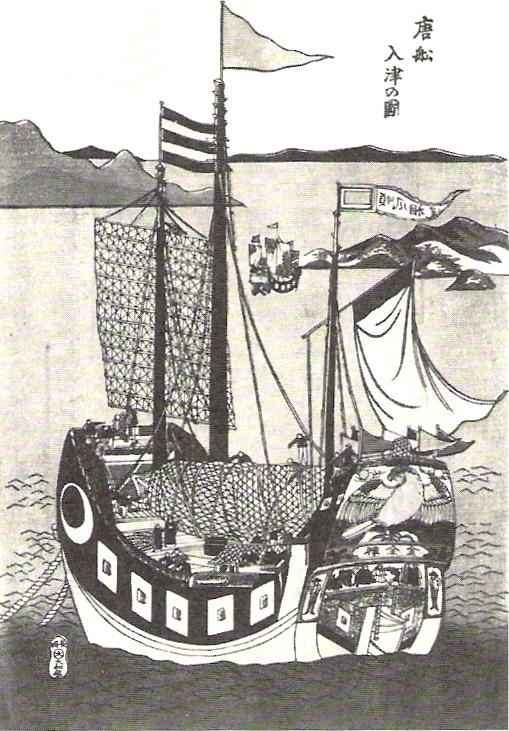
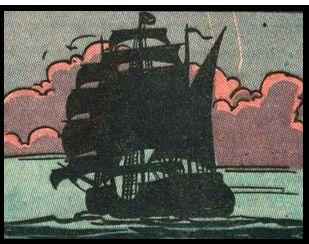
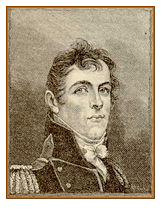
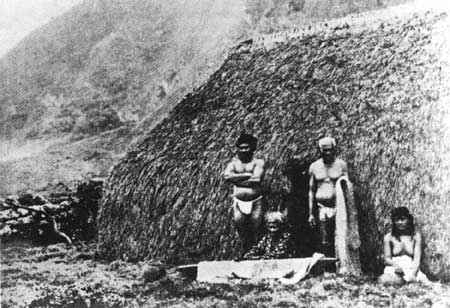
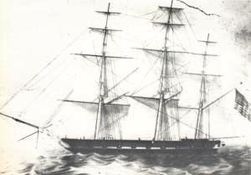
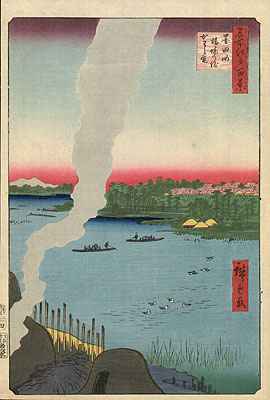
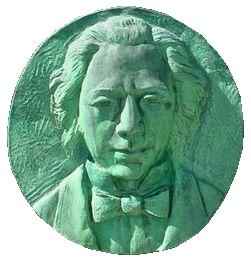
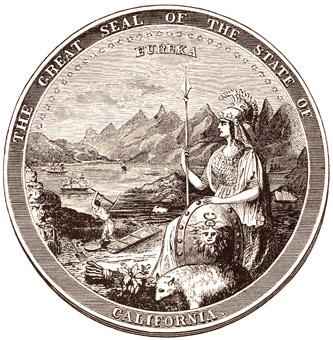
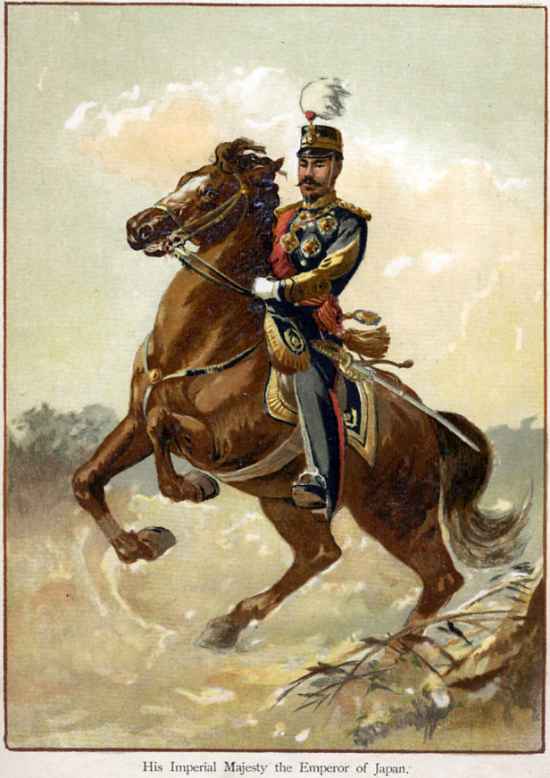
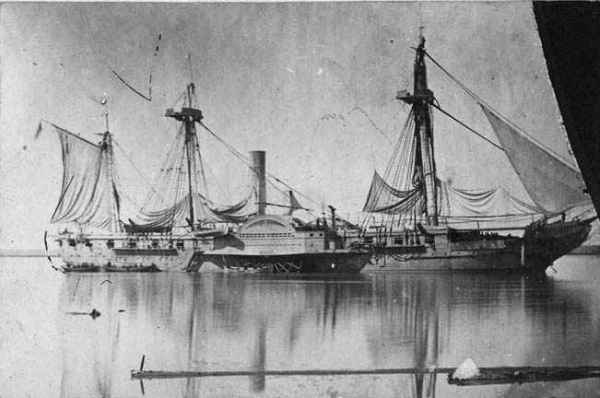
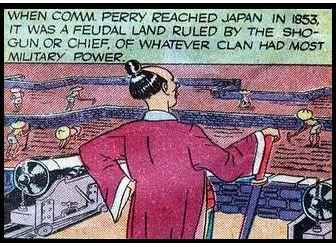
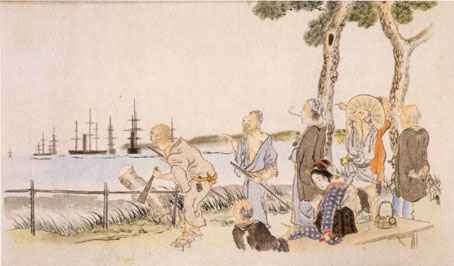
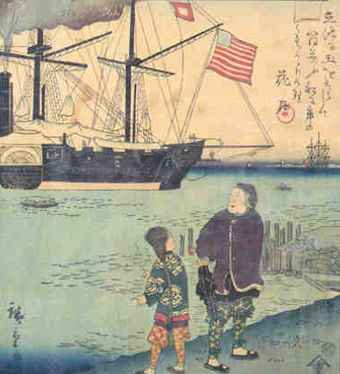
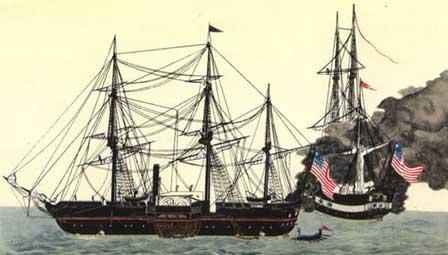
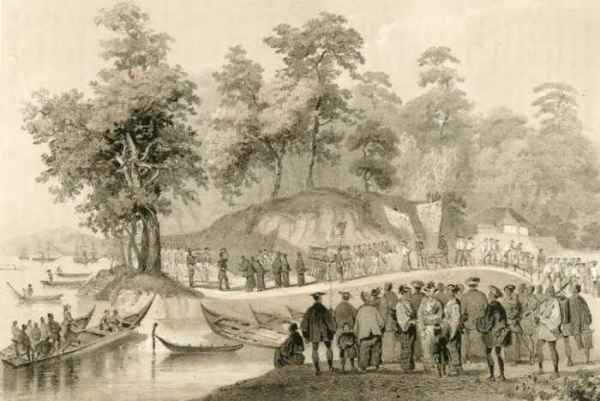
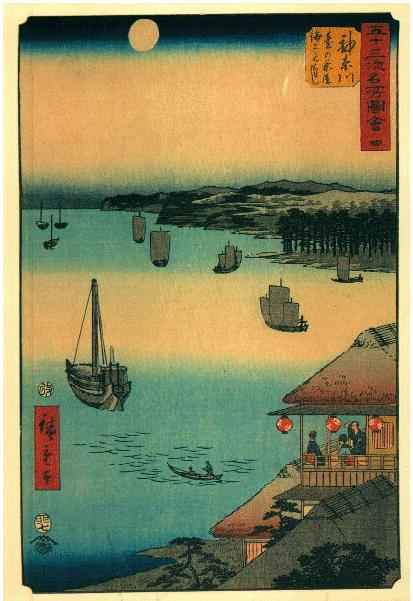
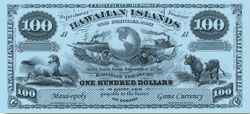



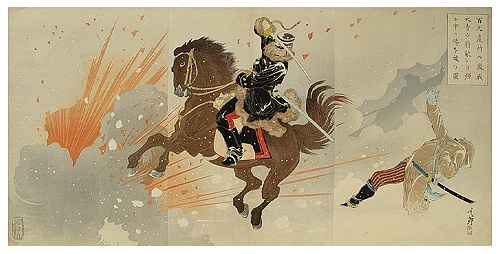
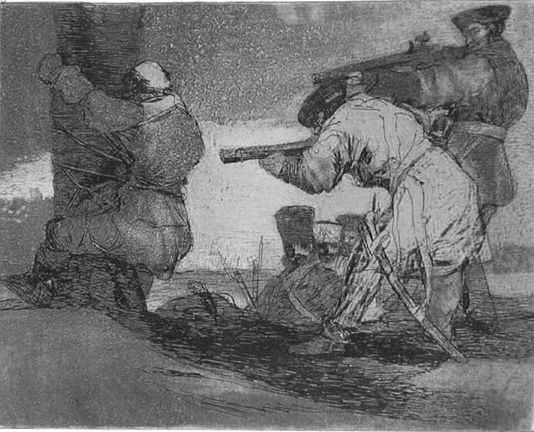
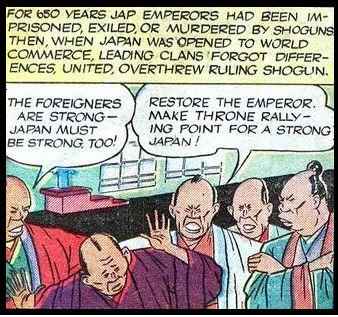
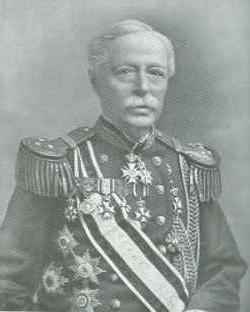
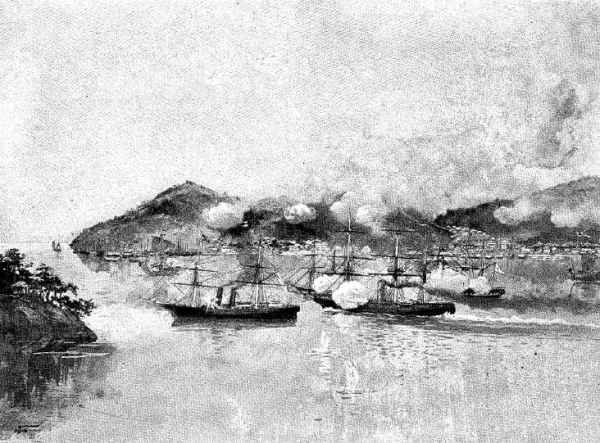
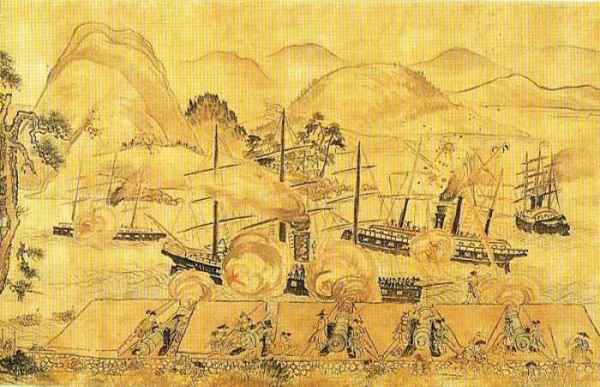
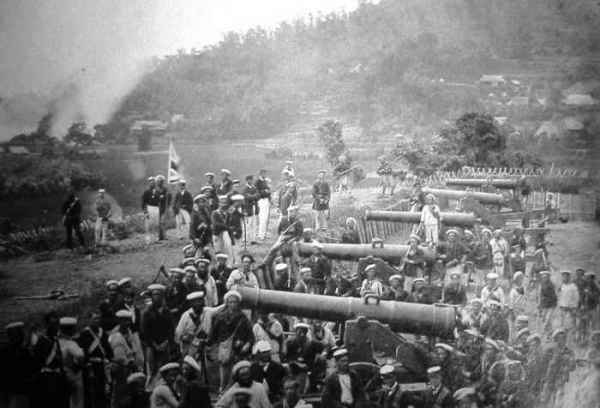
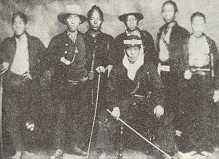
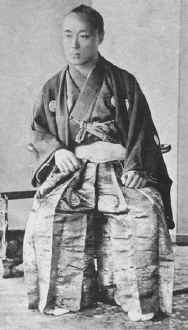
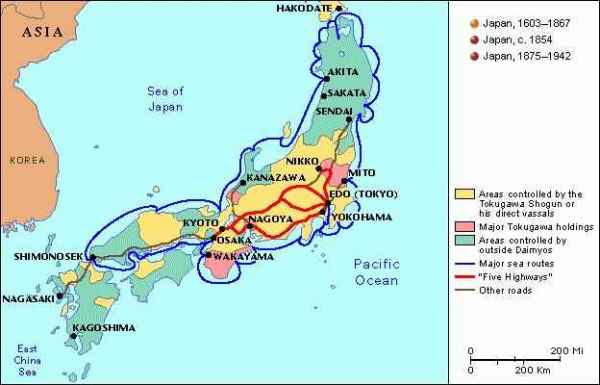
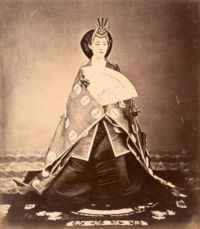
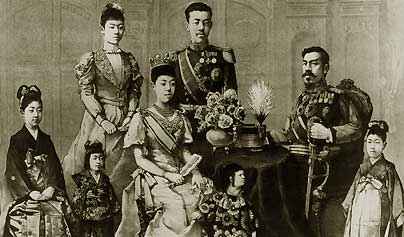
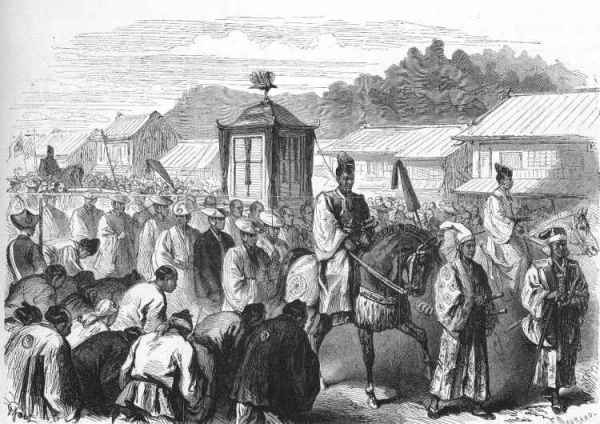

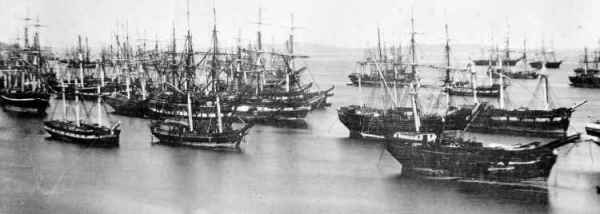
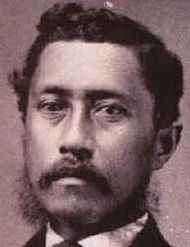
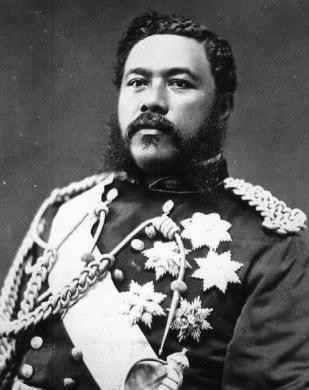

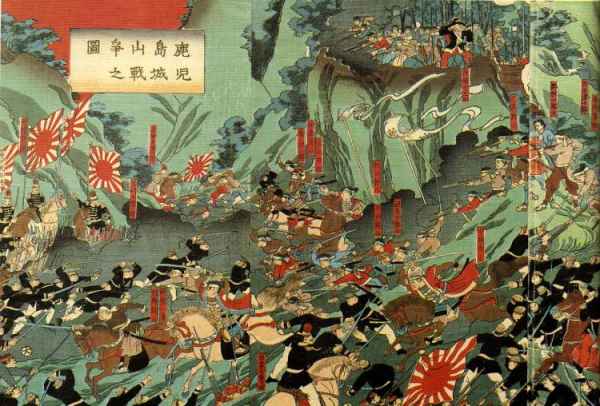
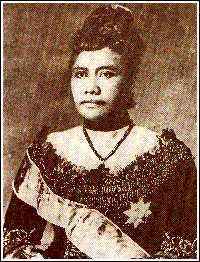
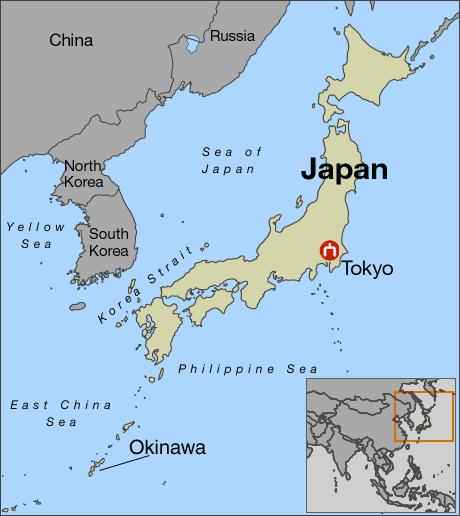
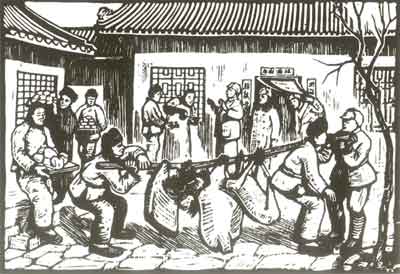
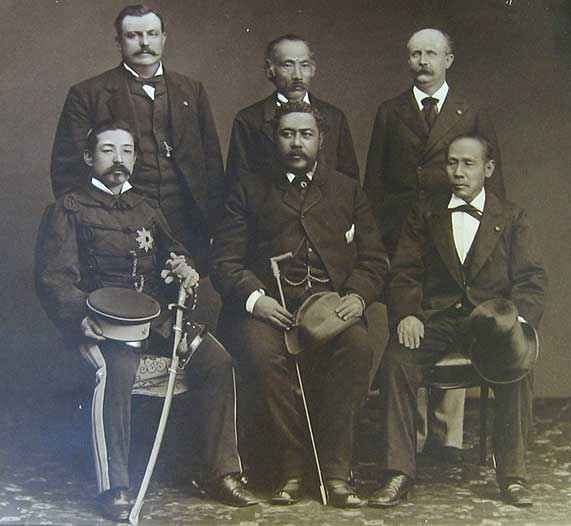
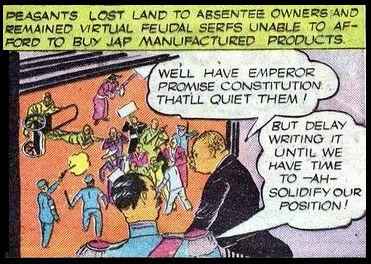
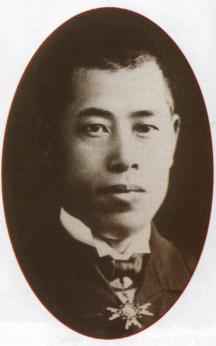
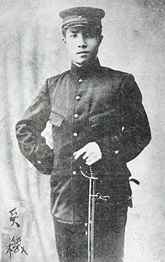
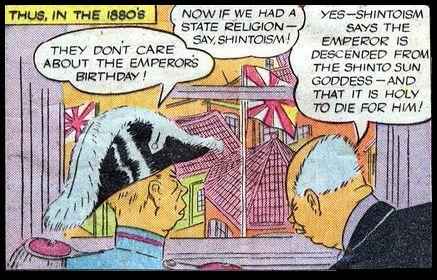
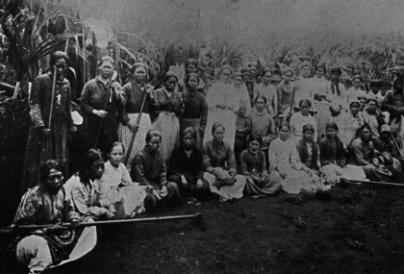

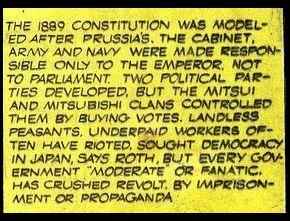
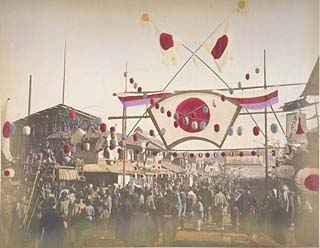
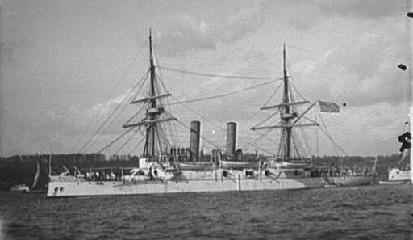
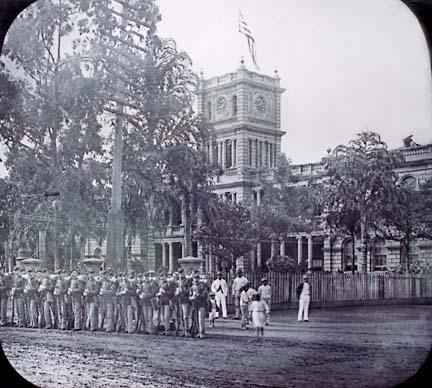
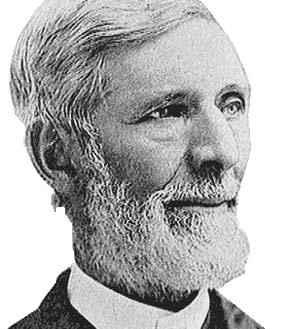
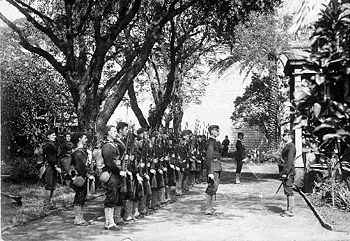
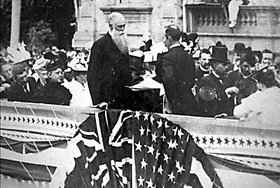
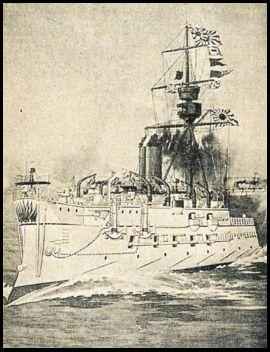
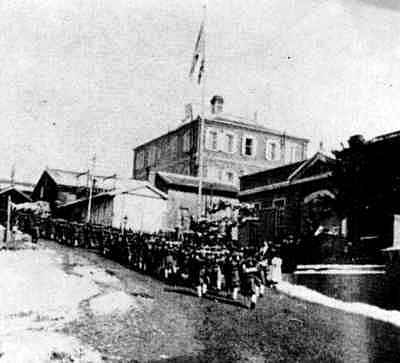
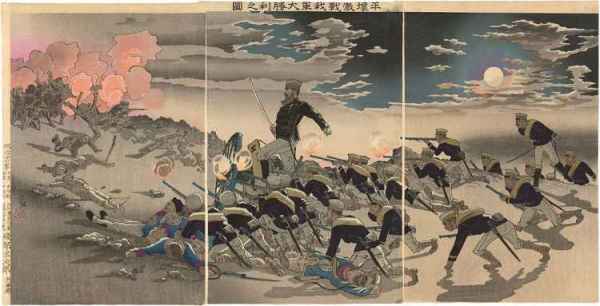

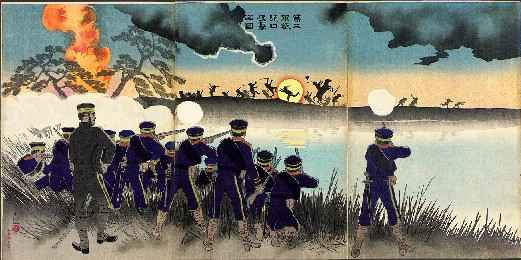
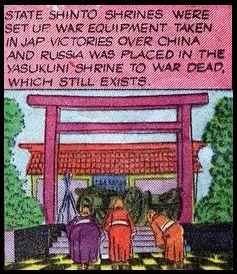
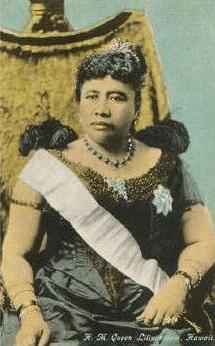
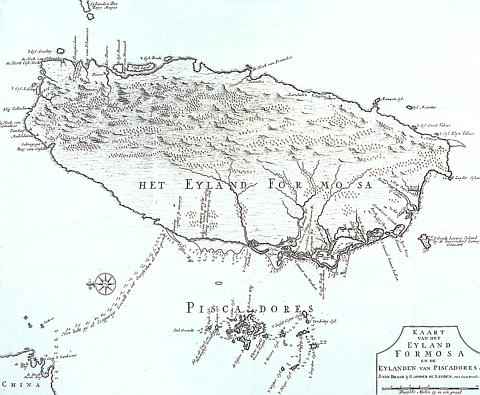
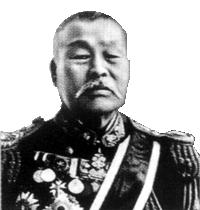
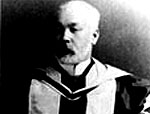


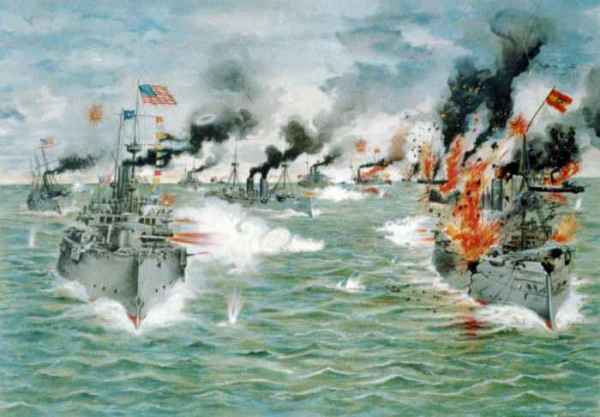
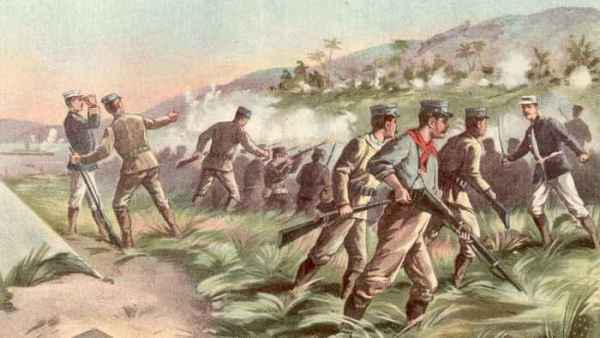
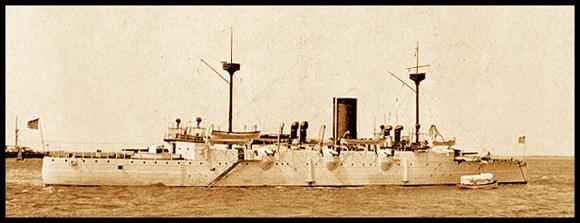

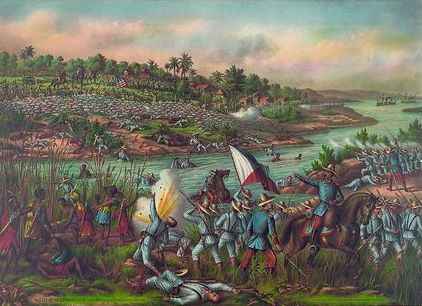
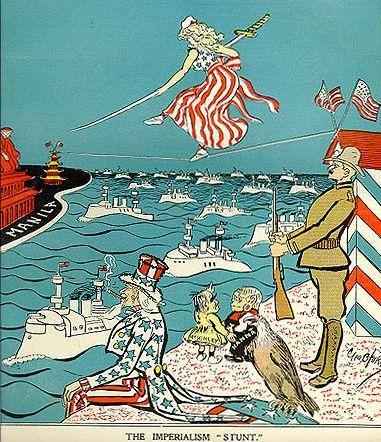

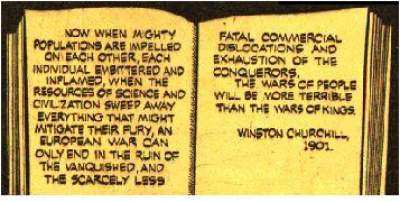
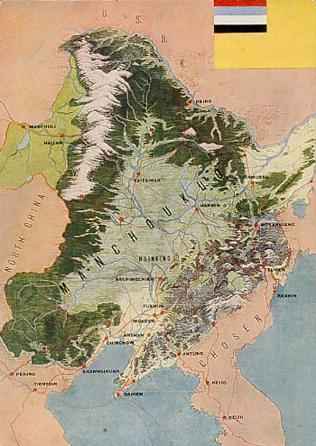
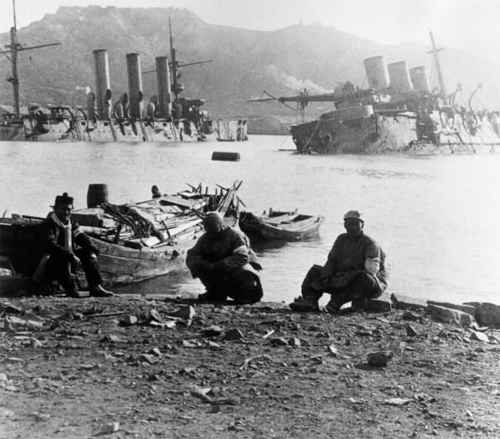
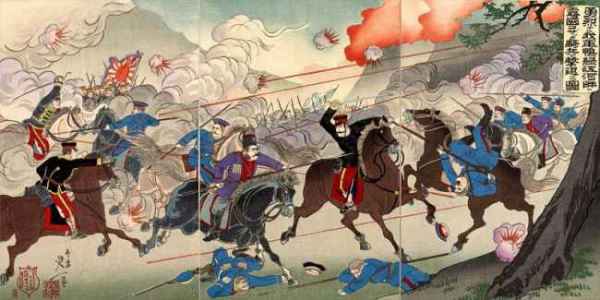


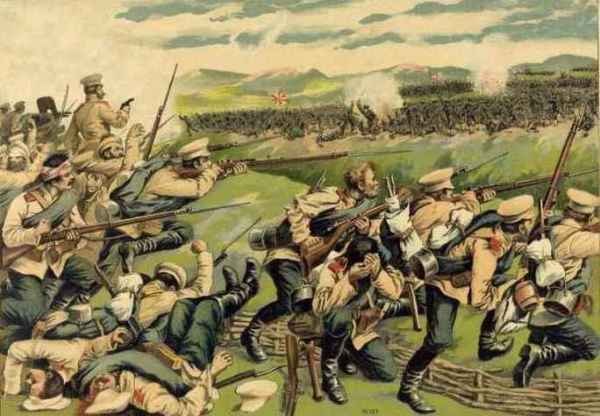
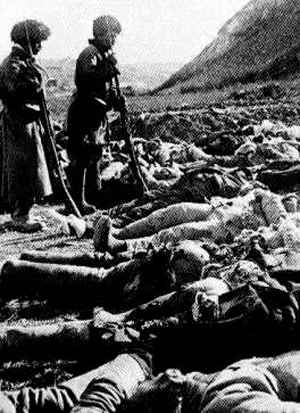
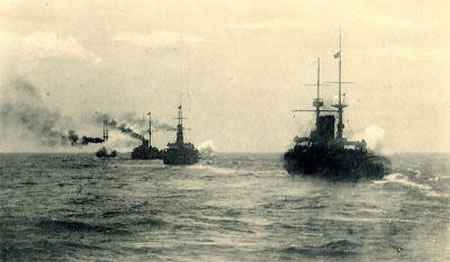



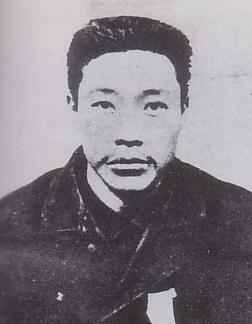
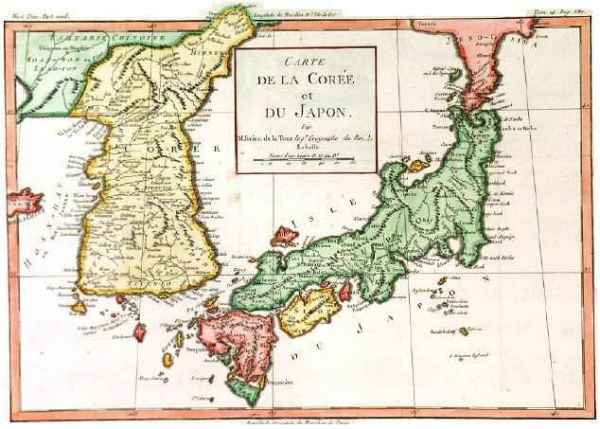
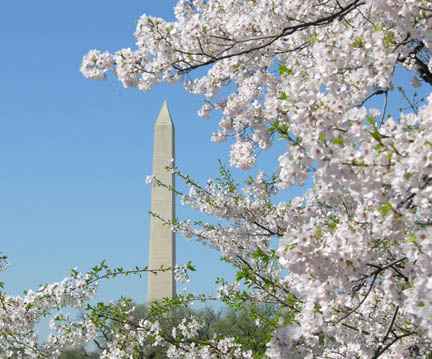
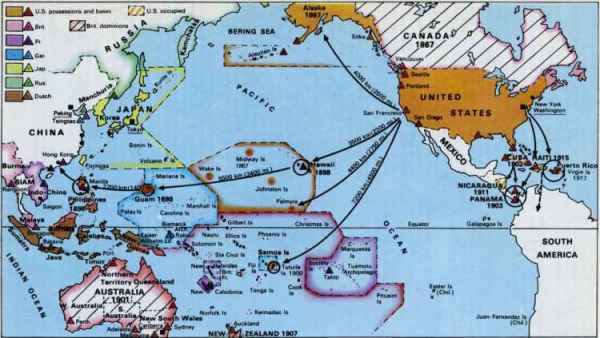
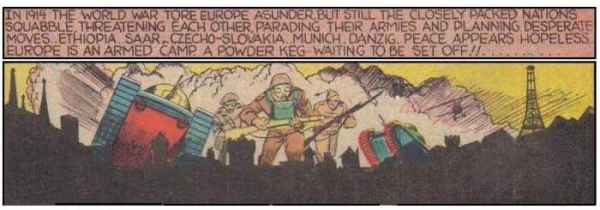
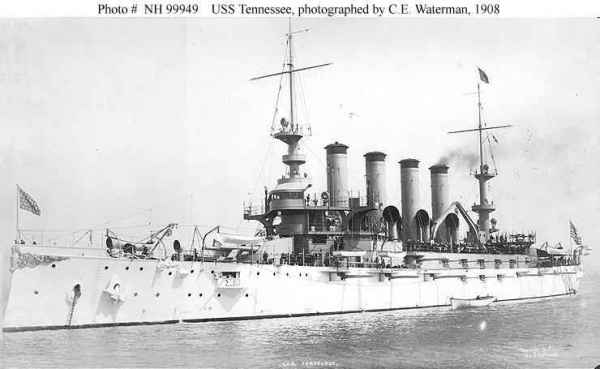

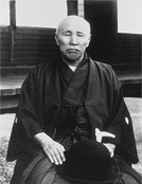
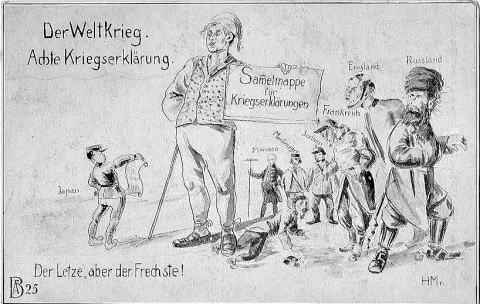
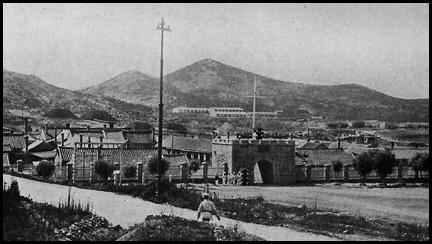

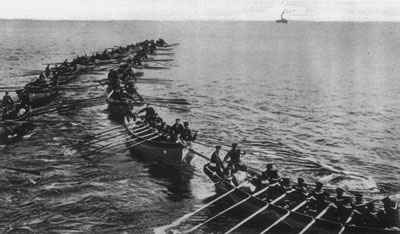
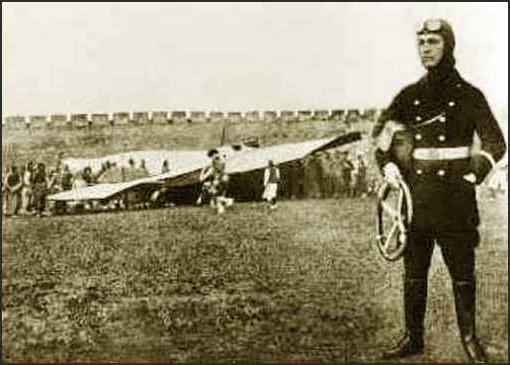
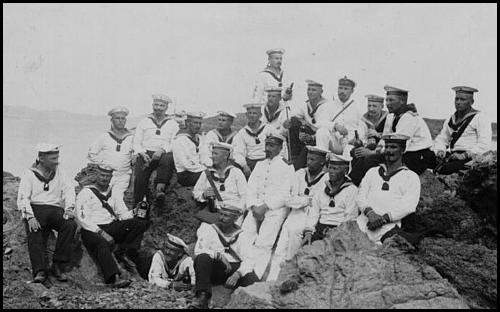
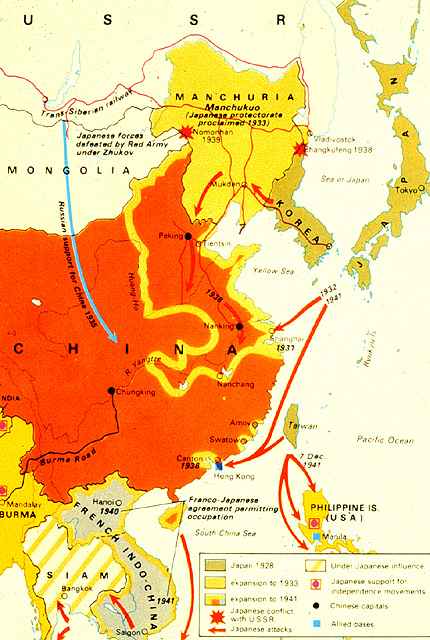
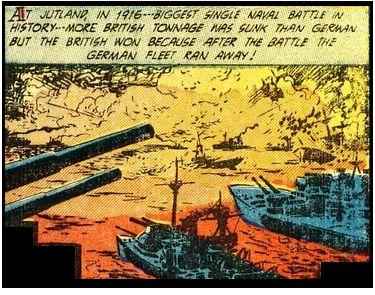
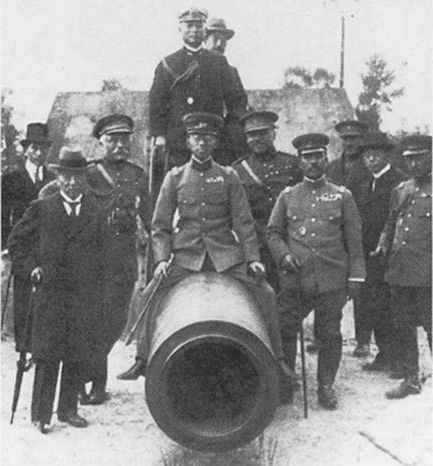
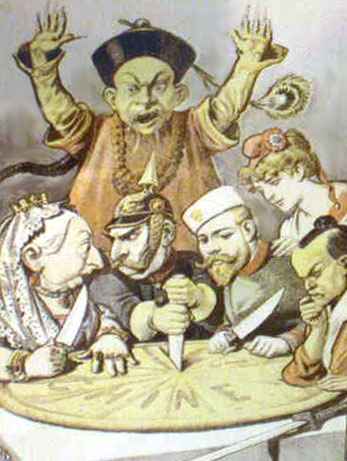
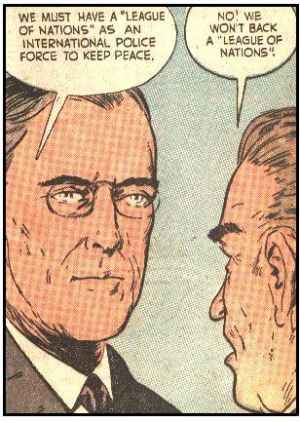


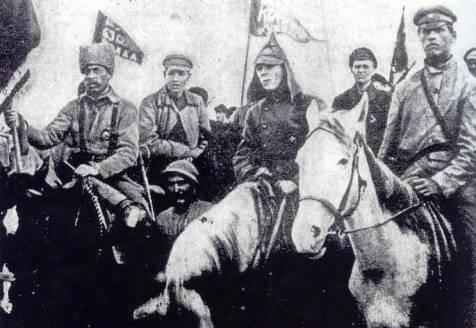
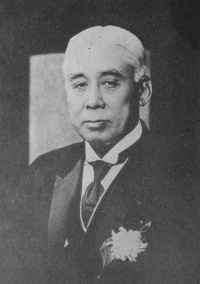
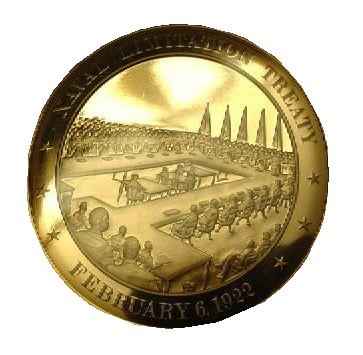
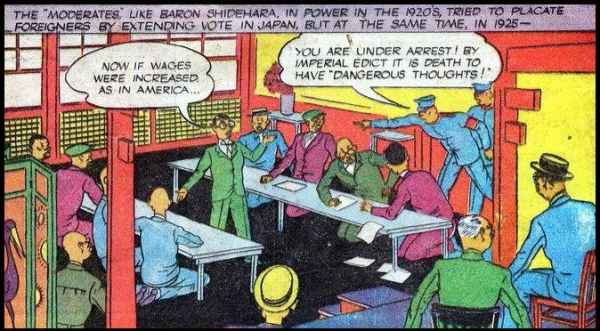
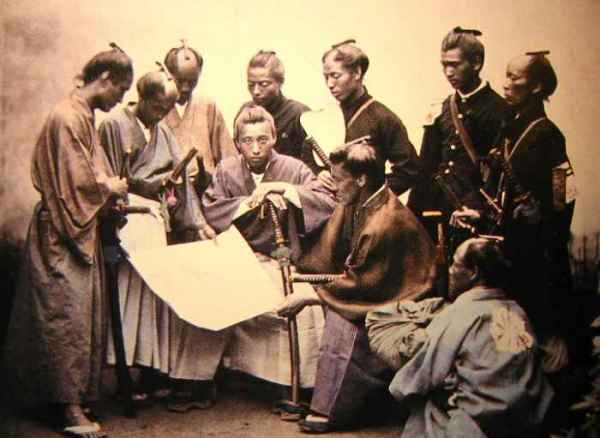
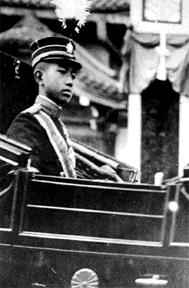
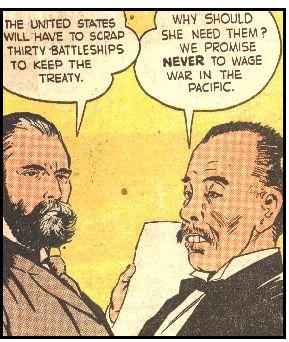


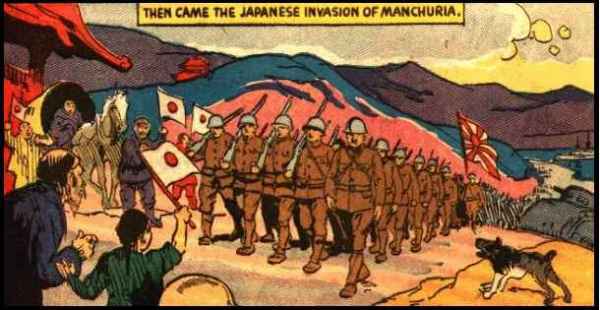


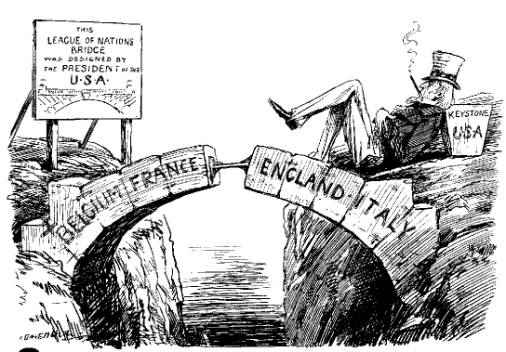
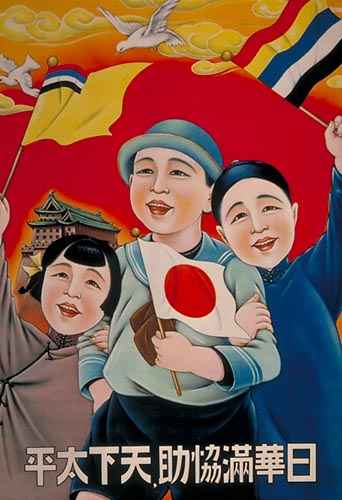
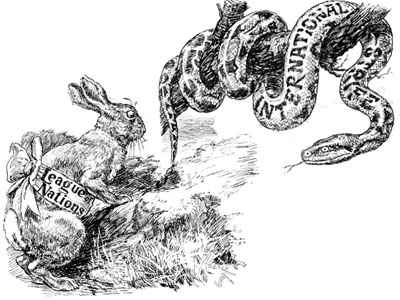
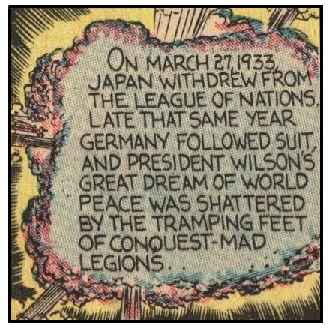
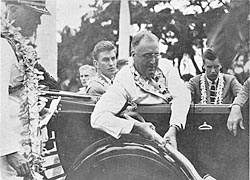
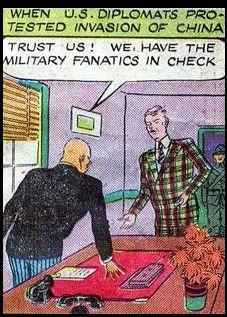
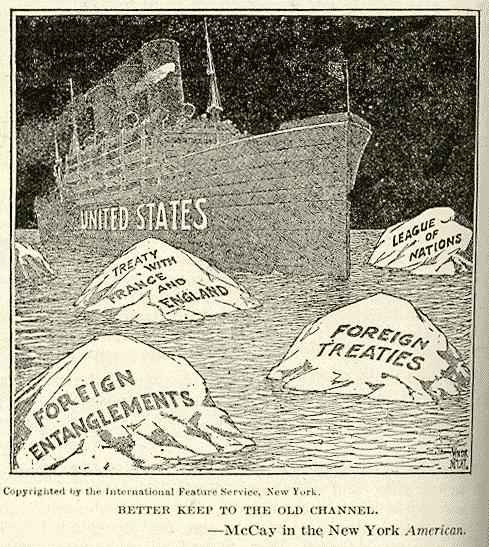
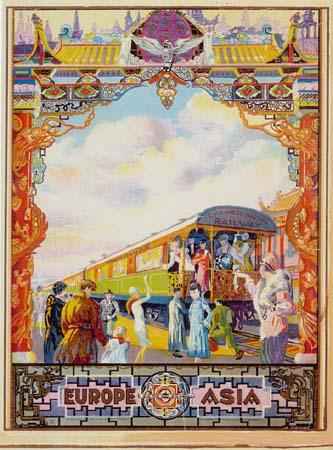
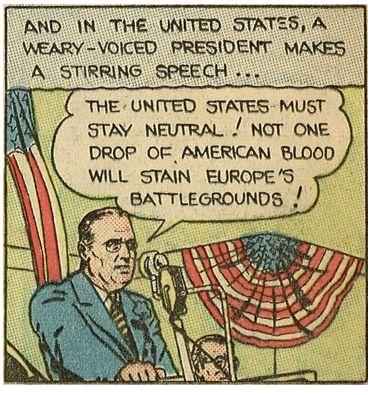



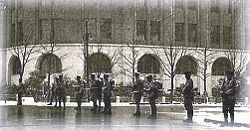
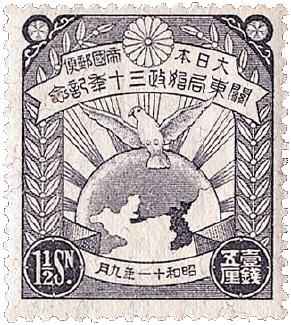
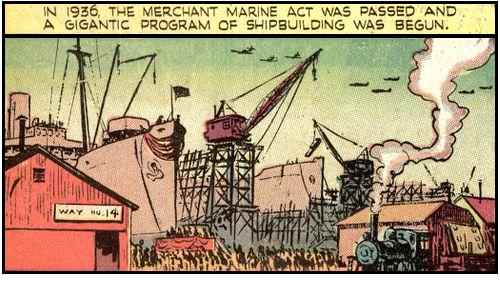
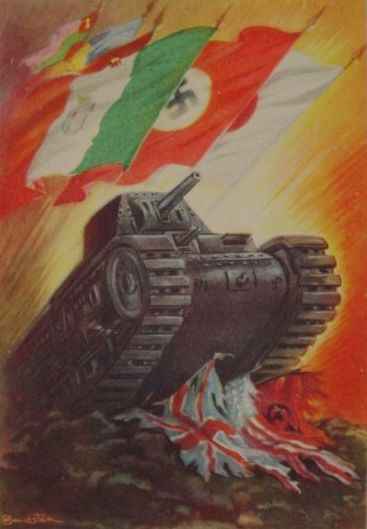

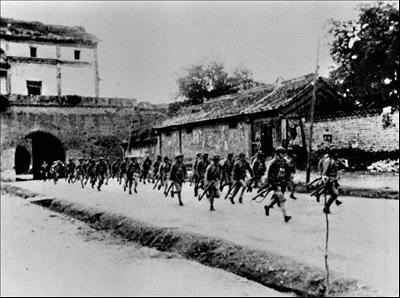
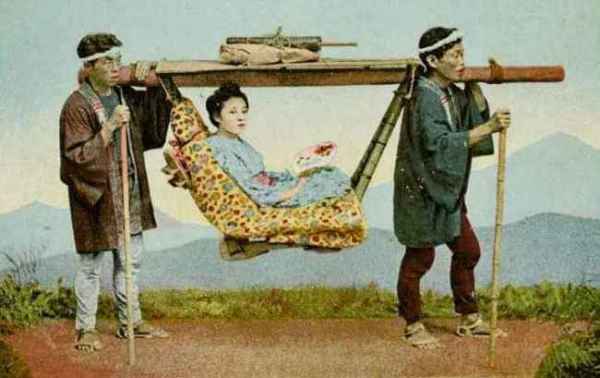
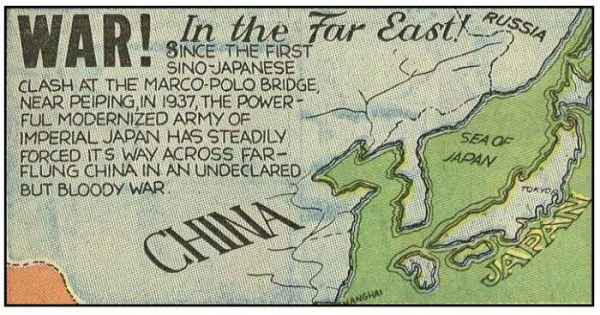
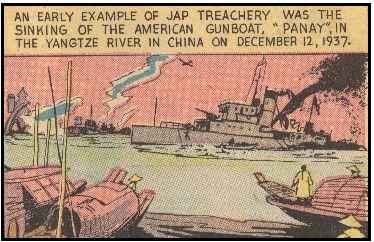
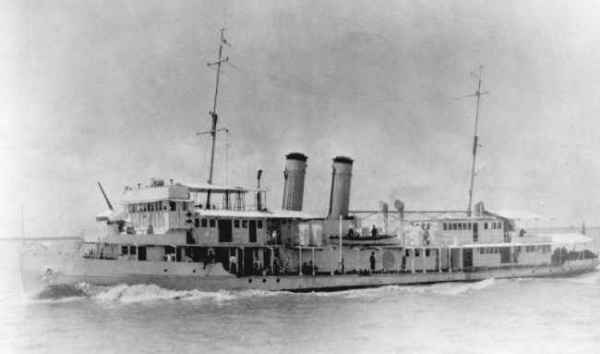
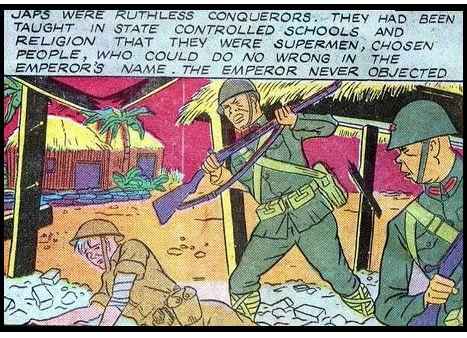
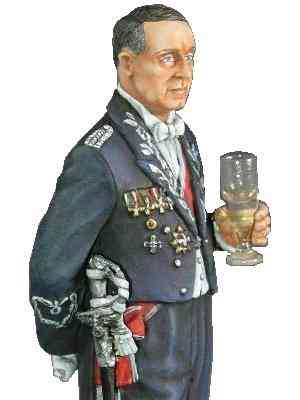
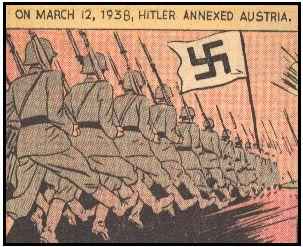
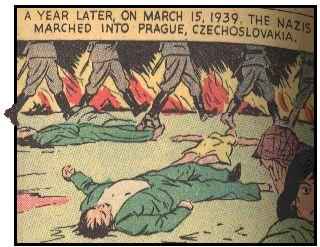

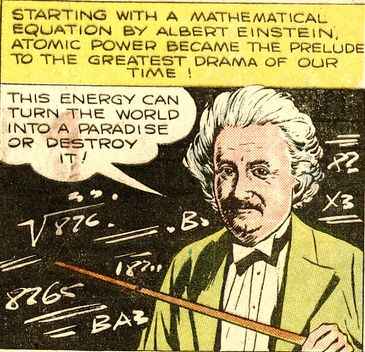
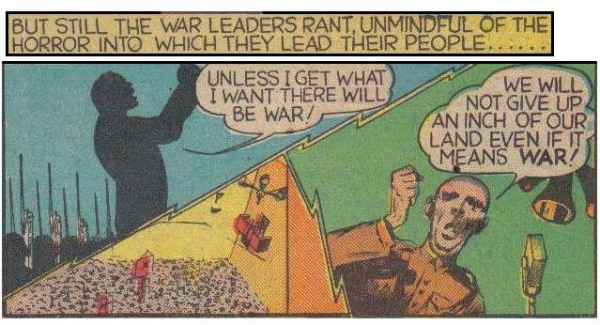
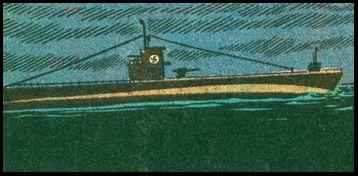
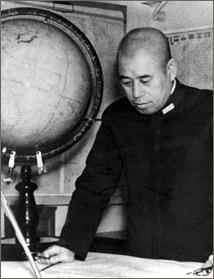


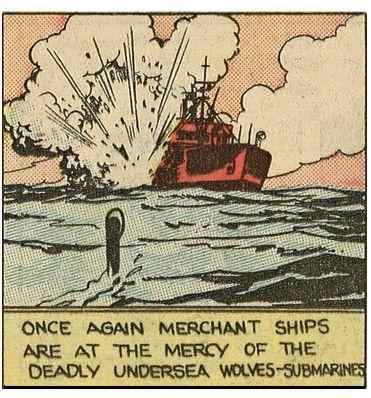
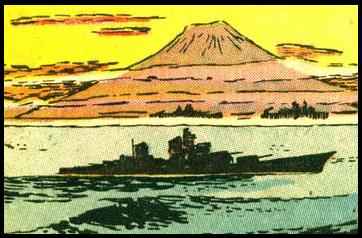
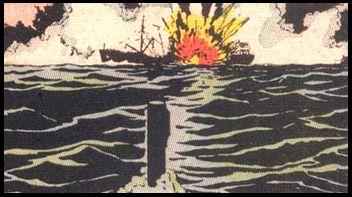
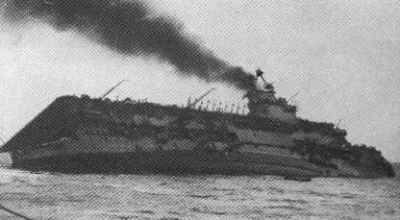

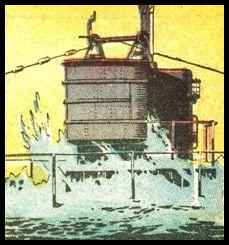
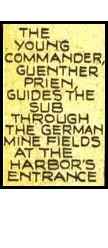

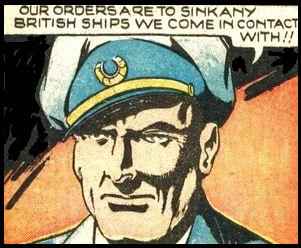
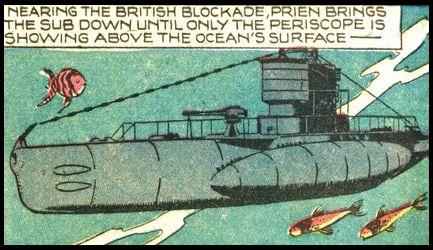
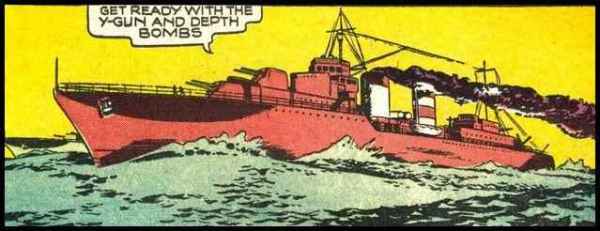
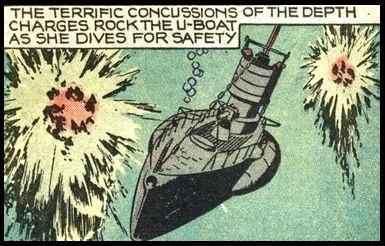
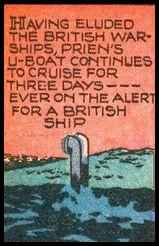
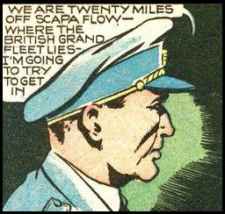
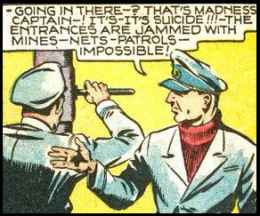

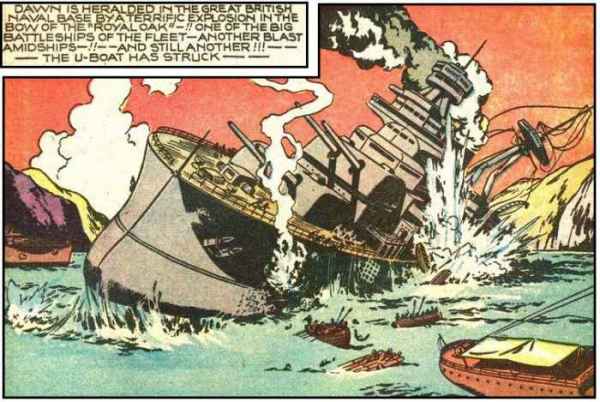
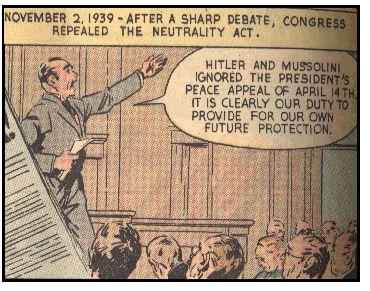
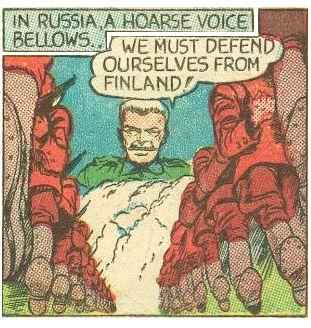
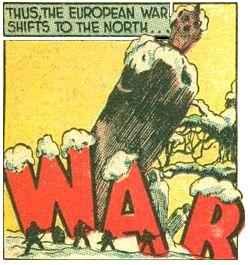
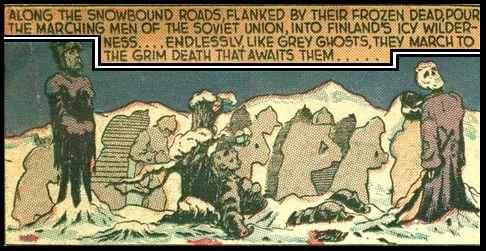
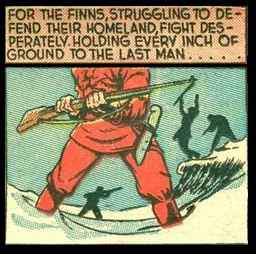
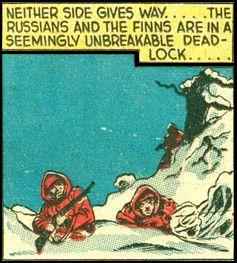
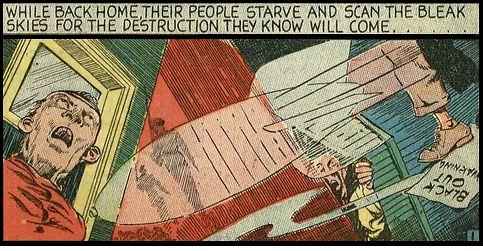
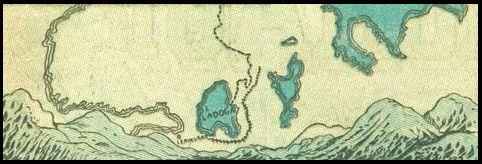
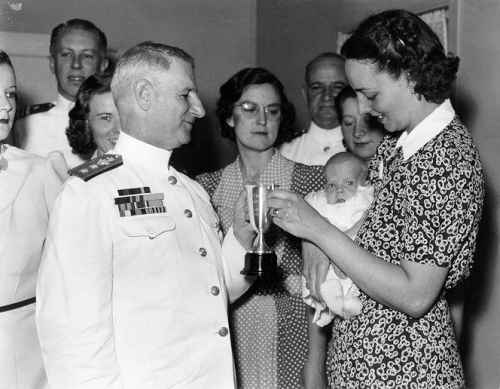

Click for Part Two!





Twitter: @3rdReichStudies



>
